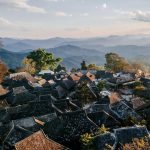In April, the top destination for flower appreciation undoubtedly goes to the peonies of Luoyang, making headlines and trending topics one after another!
Is it really necessary to make a special trip to Luoyang just to see peonies? I just returned from Luoyang yesterday and have scouted the route for everyone! Speaking from the heart: it’s worth it, very worth it!
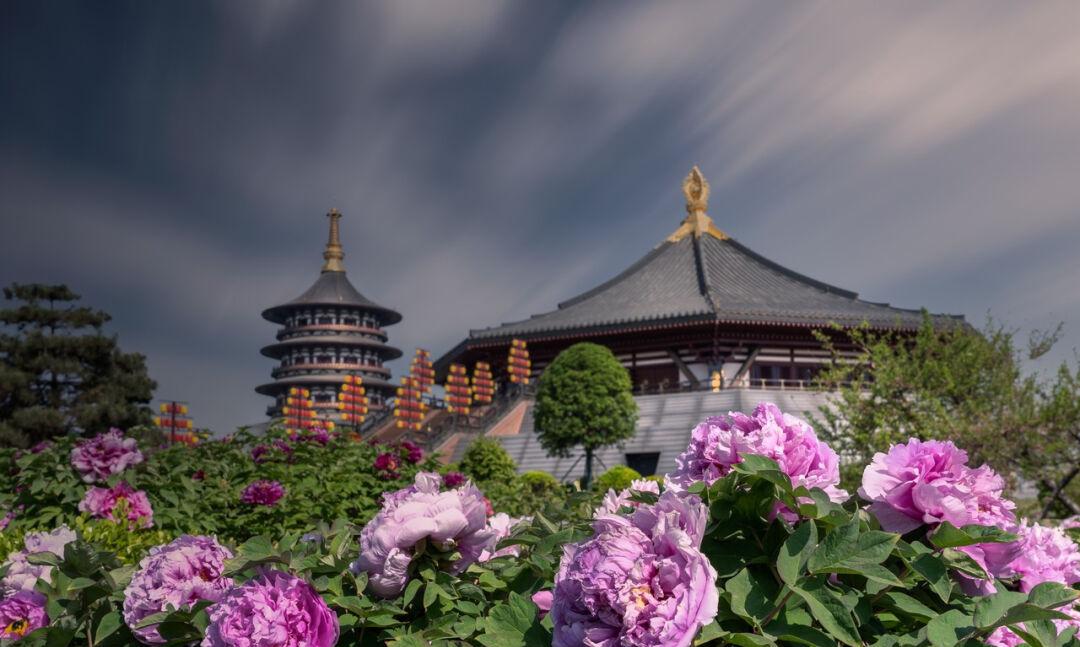
After witnessing the stunning scene of peonies blooming throughout the city, I truly grasped Liu Yuxi’s phrase: “Only the peony has the true color of a national flower.”
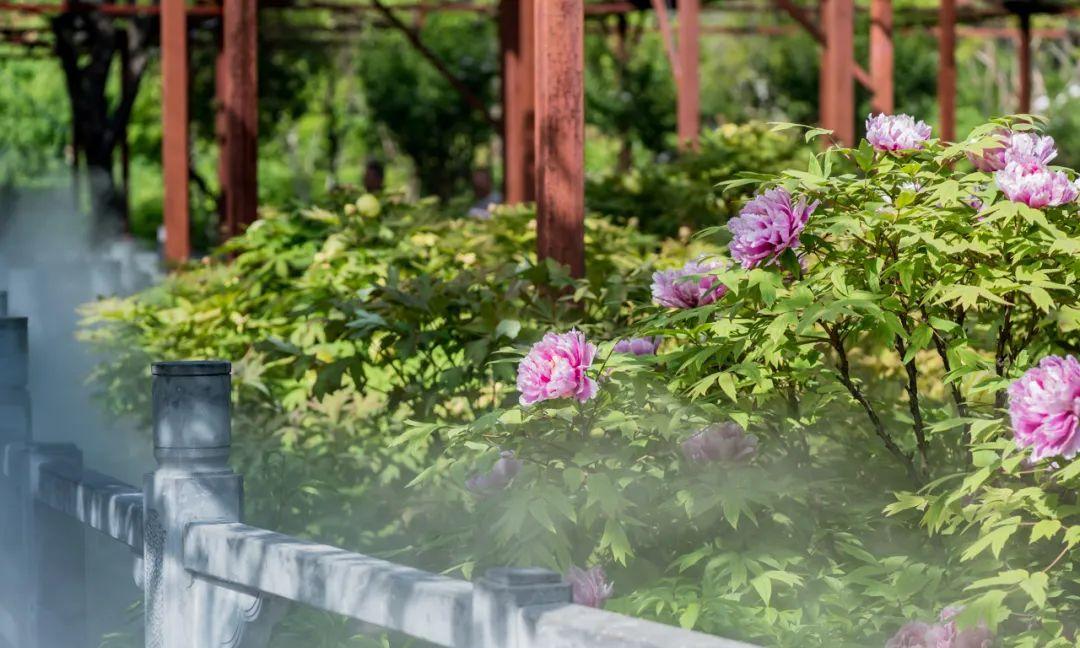
Luoyang has a cultivation history of over 1,600 years, dating back to the Sui dynasty. It reached its peak during the Tang dynasty and was unparalleled during the Song dynasty. Today, it is a nationally recognized “Peony Capital.”
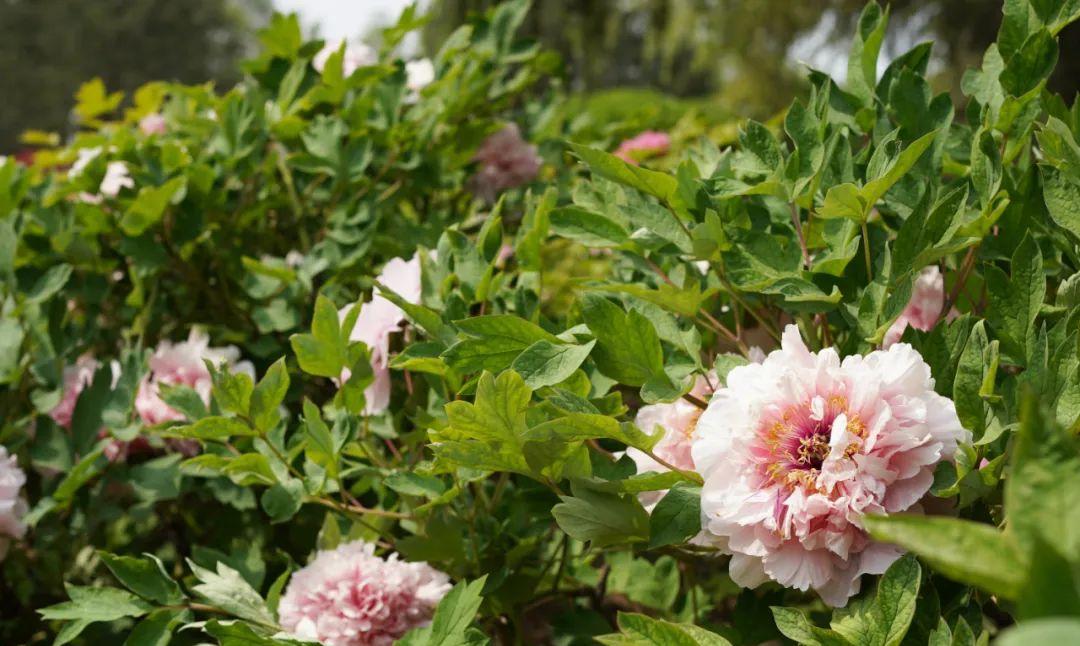
In Luoyang, you can see over 1,000 varieties of peonies at once—some are luxurious, some elegant, and some charming. It’s a feast for the eyes, and even the air is filled with the captivating fragrance of peonies!
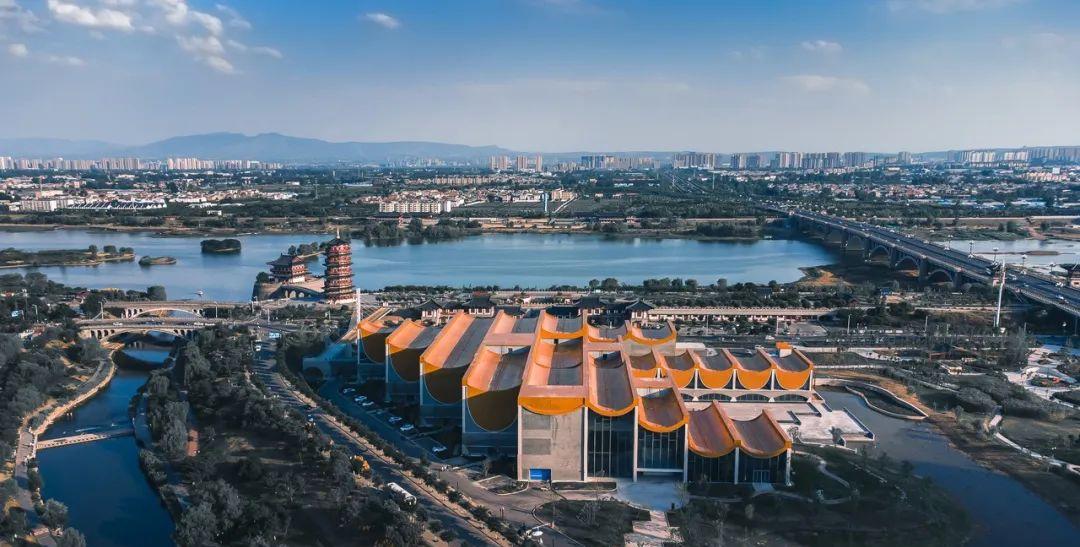
This year, Luoyang’s official Peony Festival (the 41st) runs from April 1 to May 5, covering the Qingming and May Day holidays. Since peonies bloom at different times—early, mid, and late season—you can enjoy them throughout this month-long period.
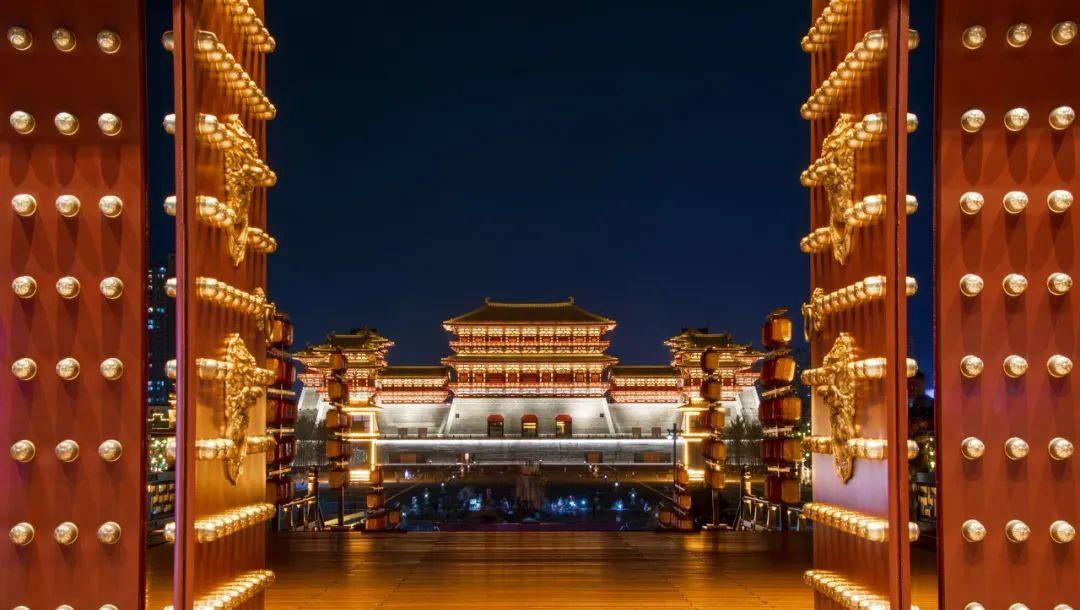
During the Peony Festival, Luoyang’s cultural tourism also launched a series of exciting initiatives: extended opening hours for scenic spots, no museum closures on Mondays, various nighttime tours, and a vibrant night market.
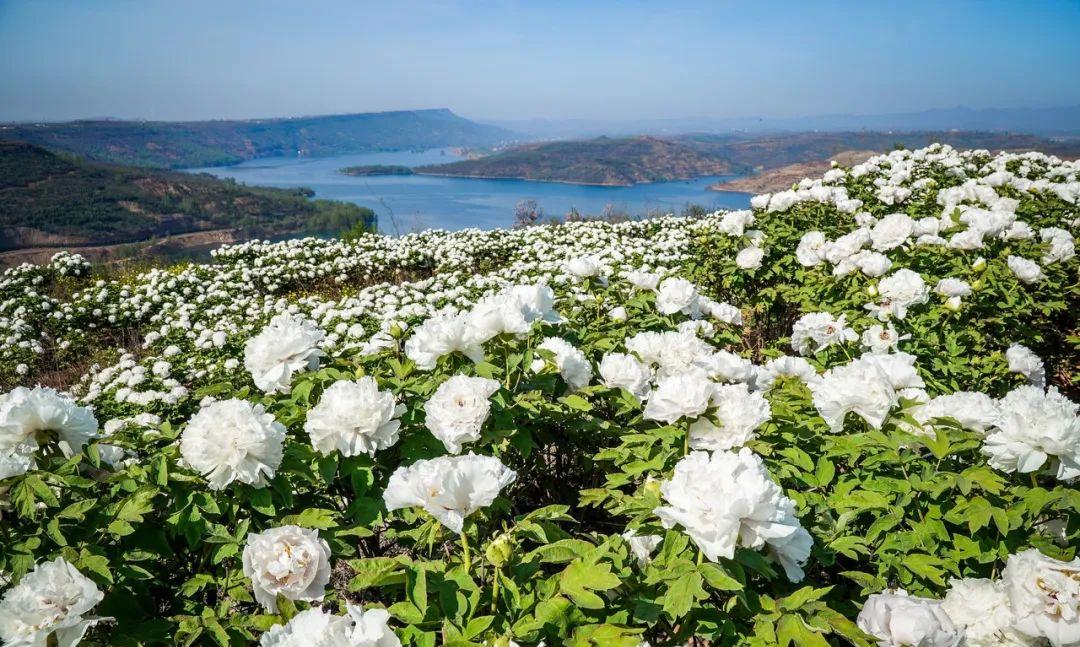
When night falls in Luoyang, the city lights up like a dream returning to the Tang dynasty! It kept me busy working (traveling) both day and night, returning to the hotel at midnight. For friends with limited time who want to visit multiple places, it is really friendly.
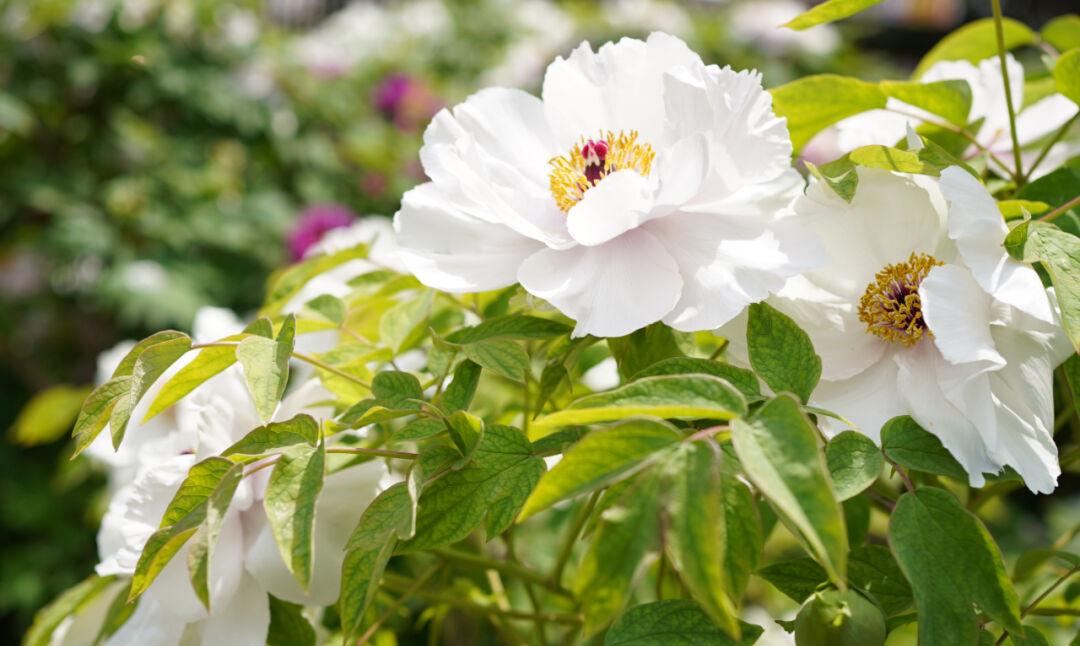
This week is the peak blooming period for Luoyang’s peonies, and I just happened to witness the city at its most beautiful! Since flower appreciation is often about seizing the moment, I quickly put together a fresh, thorough guide for enjoying the flowers upon returning from my flight just yesterday!
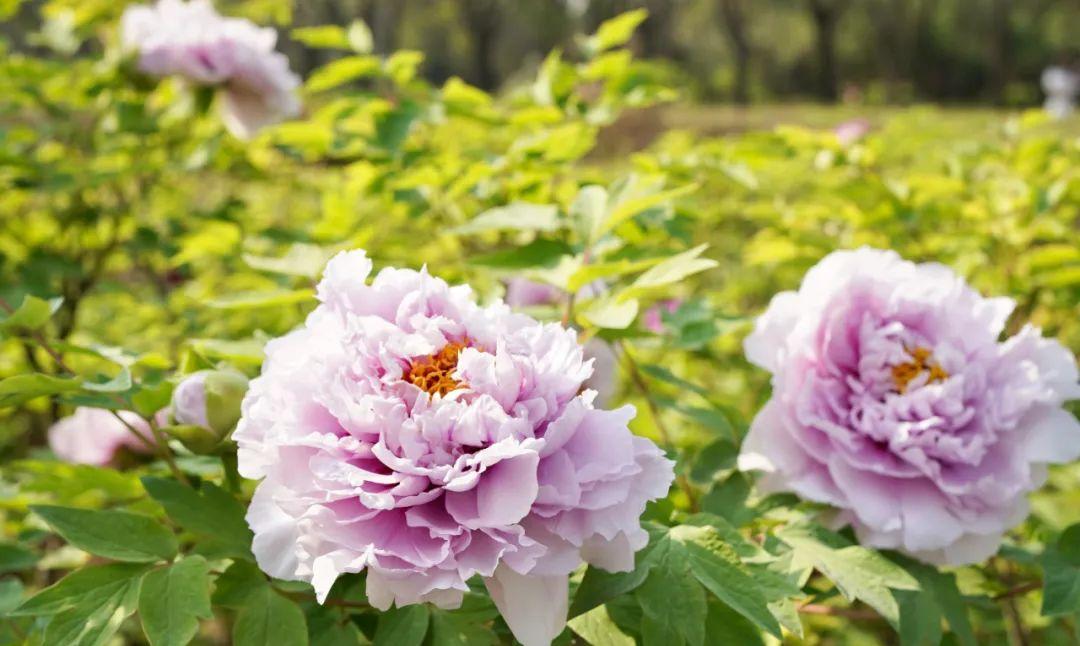
Part 1: Enjoying Peonies
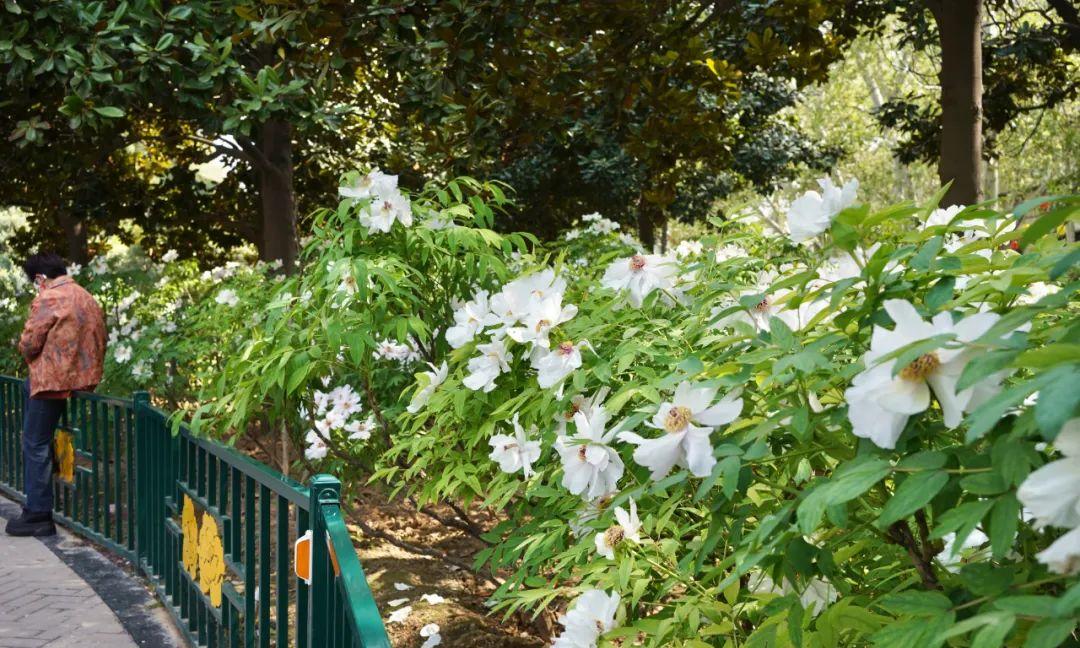
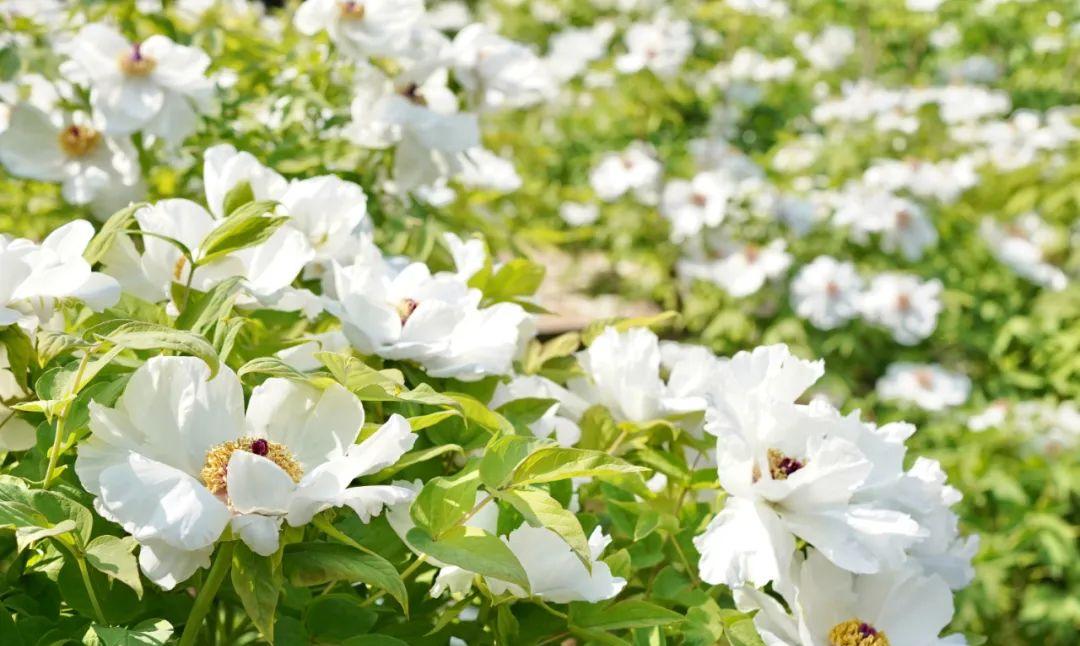
Other attractions can be visited year-round, but peonies are only in bloom for a few days, so they must be prioritized! Even if you’ve visited Luoyang before, I believe it’s worth making another trip for the peonies. The numerous flower gardens in the city exist solely for those few days of blooming each year—precious indeed.
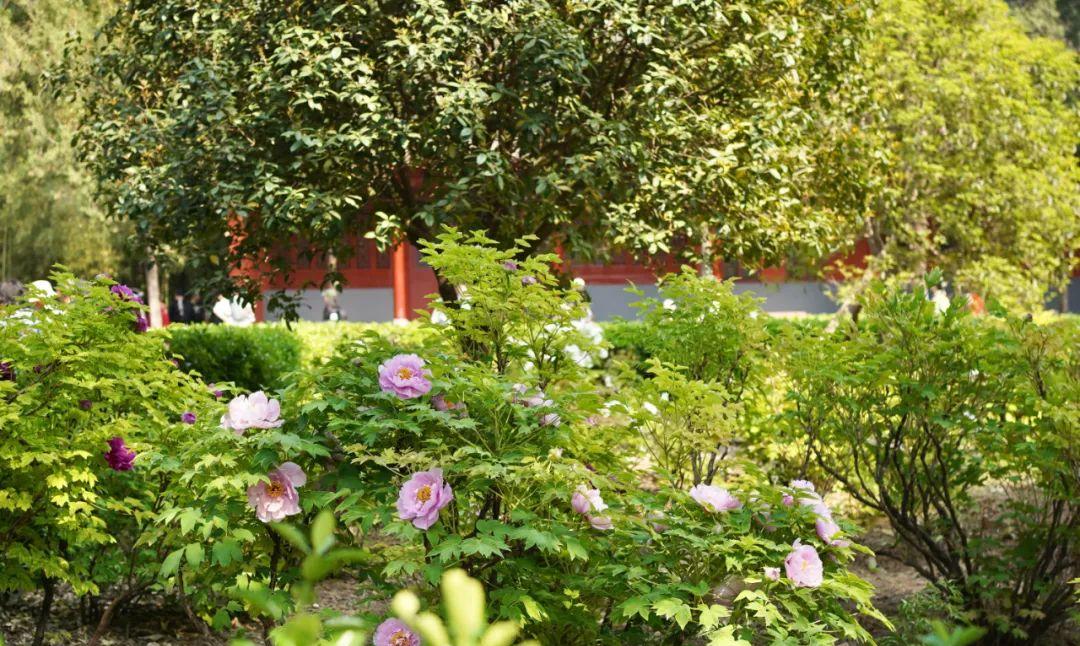
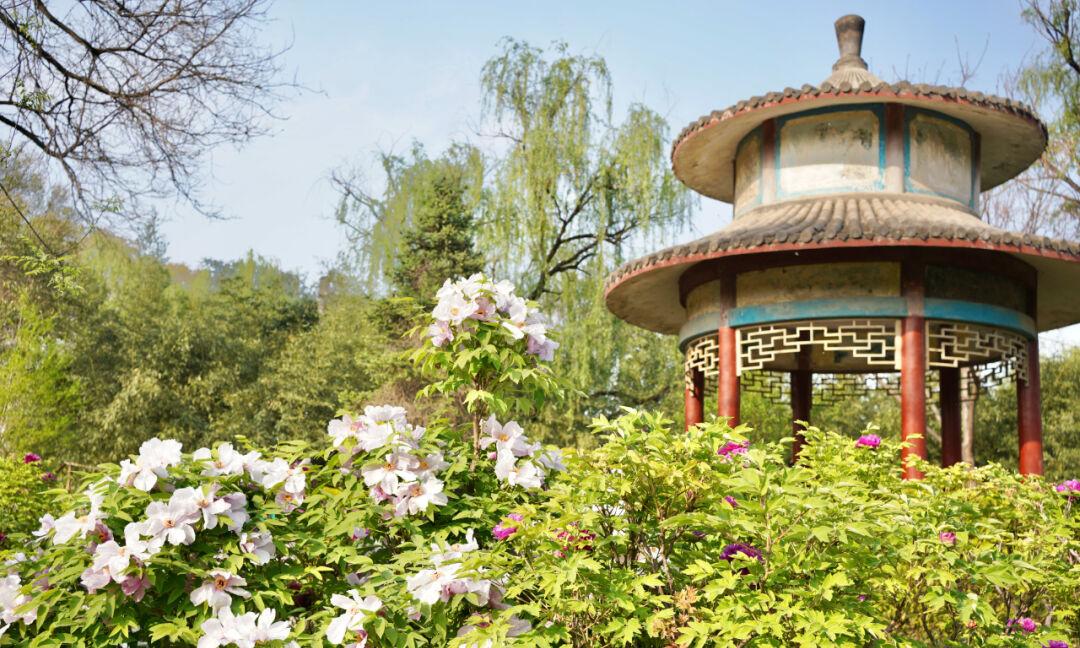
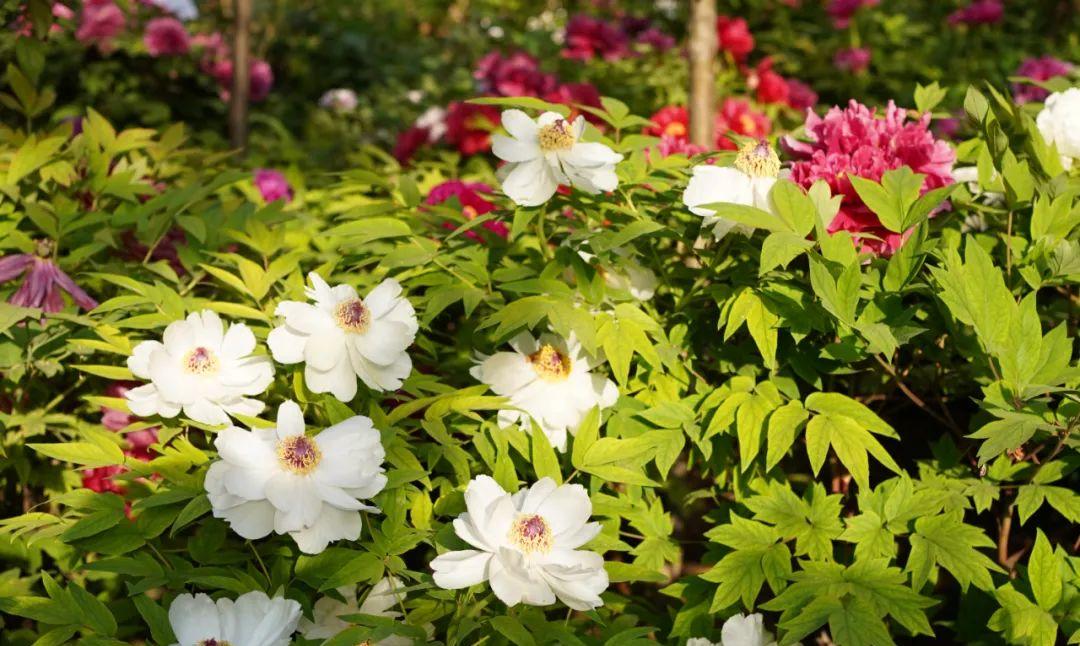
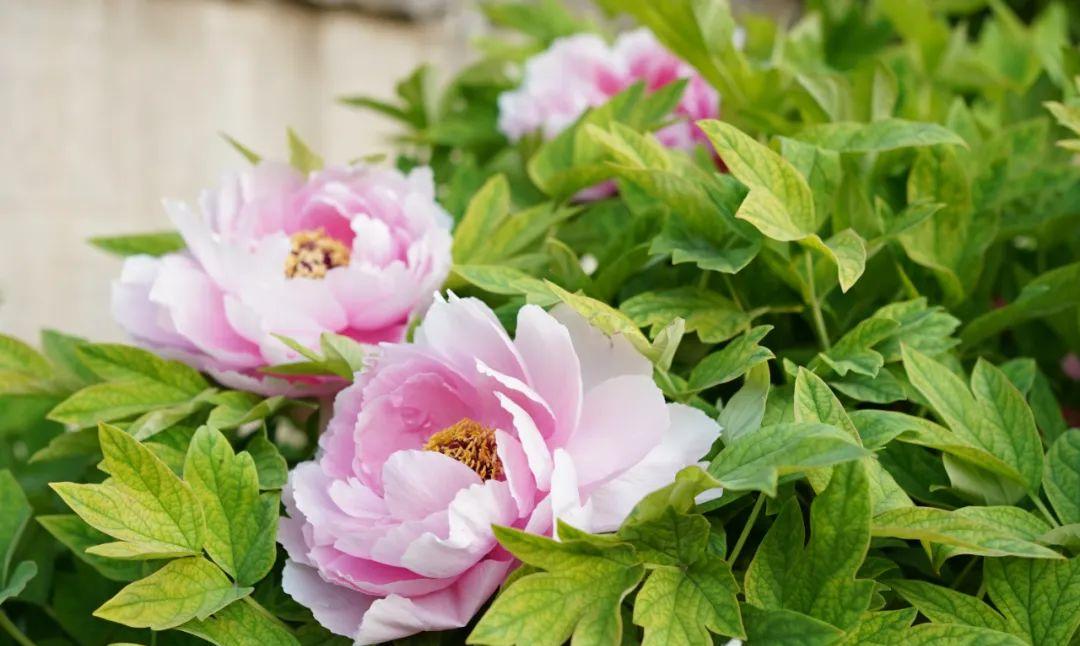
Although the Peony Festival lasts over a month, the peonies during the Qingming Festival bloom less, while they tend to wither more around May Day. If time allows, I recommend visiting before April 20; just in these few days, you’ll feel you’ve gained a real experience.
There are three main types of places to enjoy peonies in Luoyang:
The first type is free, no-ticket-required spots that are quite pleasant while city walking. I discovered that the east side of Kaixuan Road was filled with Luoyang reds when I visited Xigong Xiaojie, and the vast area of Fengdan peonies took my breath away at the Tianzi Jiali Museum.
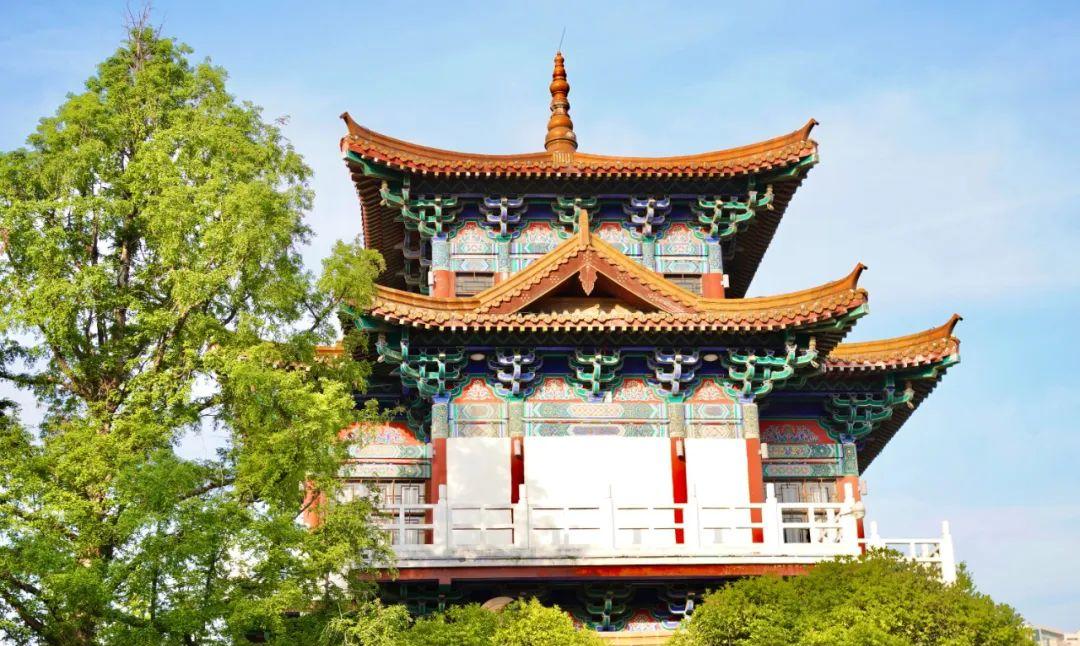
The second category comprises peonies within attractions such as Longmen Grottoes, Baima Temple, and the Ancient Tomb Museum, where you can enjoy both the history and flowers simultaneously.
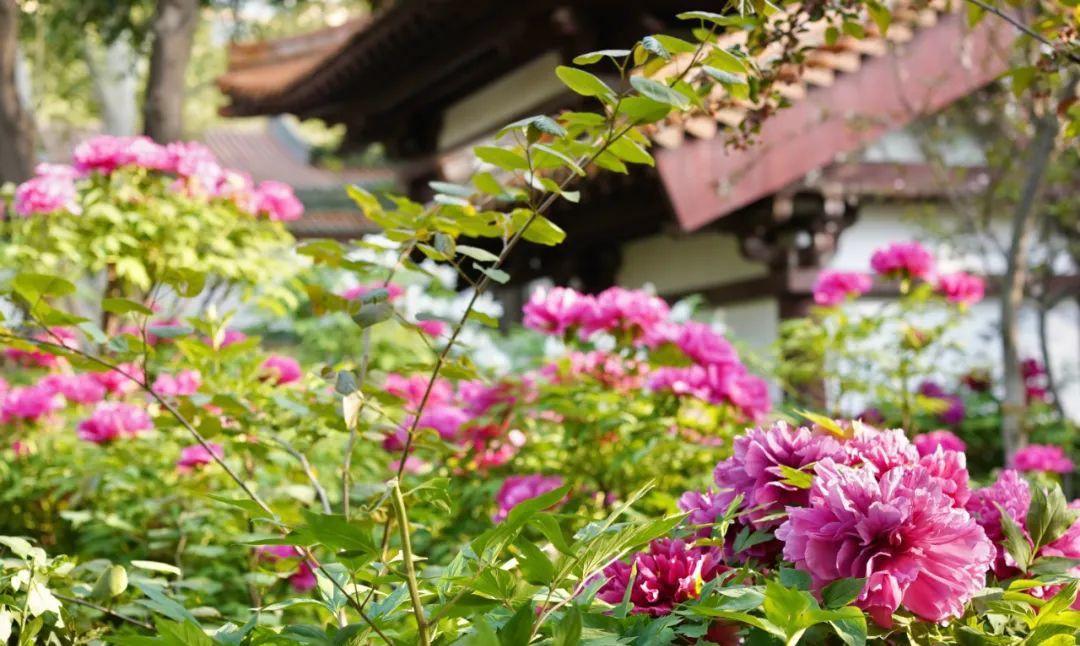
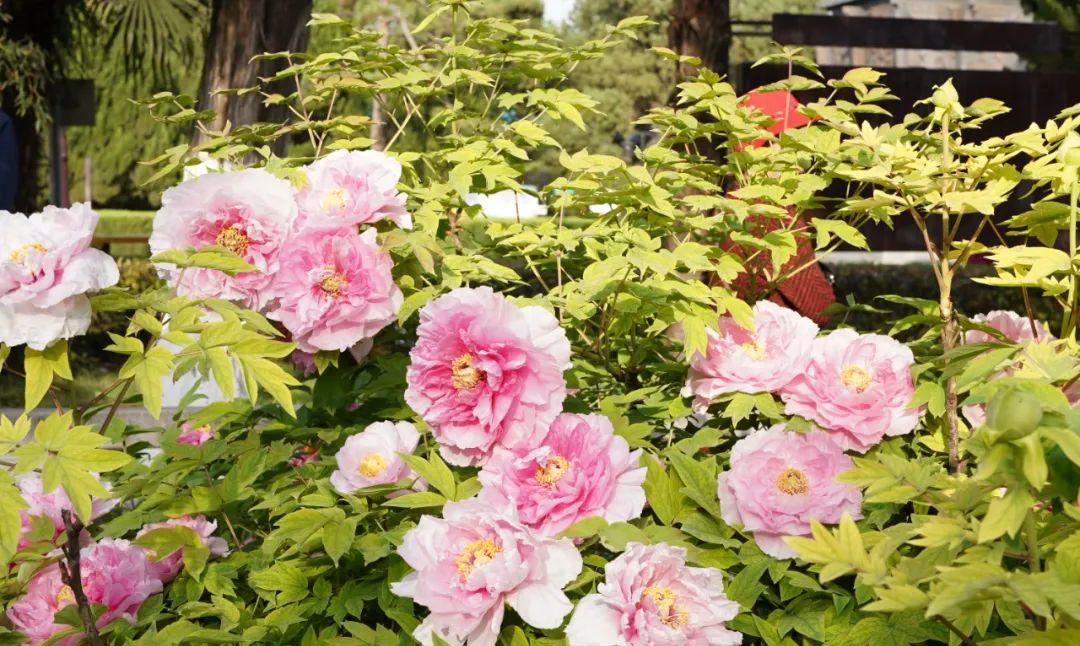
The third type is dedicated peony gardens, which are the main feature! The sheer size of the peony fields, the numerous varieties, the exquisite landscaping, and the beauty of the flowers all gave me that feeling of ‘enjoying’ as I strolled through. Luoyang boasts many peony gardens; this year’s main venues for the Peony Festival are Wangcheng Park, the Chinese National Flower Garden, and the Sui-Tang City Ruins Botanical Garden.
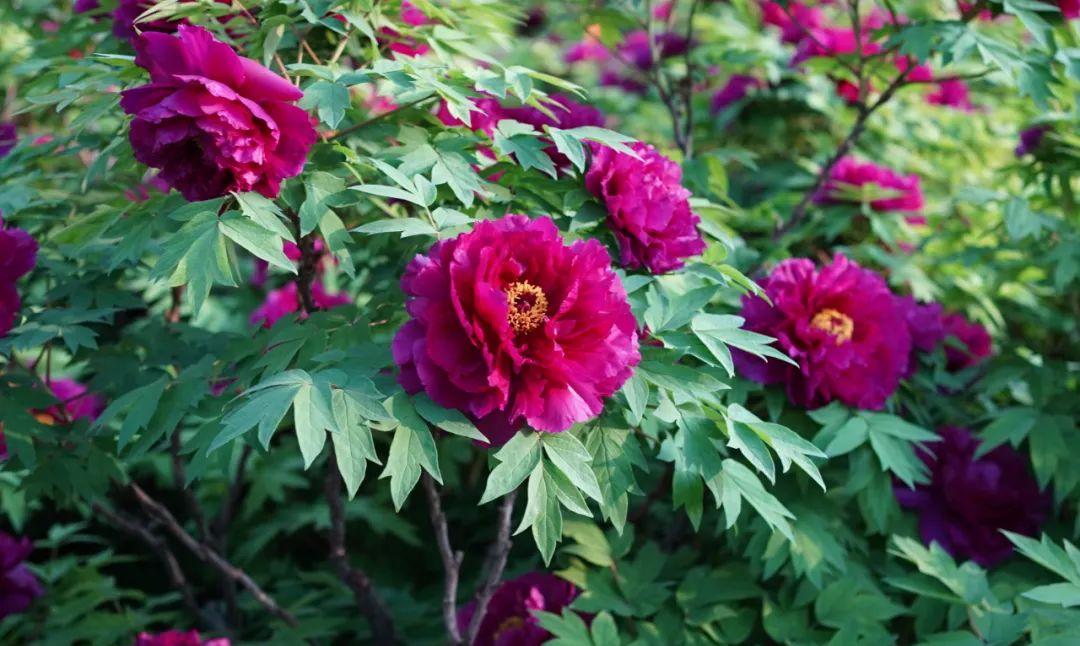
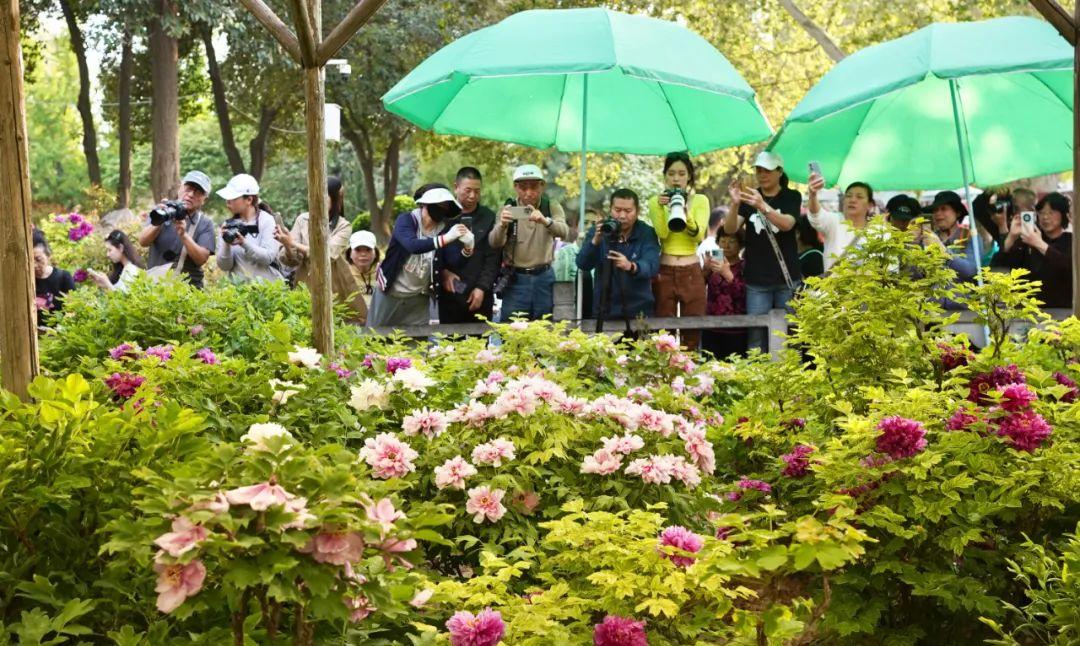
I followed a special forces routine, visiting these three main venues in one day to help everyone choose the best one to visit. I found that they each have different focuses and advantages.
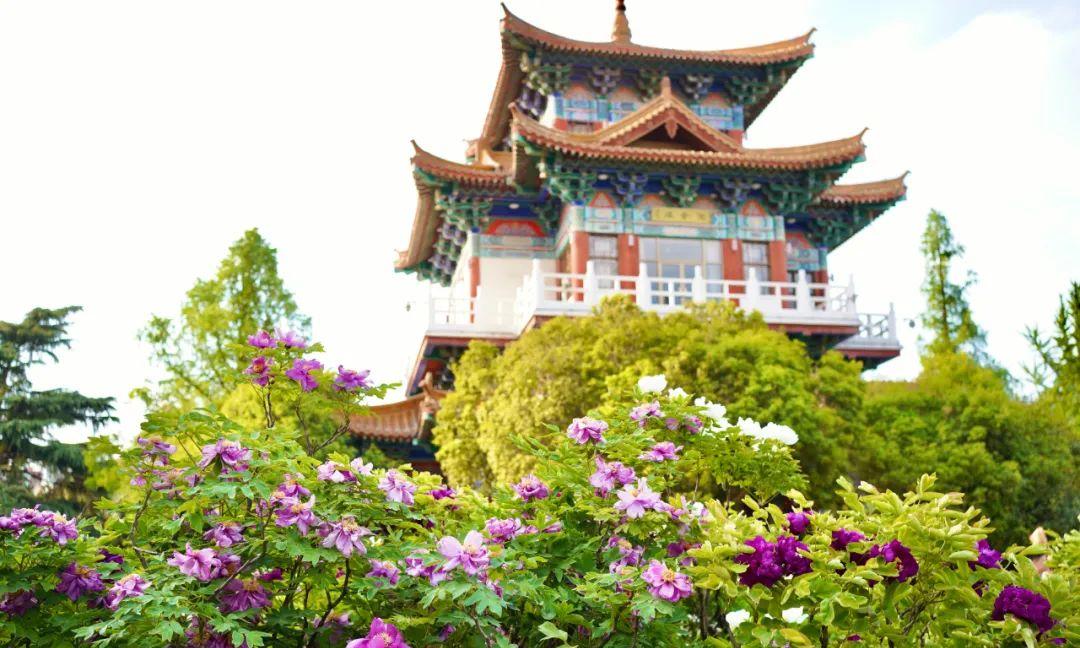
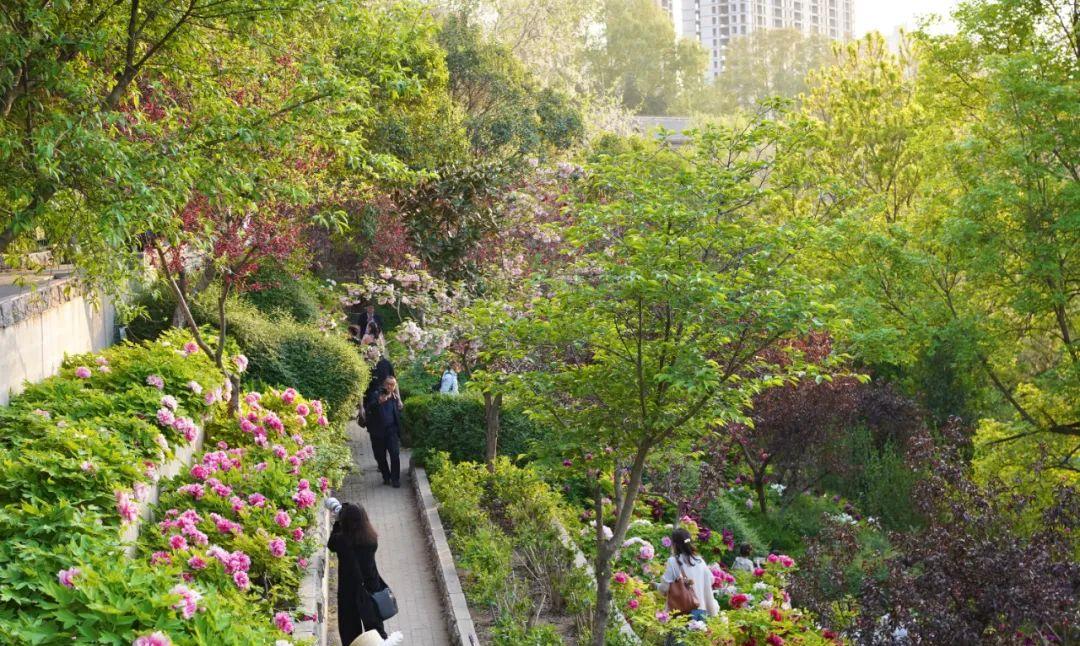
Wangcheng Park (Aesthetic Style)
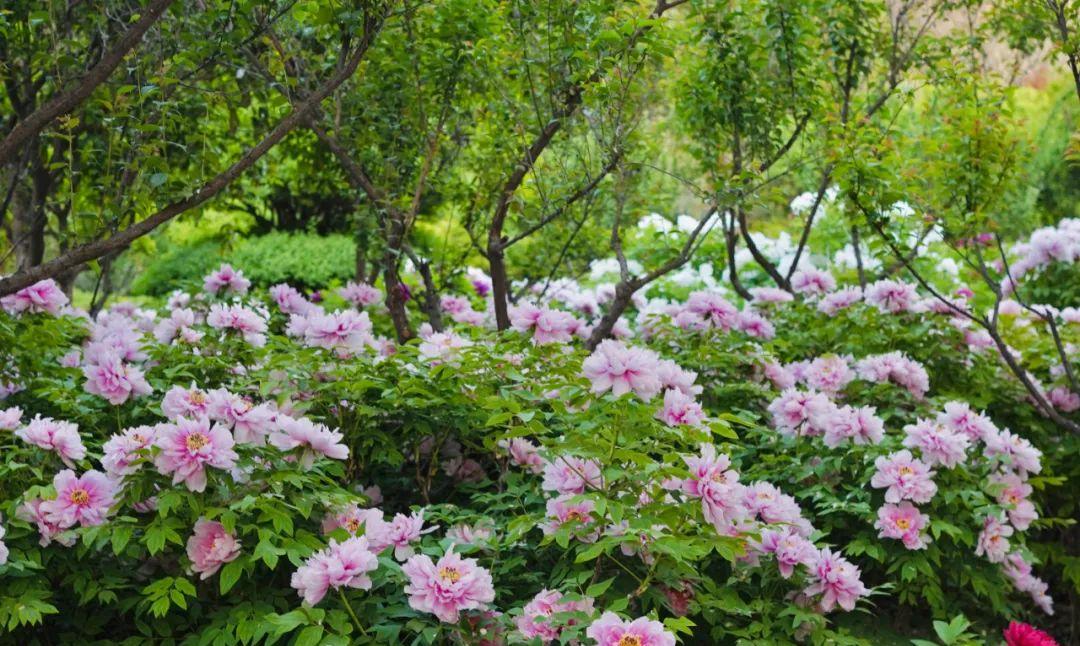
⏰: 6:00 AM – 9:30 PM
🎫: Full-price ticket 50 yuan/person
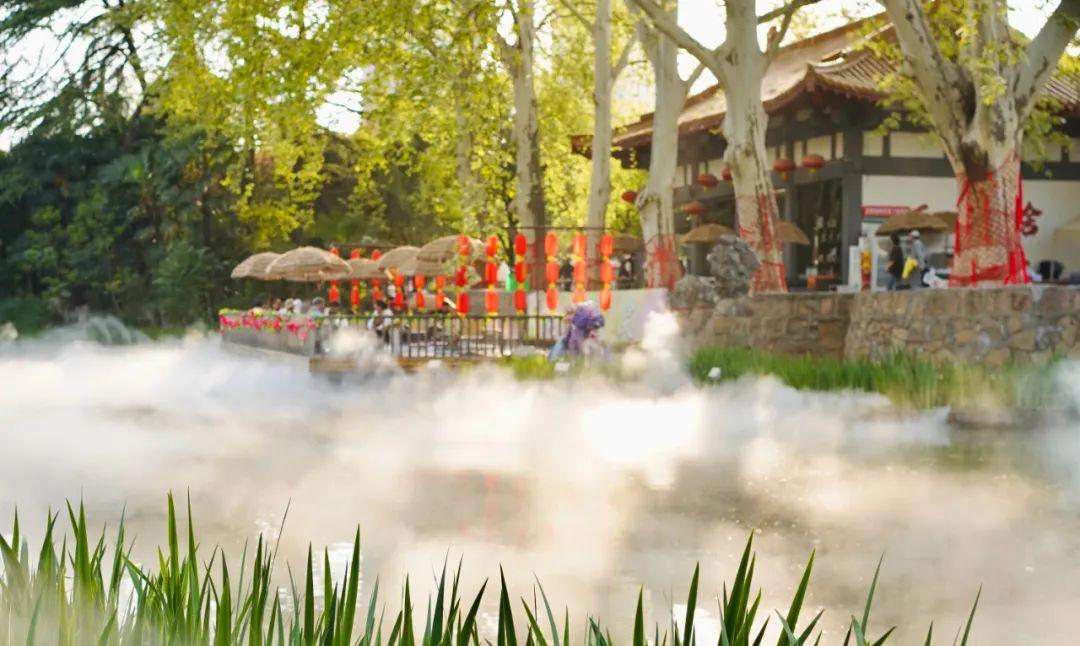
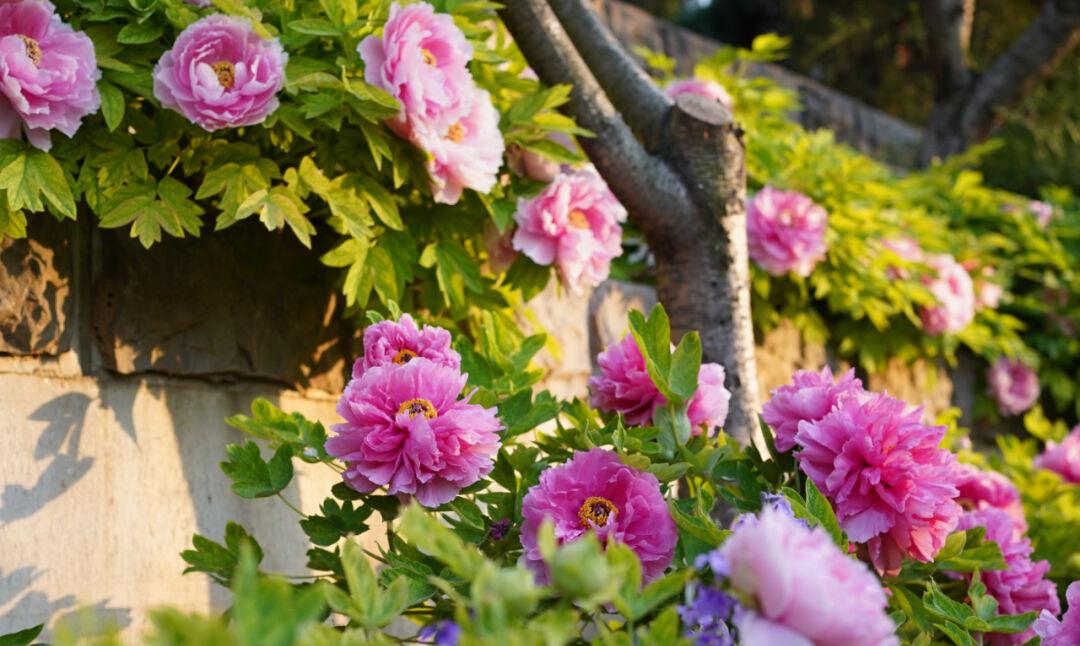
Wangcheng Park has been the main venue for the Peony Festival for years and is the classic peony garden in Luoyang. Its name comes from its location on the site of the Eastern Zhou royal city, blending cultural landmarks with natural gardens, offering a quaint and picturesque atmosphere.
The peony viewing areas include: Immortal Peony, Fragrant Welcome Peony, Purple Cloud Fragrance Stage, Snowy Plum in Bloom, Spring Dawn Shore, and Sweetgum Isle.
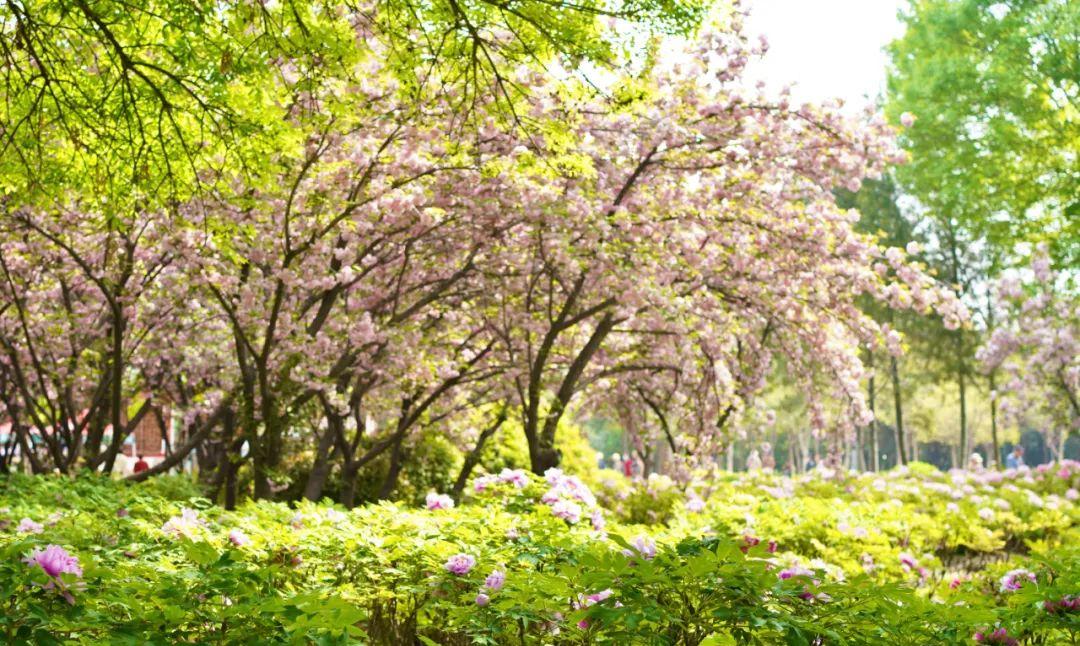
The Immortal Peony area is the showcase, with peonies that are exquisite, large, and plump. Each bloom invites lingering admiration, adding an element of enjoyment to the flower viewing experience.
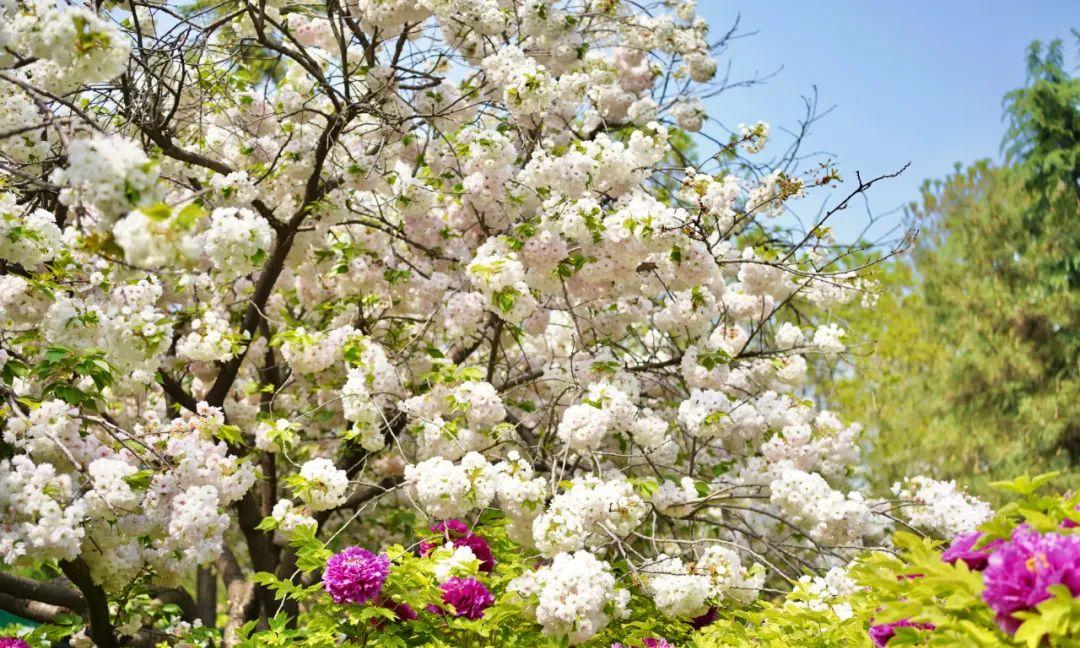
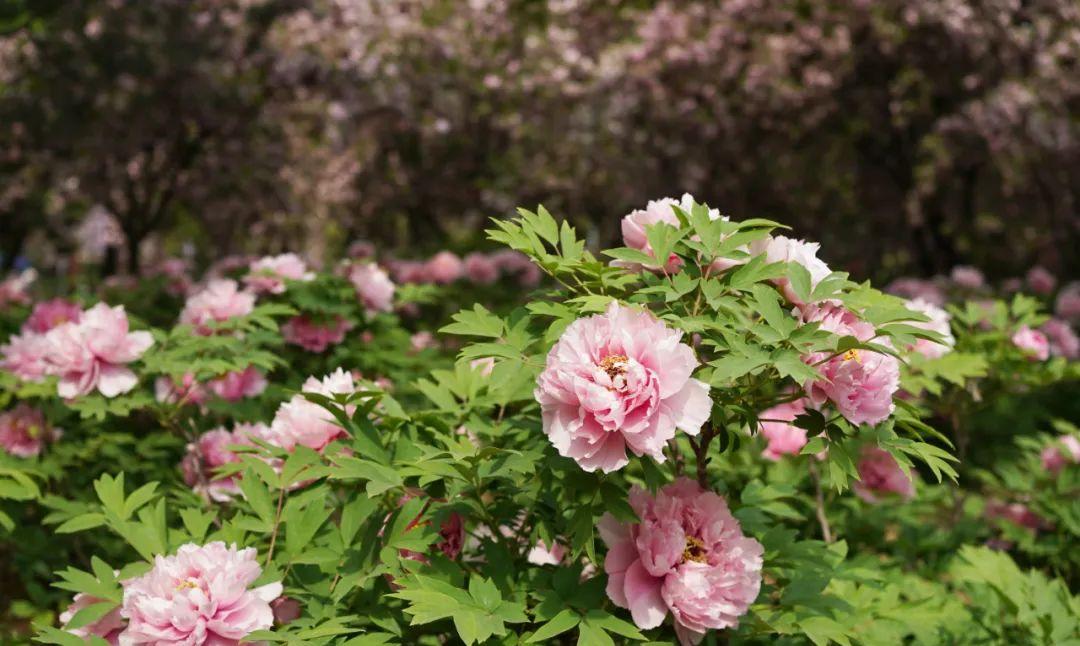
In the center of the garden stands a rare variety, Jin Si Guan Ding, drawing many visitors who stretch their necks for a glimpse of its grandeur.
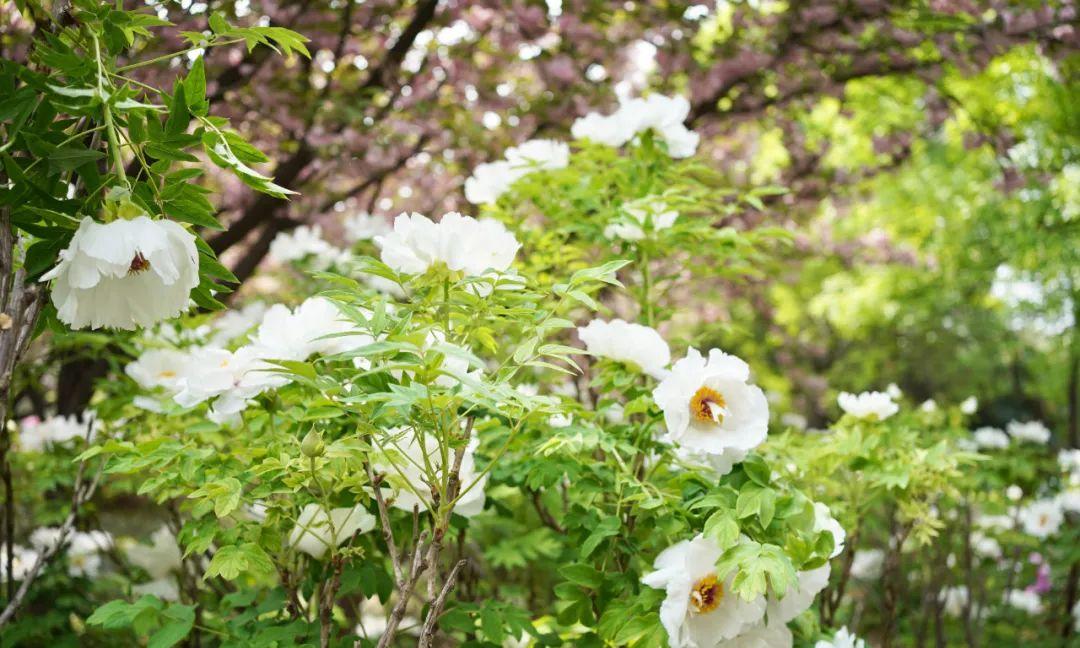
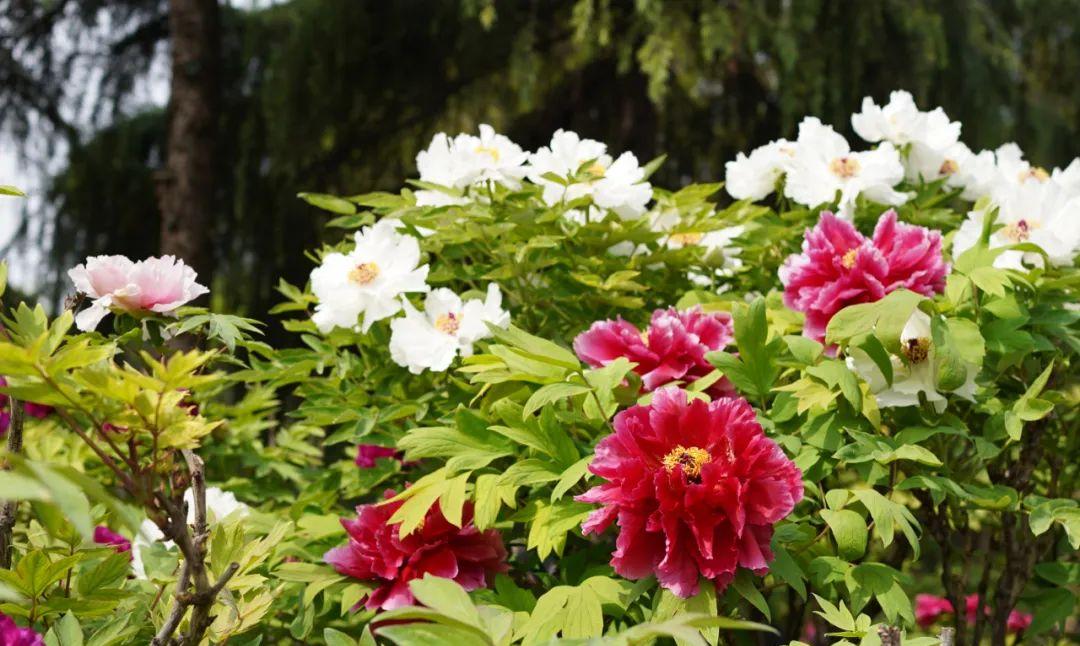
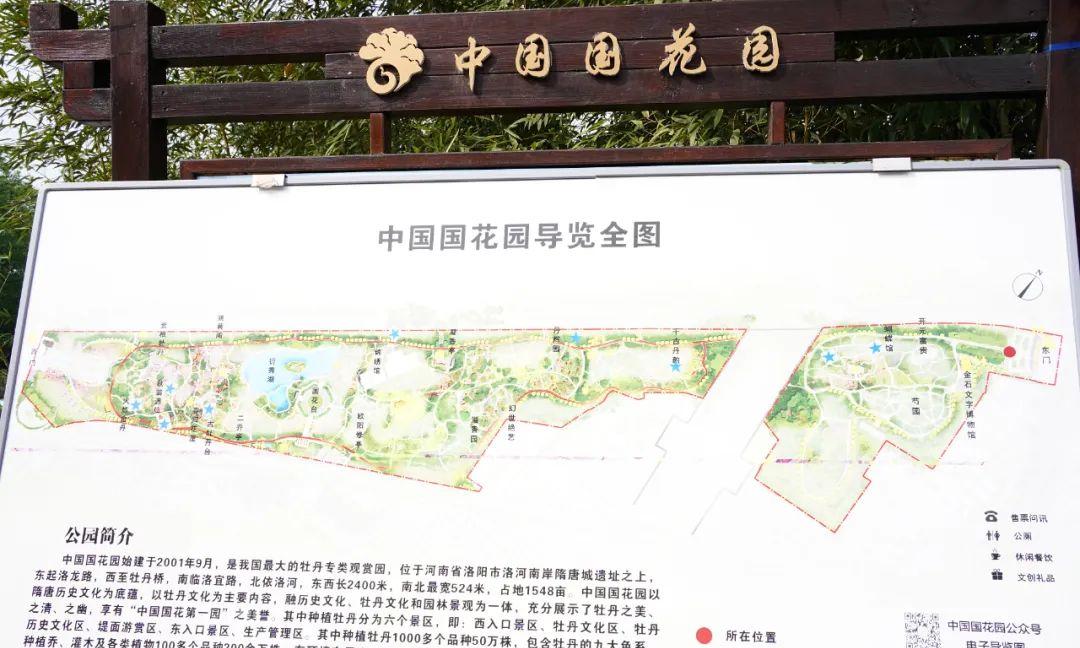
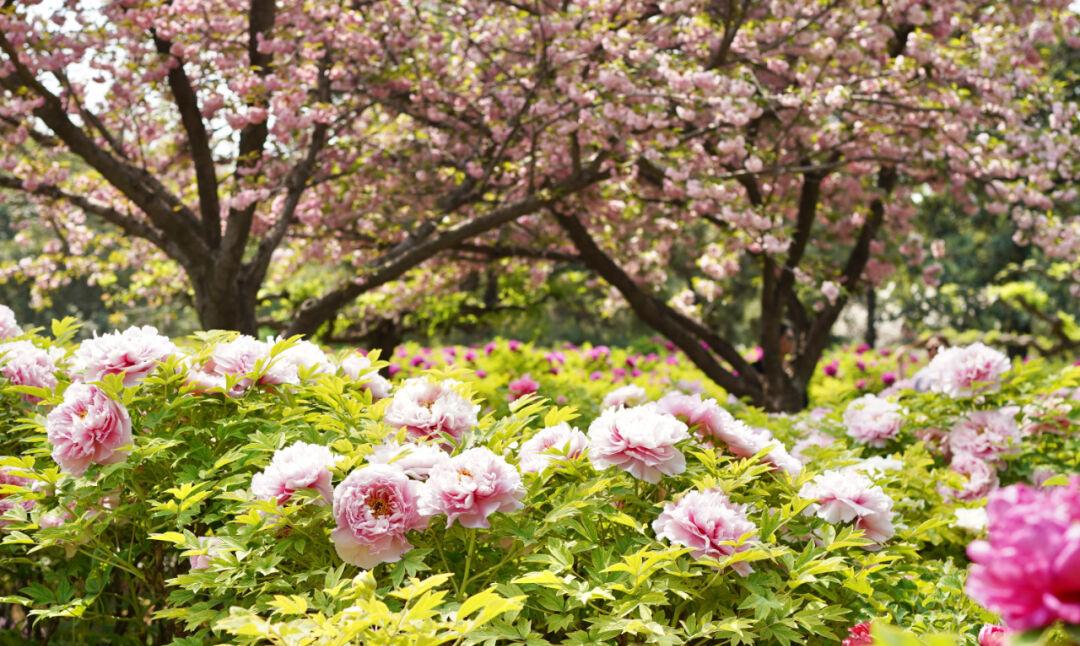
Fragrant Welcome Peony features a backdrop of Shenxiang Tower, enriching the visuals immensely.
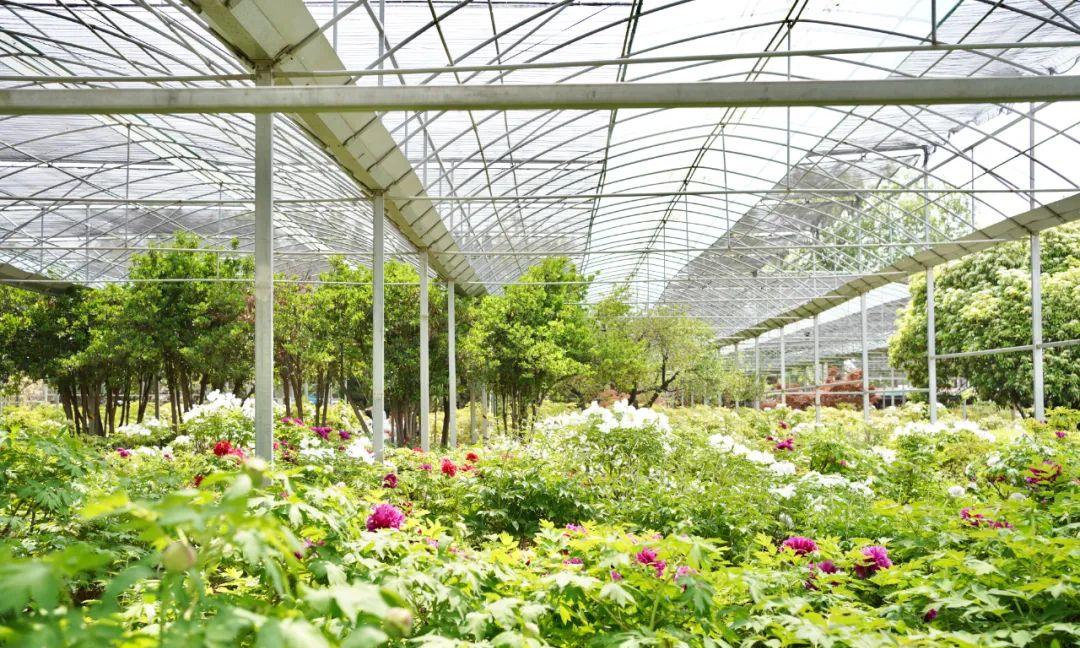
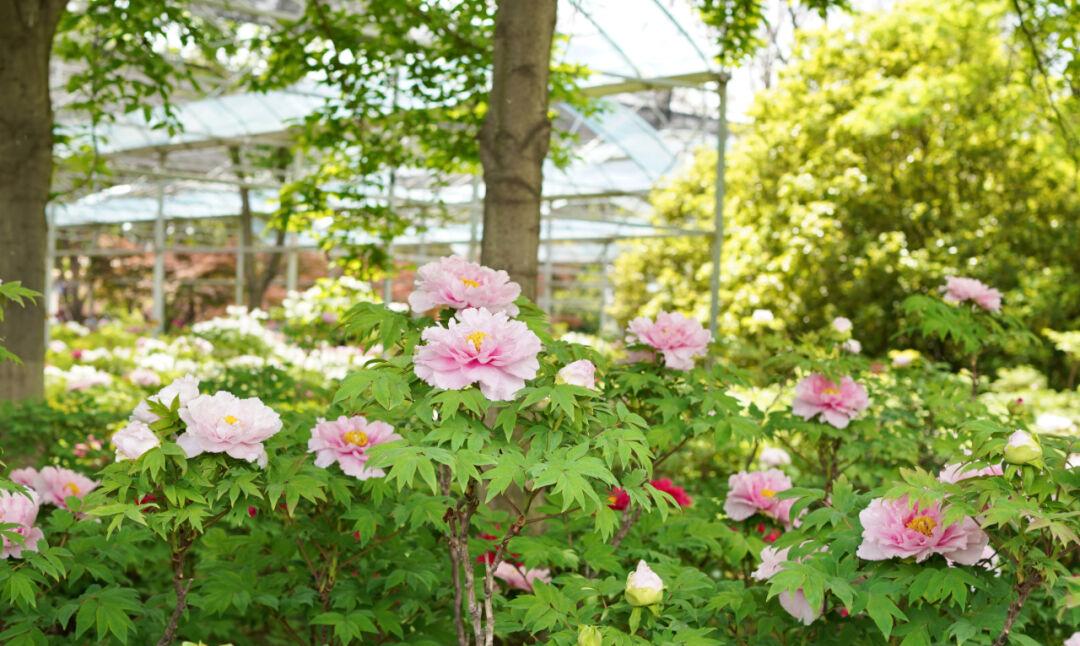
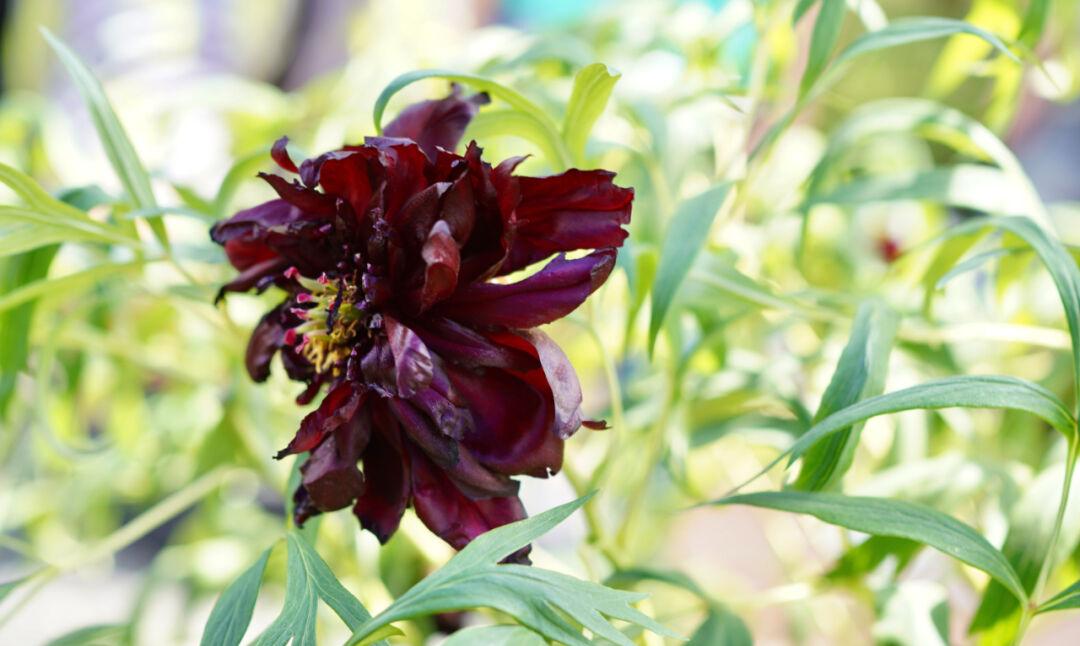
Purple Cloud Fragrance Stage, located by the riverside, showcases peonies planted along steps, creating a lovely sight where visitors can get up close for photographs.
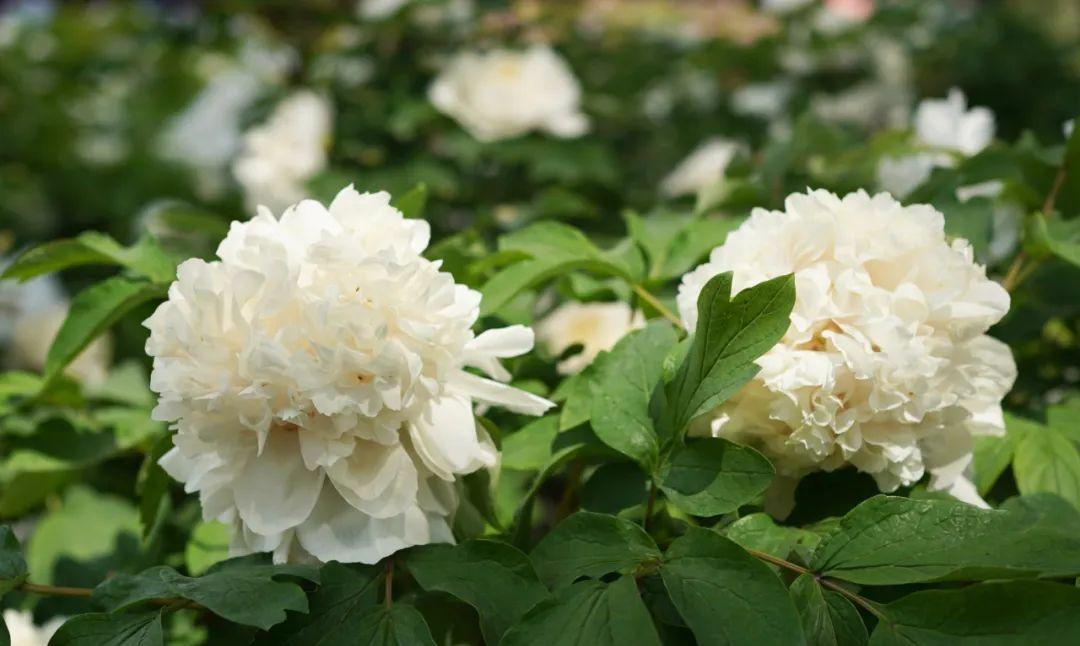
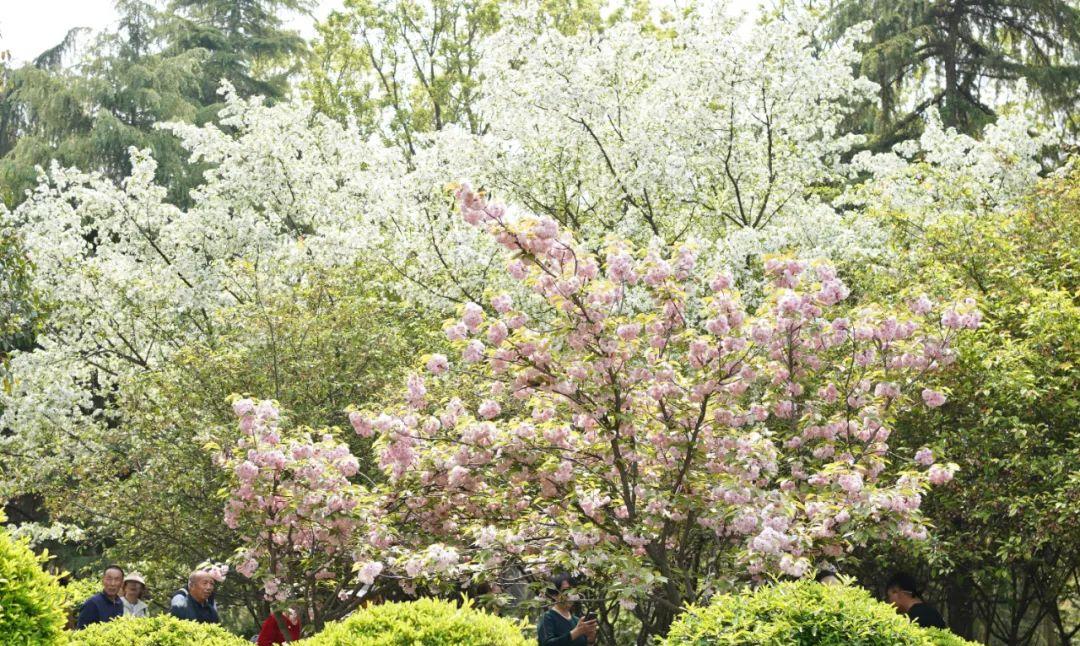
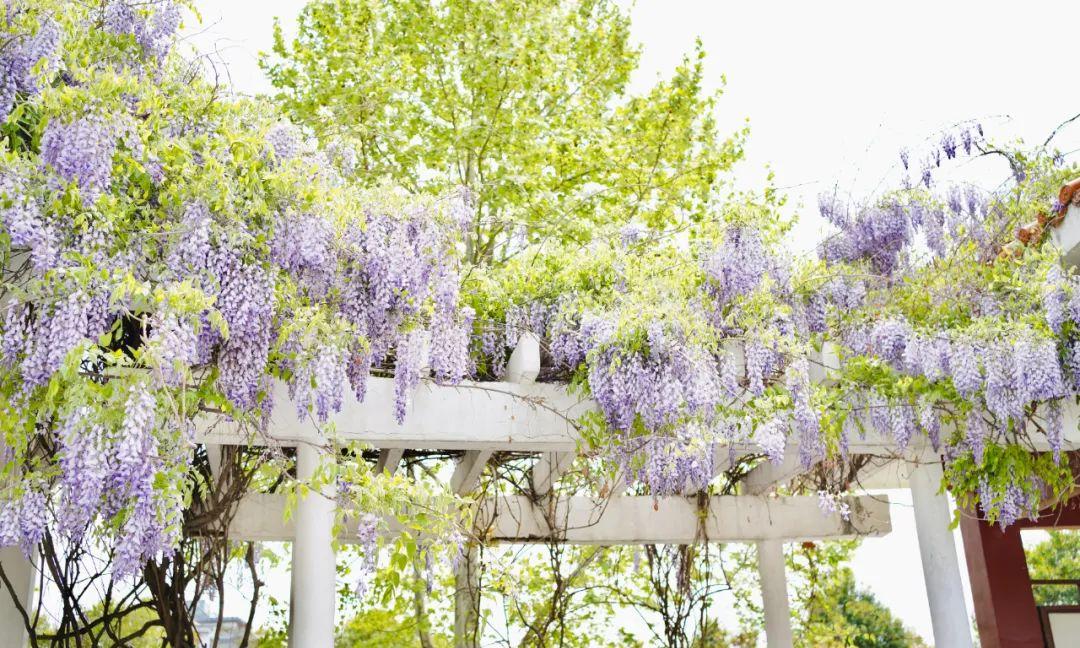
Snowy Plum in Bloom, Spring Dawn Shore, and Sweetgum Isle present more common park settings but have the advantage of fewer crowds.
Inside Wangcheng Park, there are also a zoo and amusement park; the Peony Festival ticket includes zoo access, though it’s quite ordinary and can be skipped. The Wangcheng Tea House in the park is highly recommended, where dry ice is released on the river during the day to create a mystical mist.
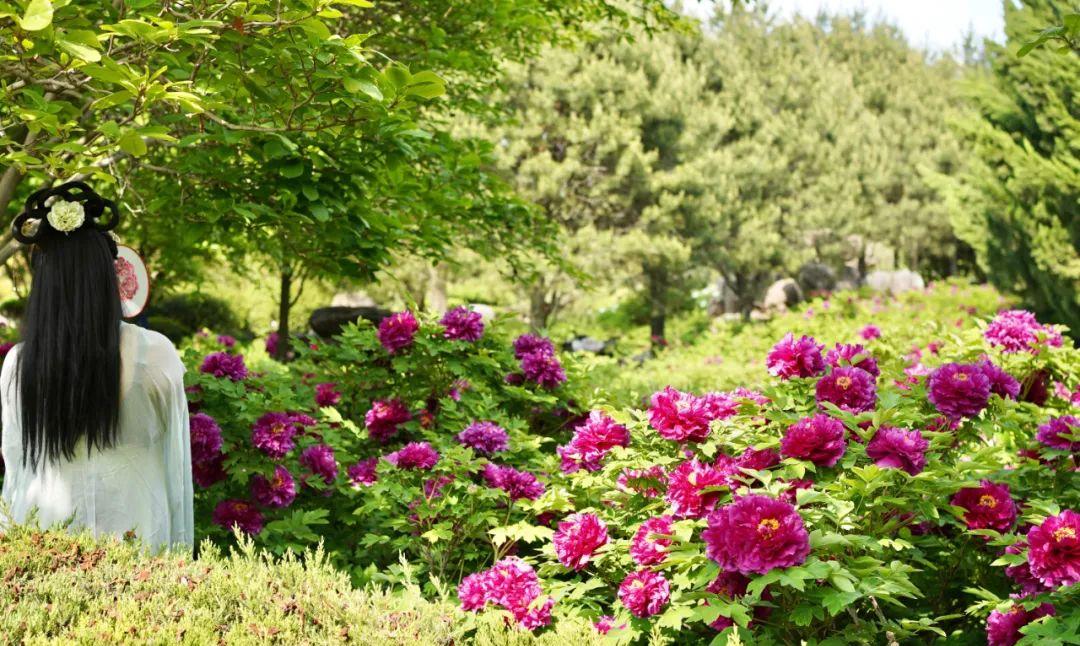
Conveniently located in the city center, Wangcheng Park has plenty of nearby dining options such as He Ji Shuan Niu Du, Lao Luoyang Noodle House, and Chang Xia Sha Guo Noodles, all of which are quite good.
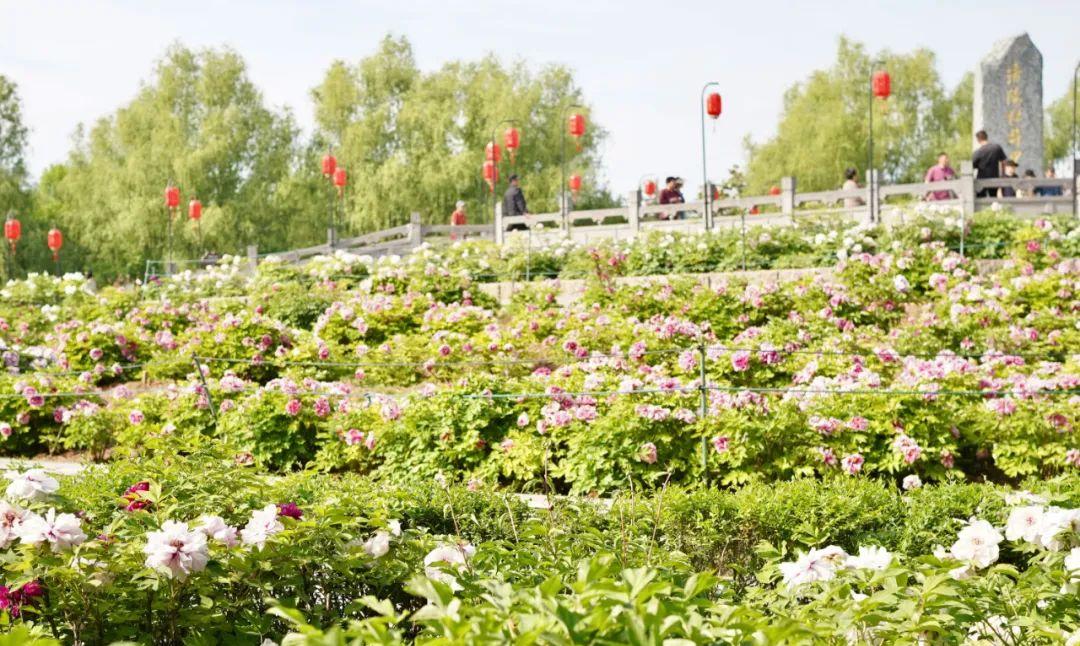
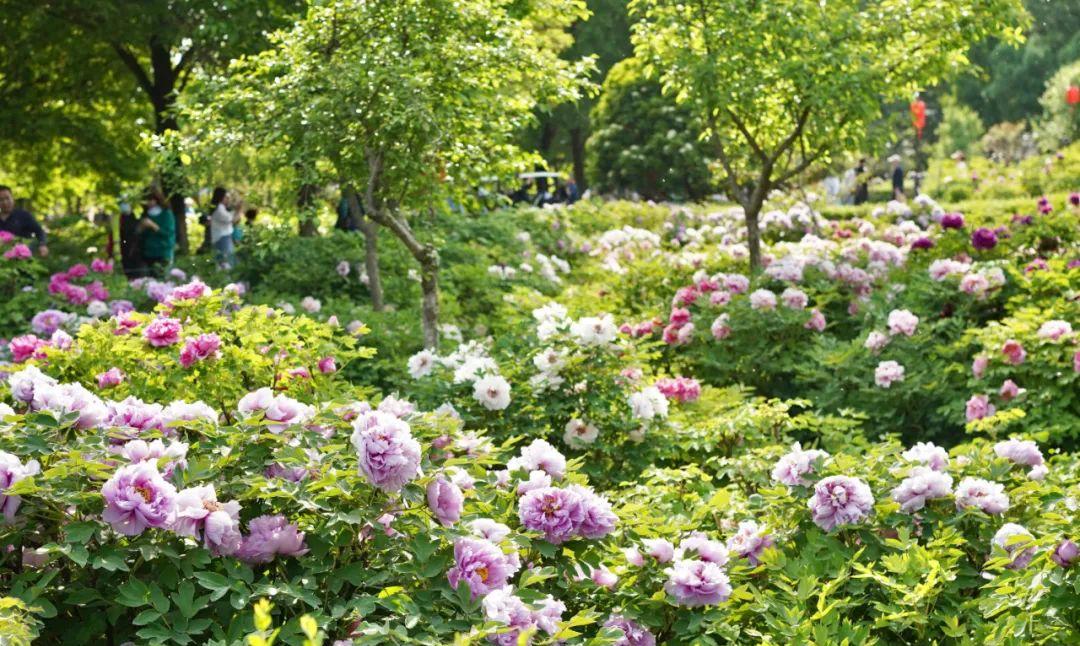
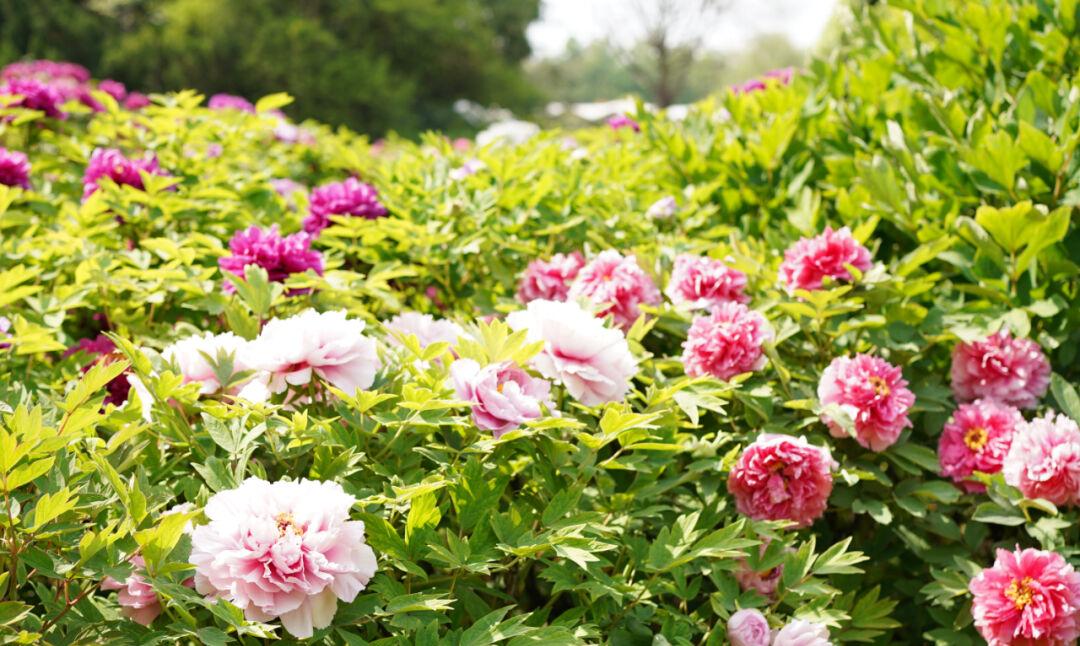
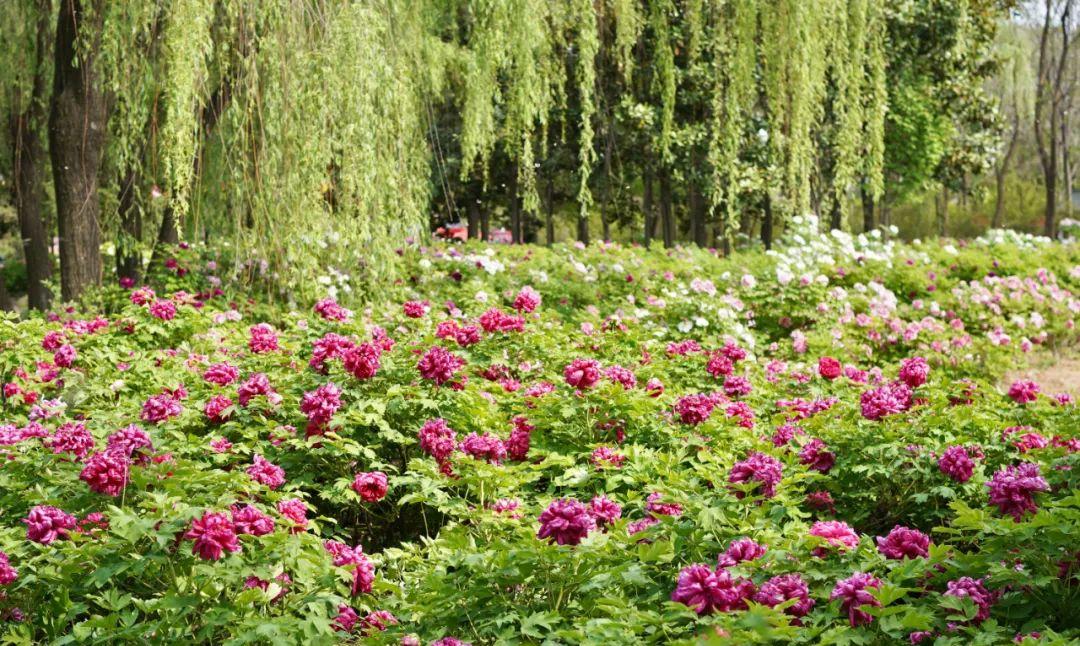
Chinese National Flower Garden (Complementary Elegance)
⏰: 7:00 AM – 7:00 PM
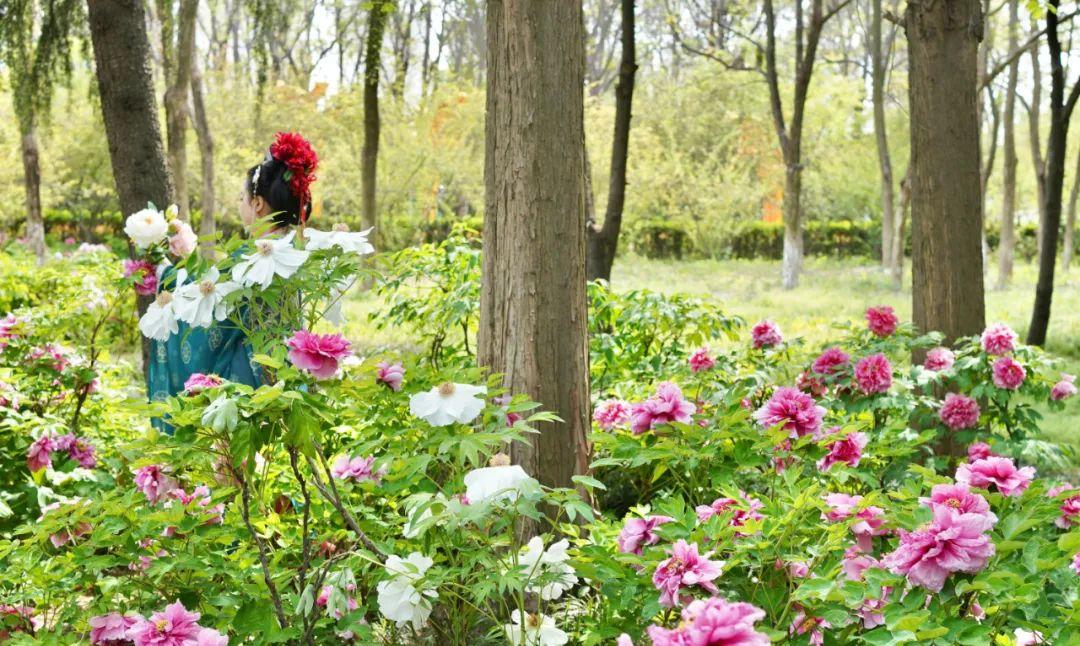
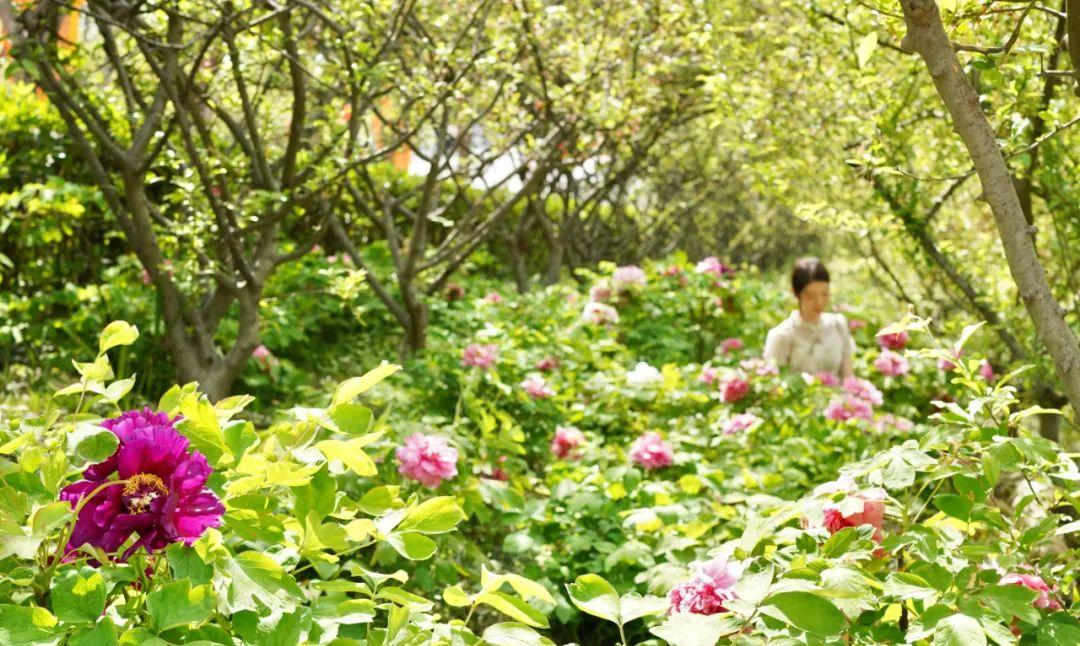
🎫: Full-price ticket 50 yuan/person
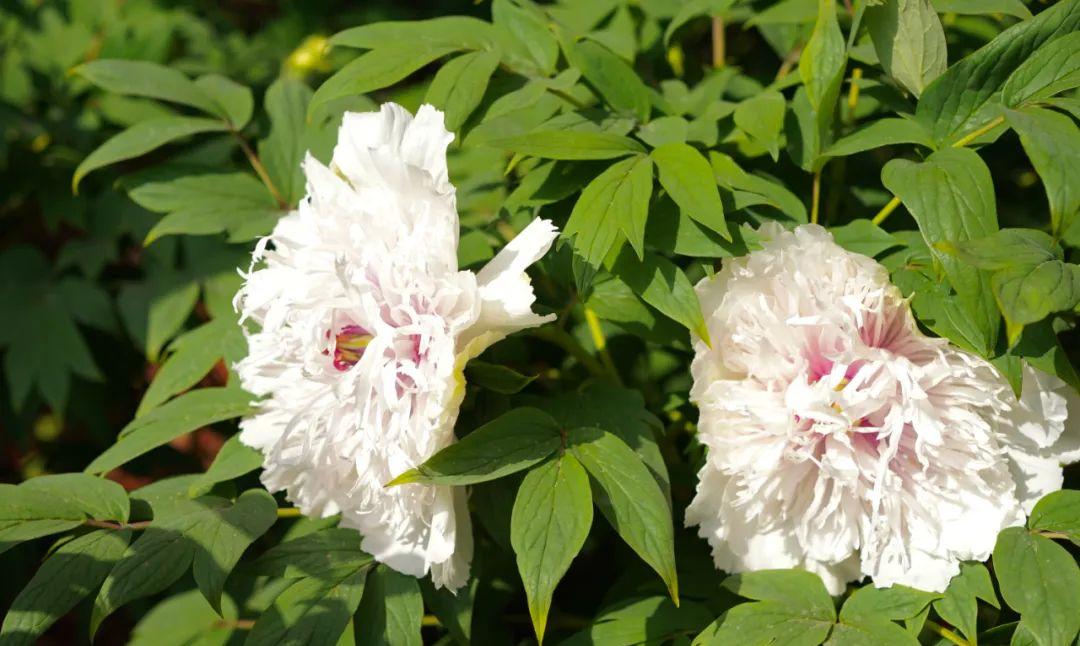
The Chinese National Flower Garden and Sui-Tang City Ruins Botanical Garden are both located on the south bank of the Luo River, separated by Luoyang Museum and both belonging to the area of the Sui-Tang city ruins. You can plan a day enjoying one peony garden and visiting Luoyang Museum.
The Chinese National Flower Garden has the most peony varieties, featuring over 1,000 types. The overall aesthetic corresponds to “garden,” making the blooming flowers—such as cherry blossoms, pear blossoms, and wisteria—beautiful companions that enhance the peony experience.
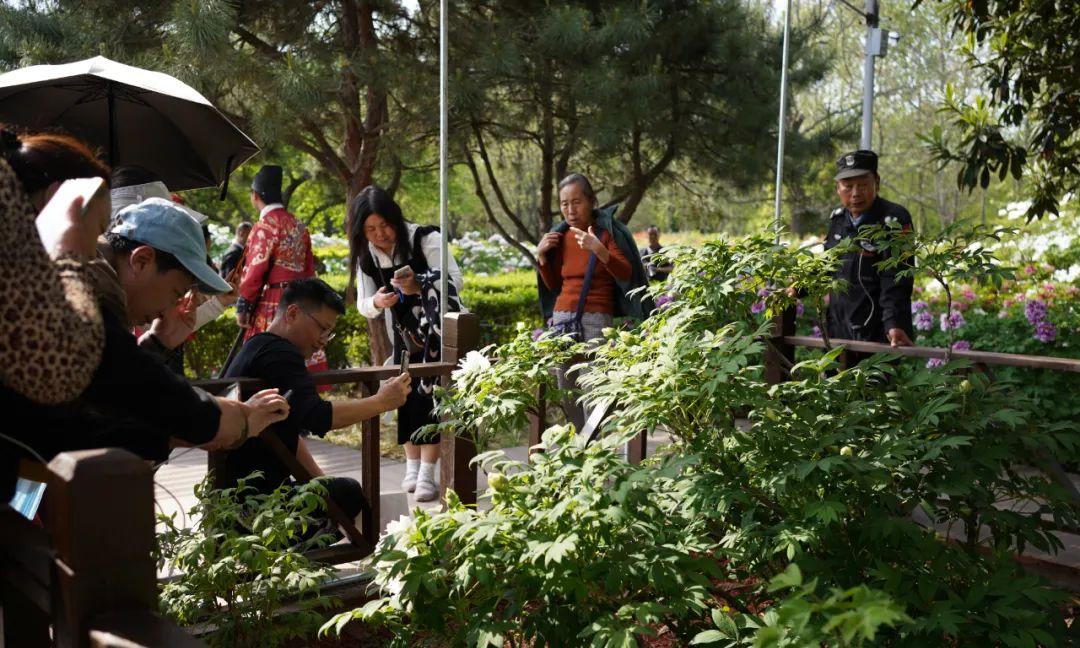
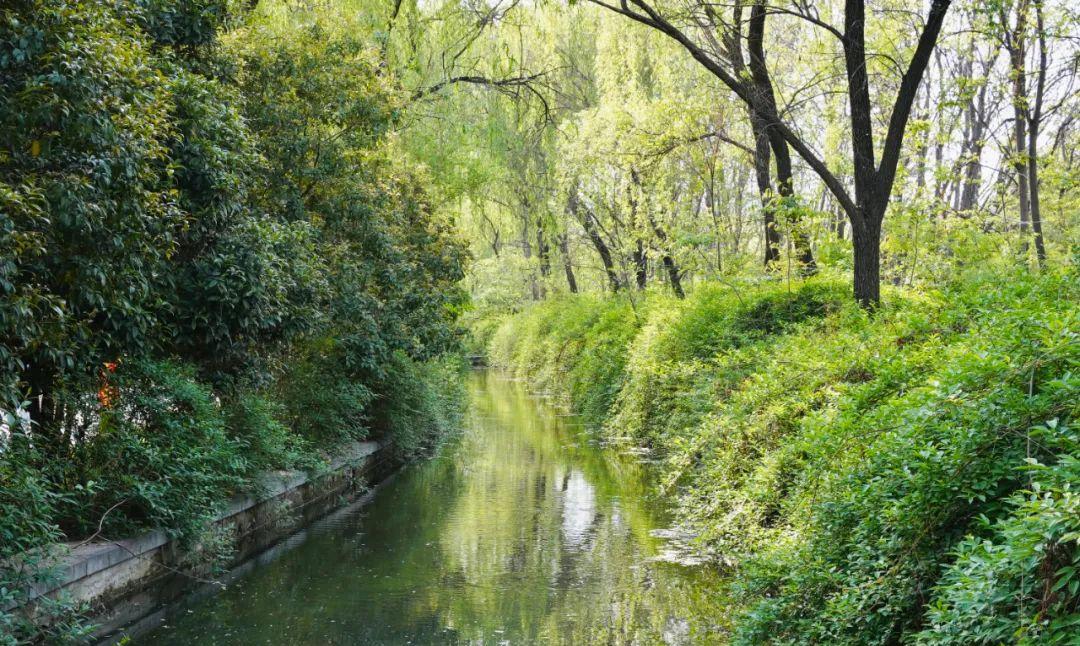
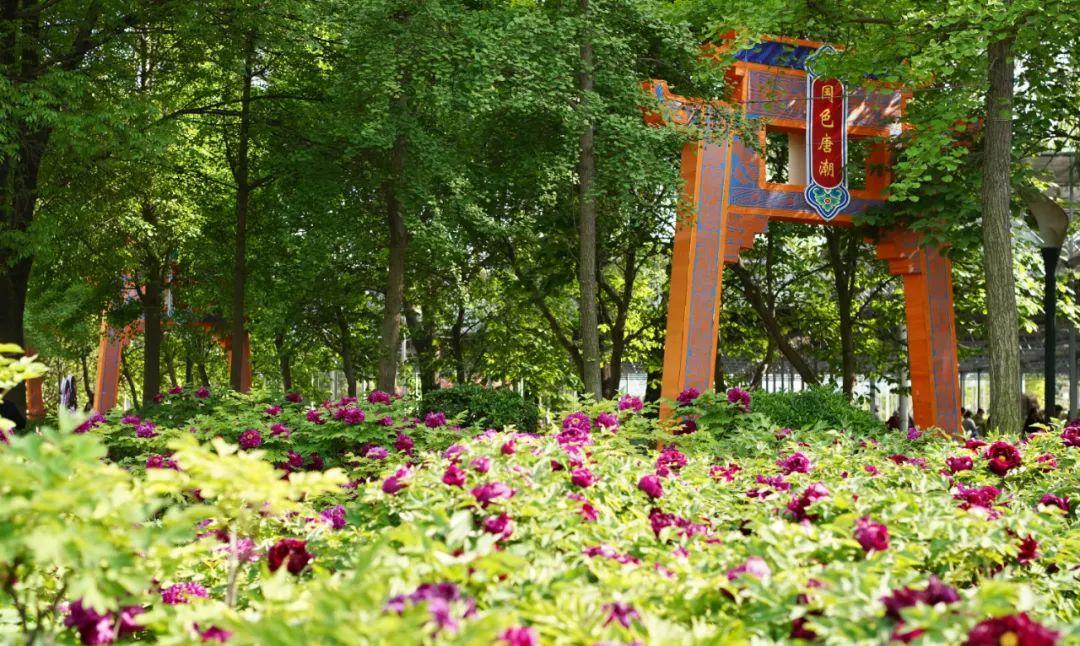
The peony viewing areas in the Chinese National Flower Garden are divided into the East Garden and the West Garden. The West Garden primarily hosts early-blooming varieties, with ample space and longer paths, allowing for a more dispersed crowd. The East Garden has blooms that are doing even better at this time, with more concentrated scenery and plenty of small features, although it tends to attract more people. If you want to capture portraits, go to the West Garden.
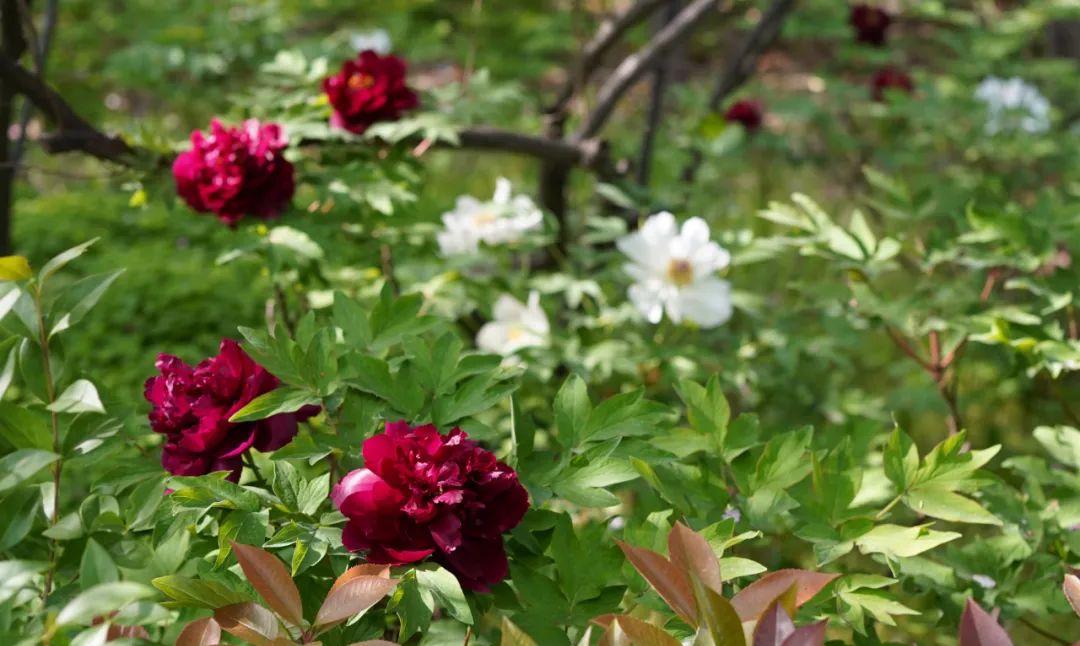
Currently, I recommend entering from the East Garden to see the highlights first, then leisurely explore the West Garden. The West Garden also has covered areas, ensuring that late-blooming peonies are still available to admire.
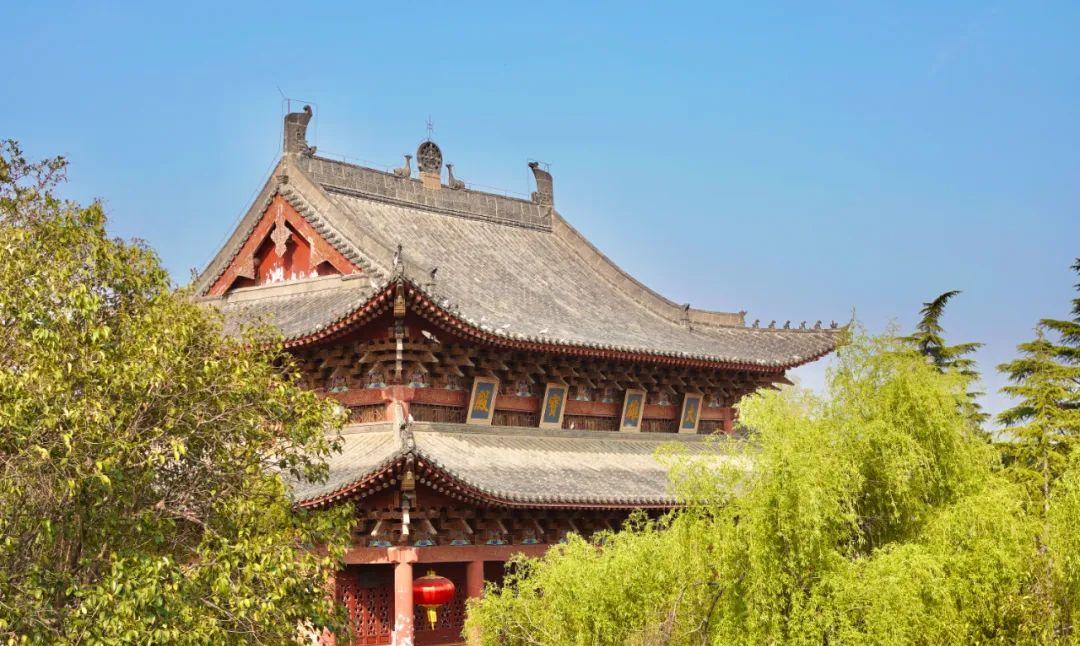
The most precious black peony is in the West Garden, but it has already passed its peak. Interestingly, the black peony is not truly black but a deep red; those photos online claiming to show black peonies are misleading.
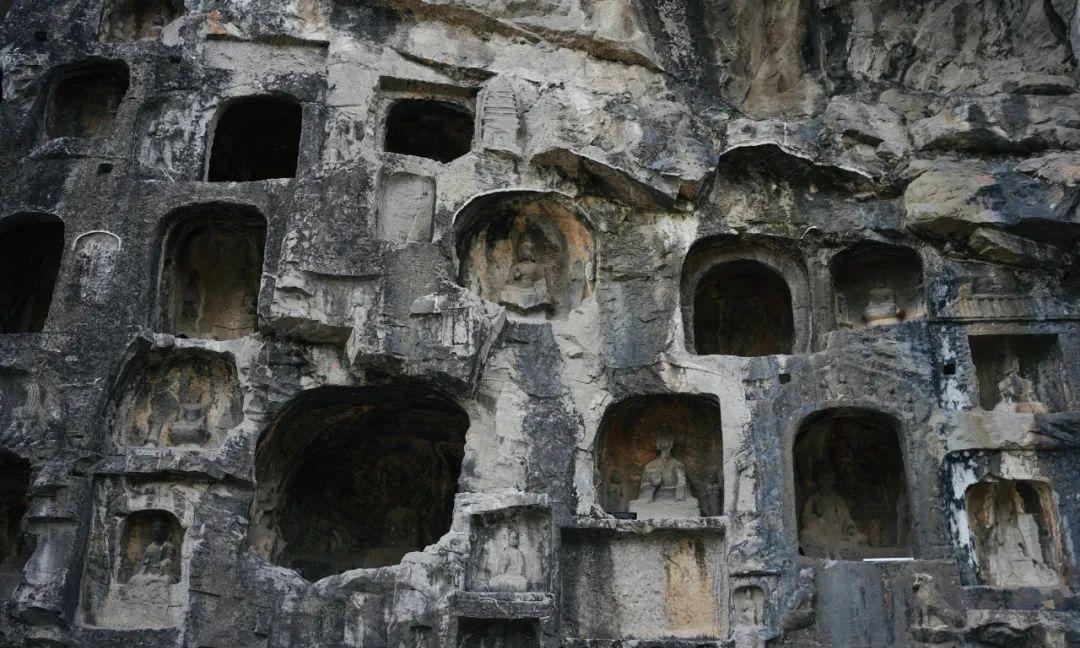
The Yao Huang Pavilion in the West Garden is also highly recommended, with the pale yellow of Yao Huang peony looking exquisite.
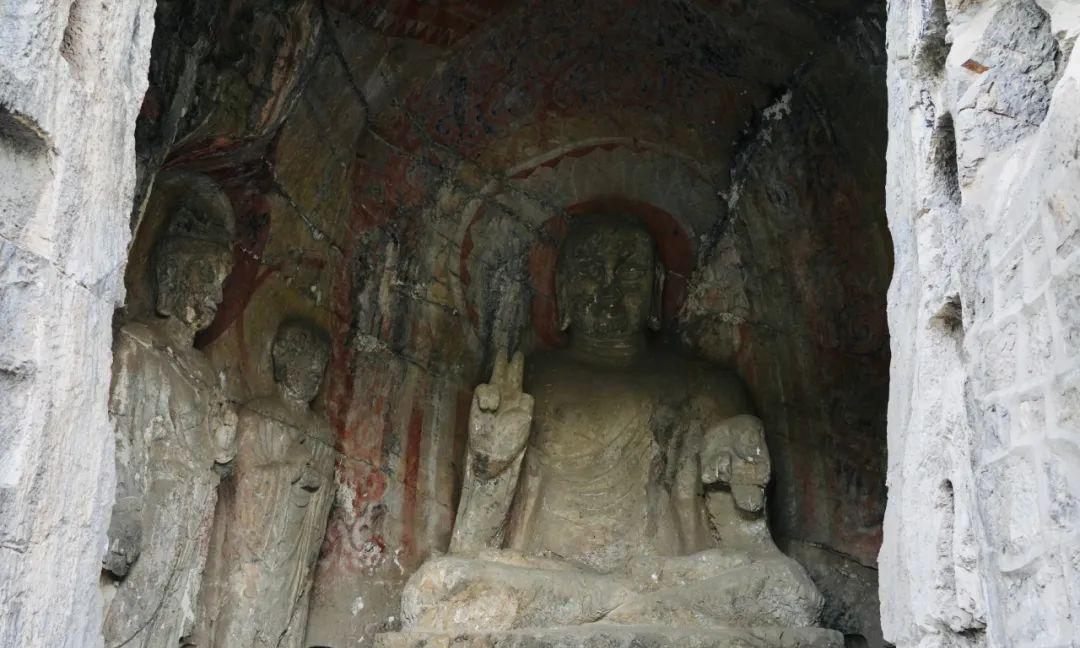
If you want to see other flowers in addition to peonies, the Chinese National Flower Garden is a great choice.
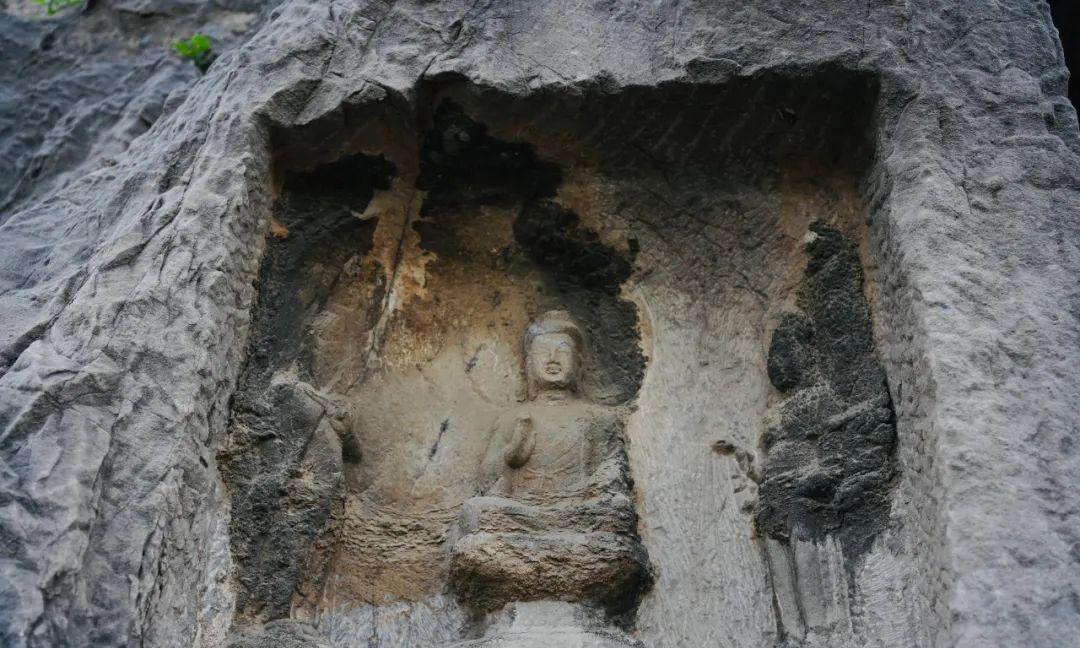
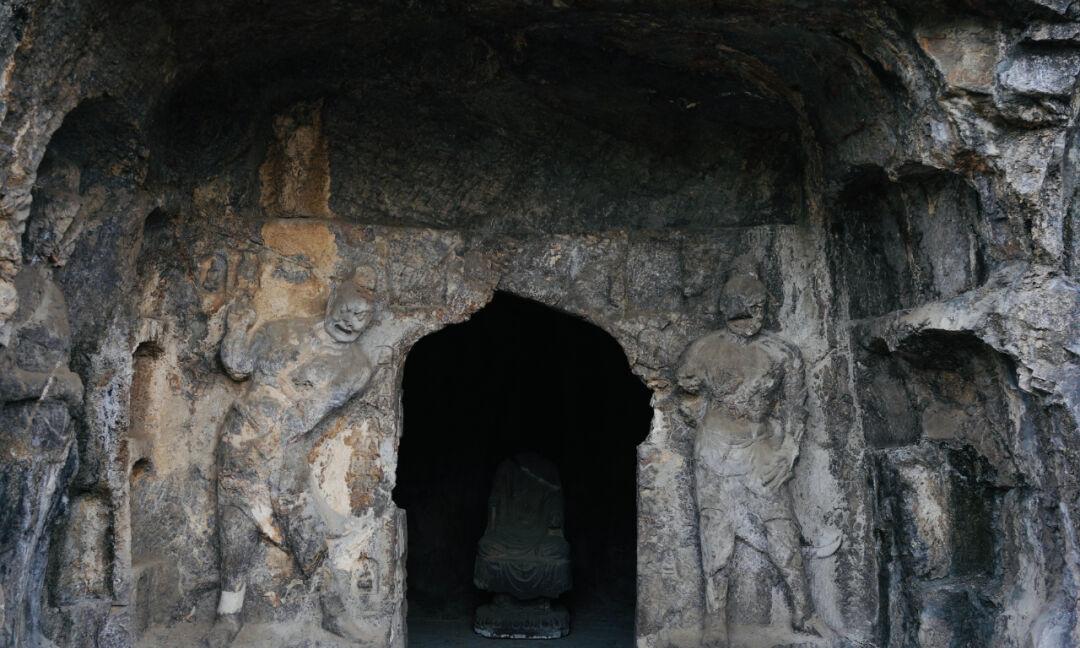
Sui-Tang City Ruins Botanical Garden (Grand Style)
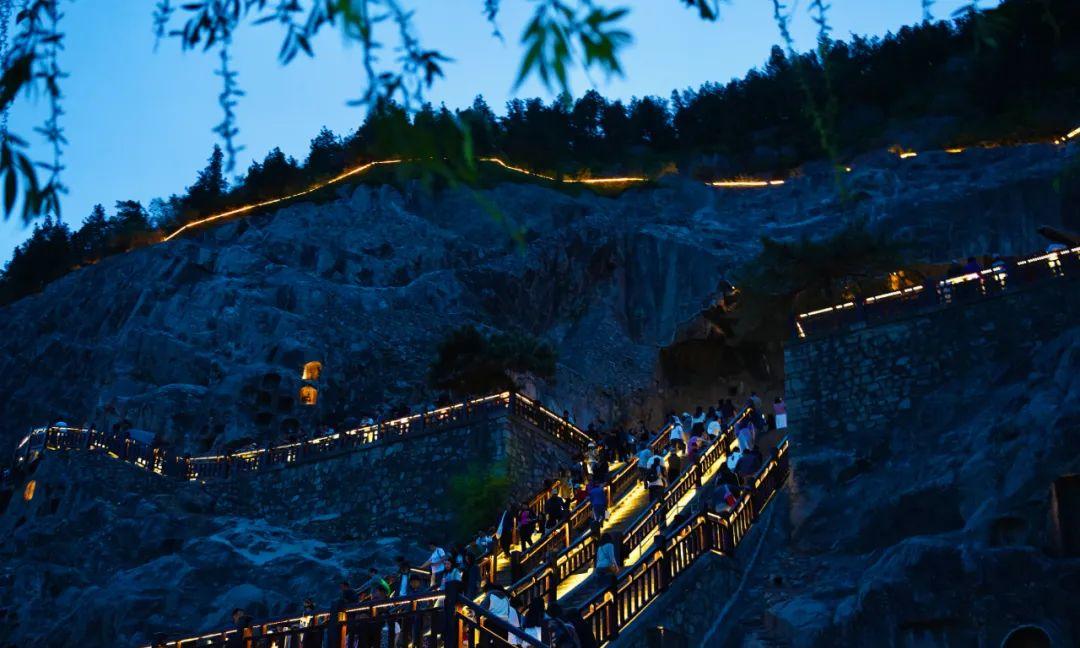
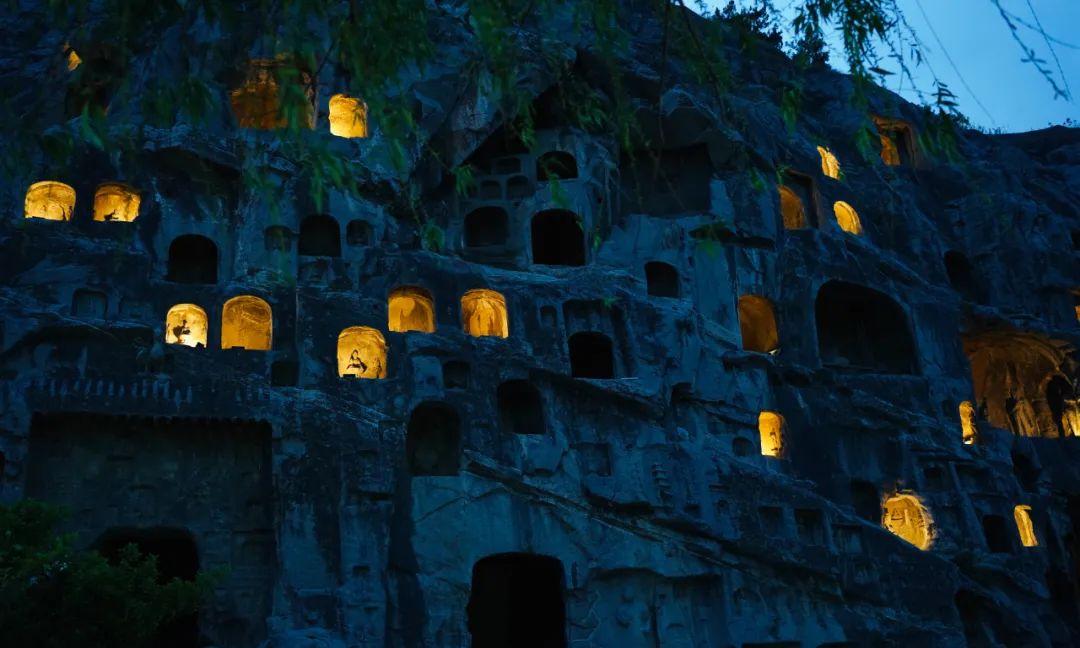
⏰: 7:00 AM – 10:00 PM
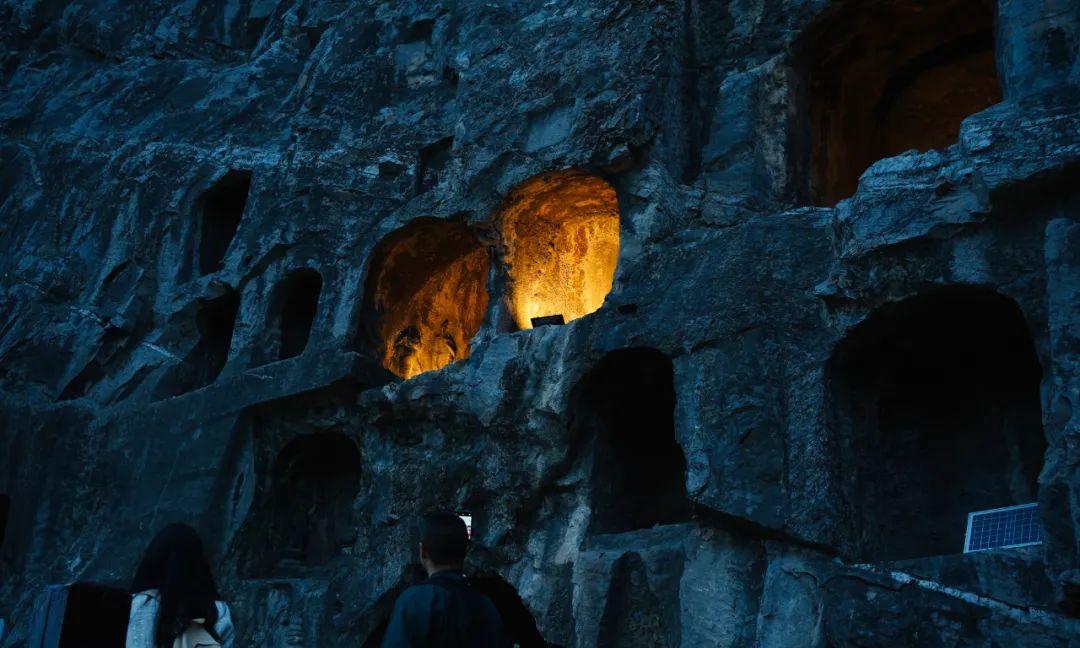
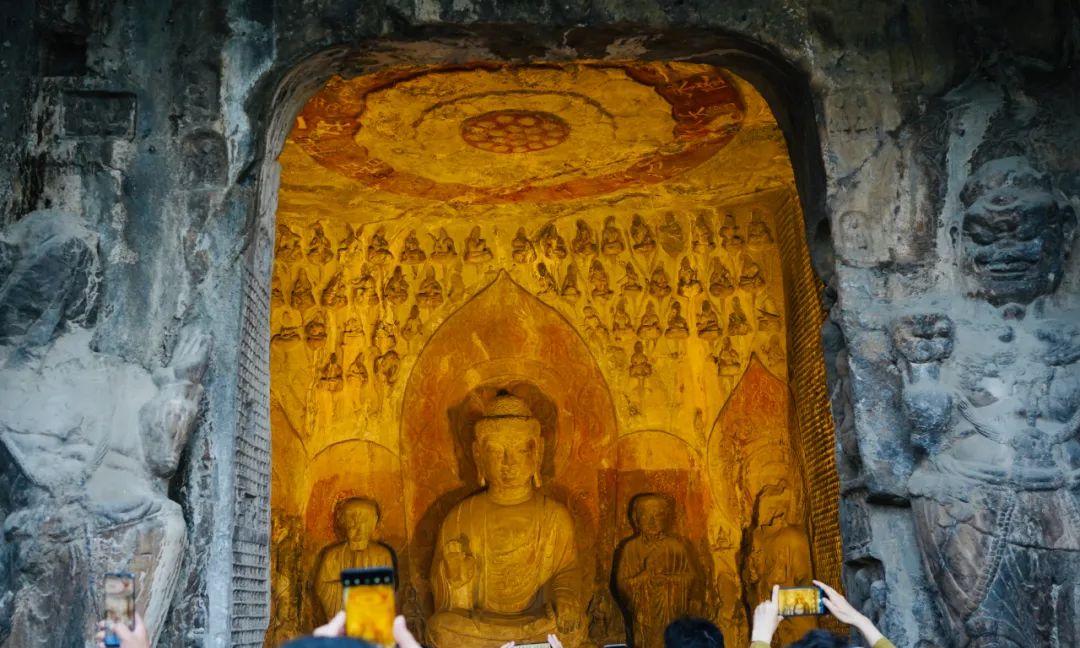
🎫: Full-price ticket 38 yuan/person
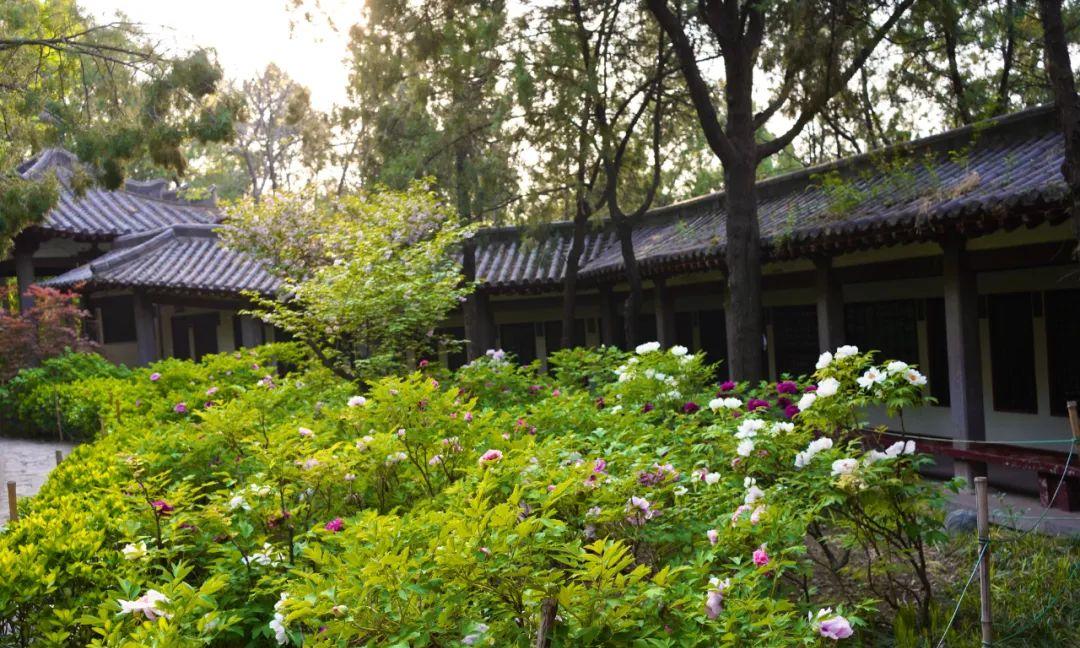
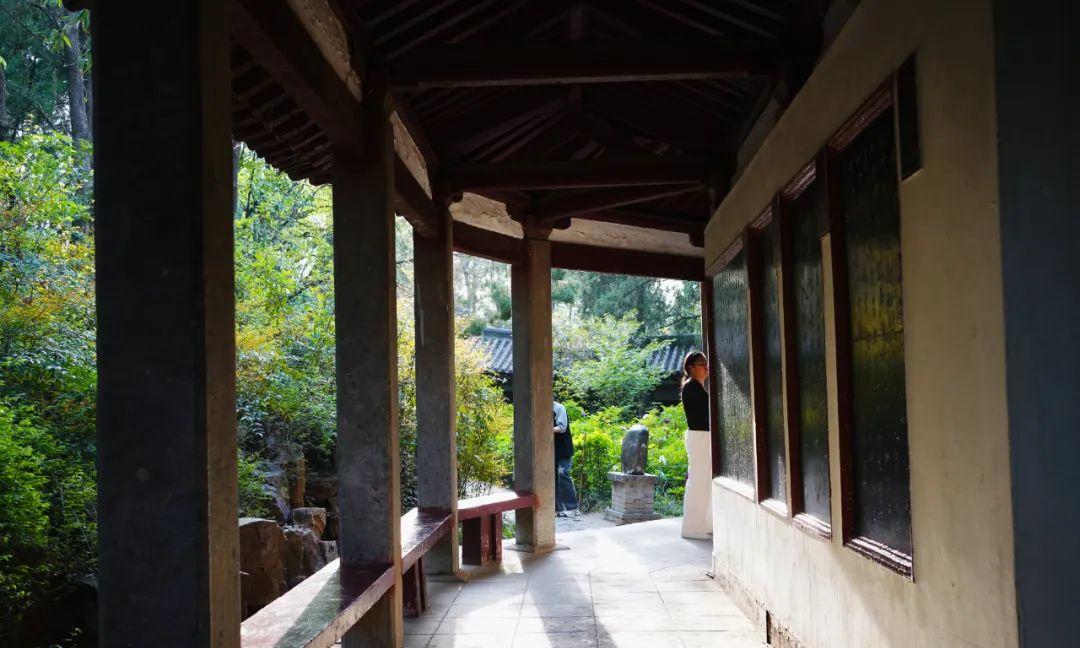
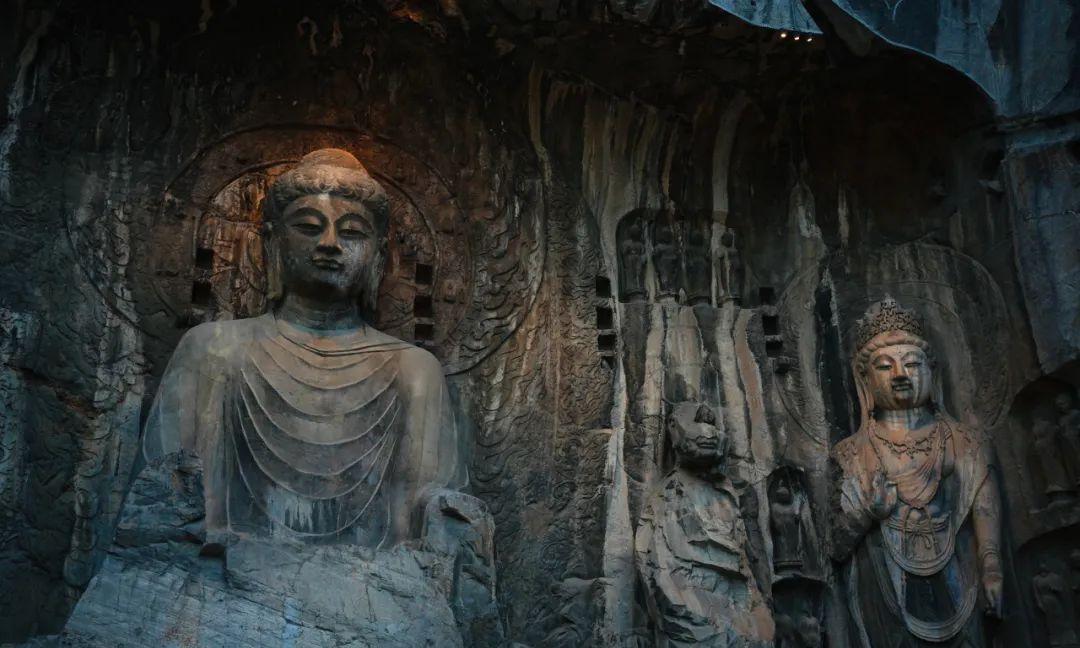
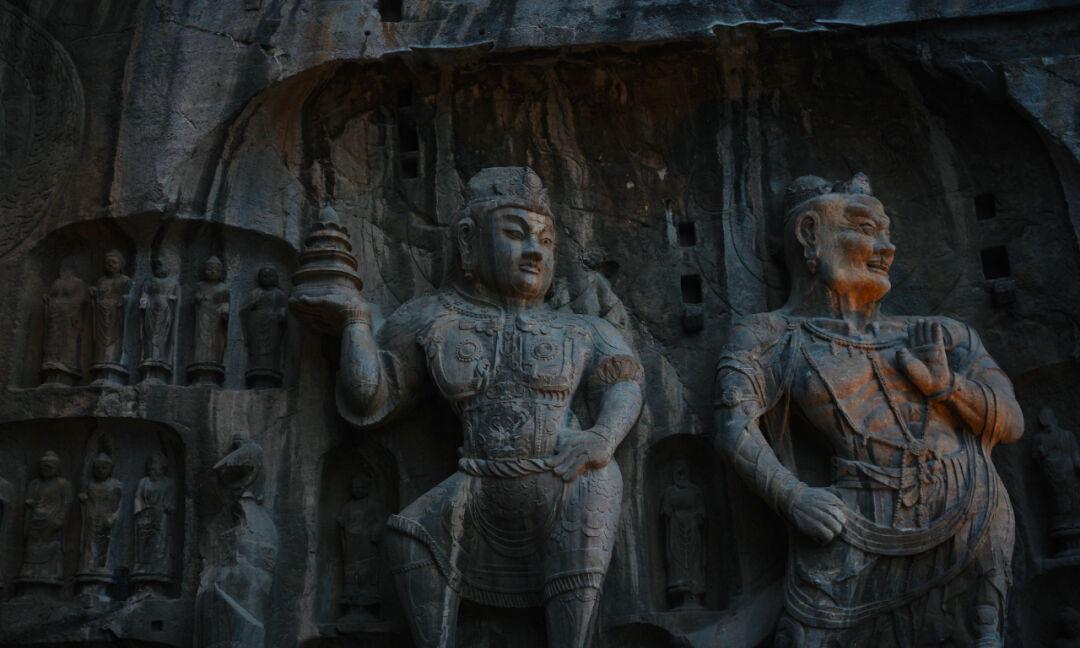
The north entrance of the Sui-Tang City Ruins Botanical Garden is right next to Luoyang Museum. I suggest entering through the south gate in the morning, exploring the peony garden first, and then exiting through the north gate to visit the museum.
A word of warning: the south gate features some less aesthetic installations that might initially seem uninviting. As you go further in, however, you will discover a hidden treasure.
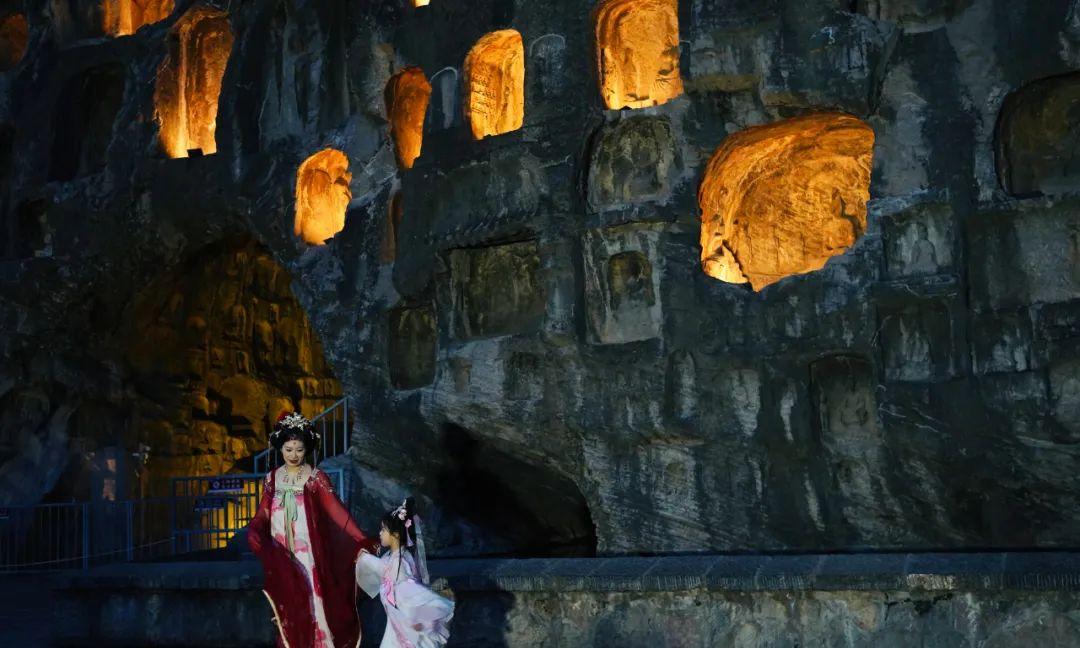
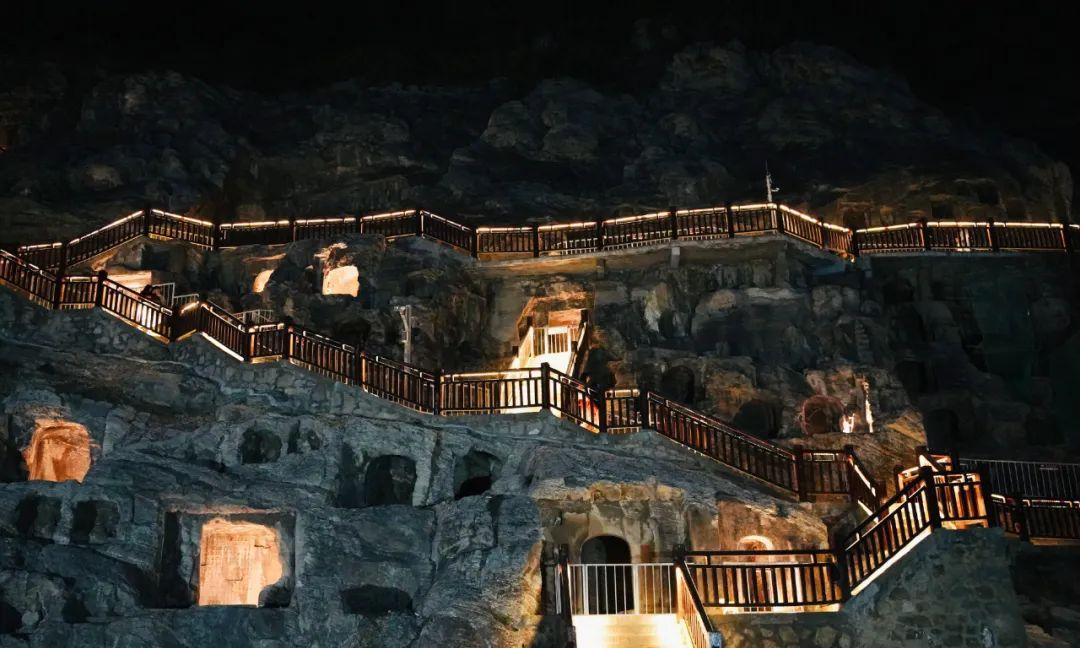
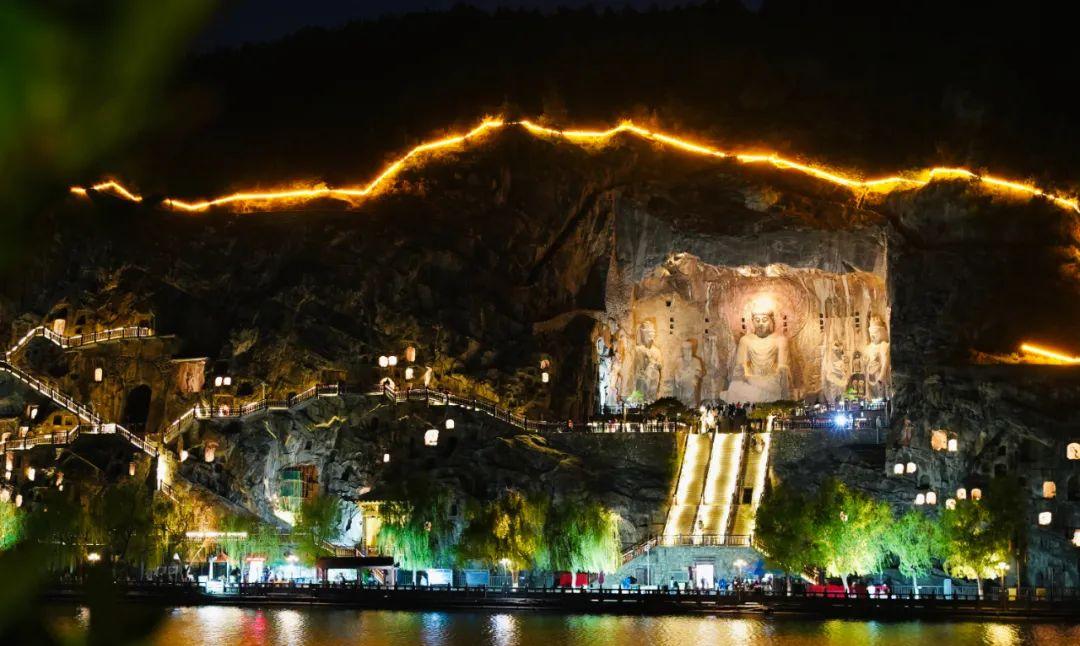
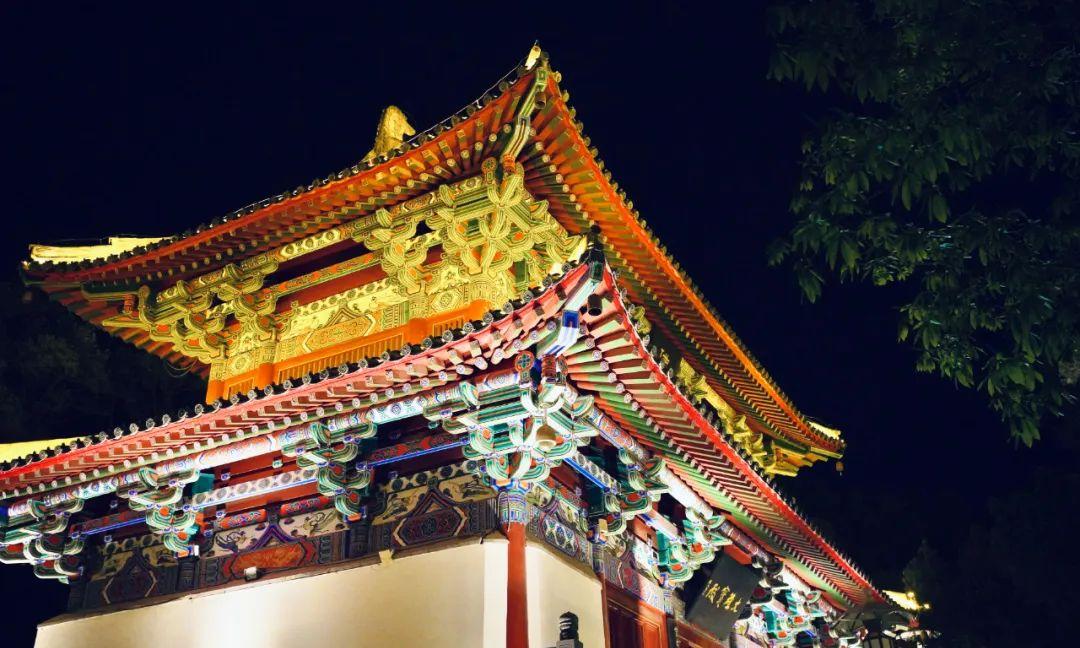
The Sui-Tang City Ruins Botanical Garden is incredibly vast, with an ample, expansive feel, filled with natural charm. It has large, open spaces that quite literally take your breath away.
One major advantage here is that there are no restricted areas; visitors can walk into the flower clusters for photographs. Because of its size, you can find your favorite spots to take photos at your leisure. If you’re seeking the sensation of being surrounded by a sea of peonies or want to have a stunning series of peony portrait photos, this is the place to go.
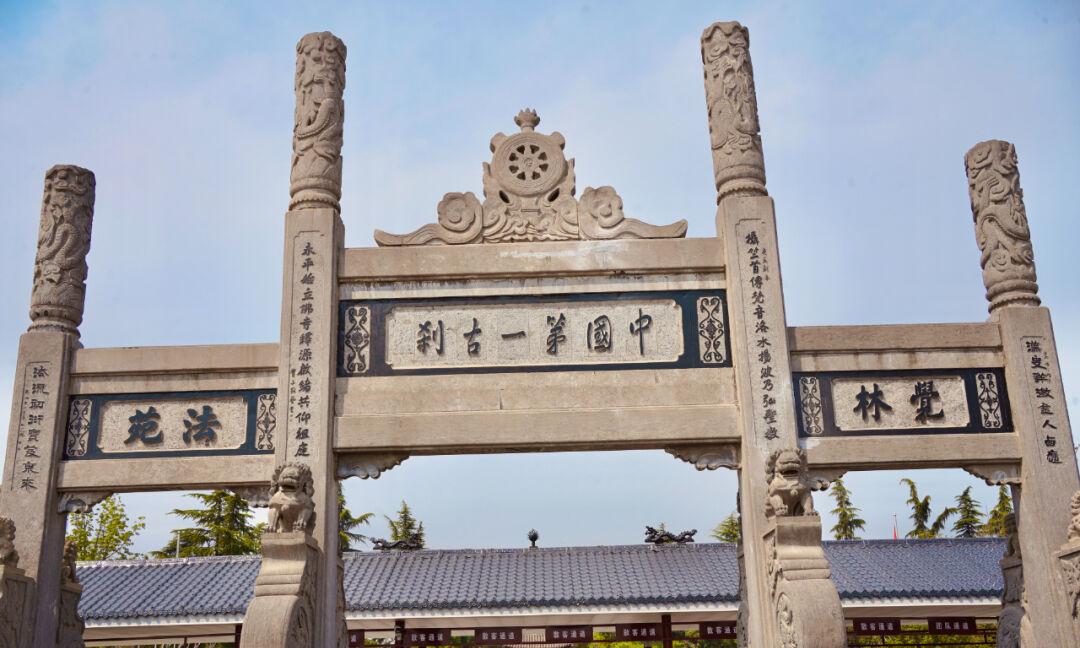
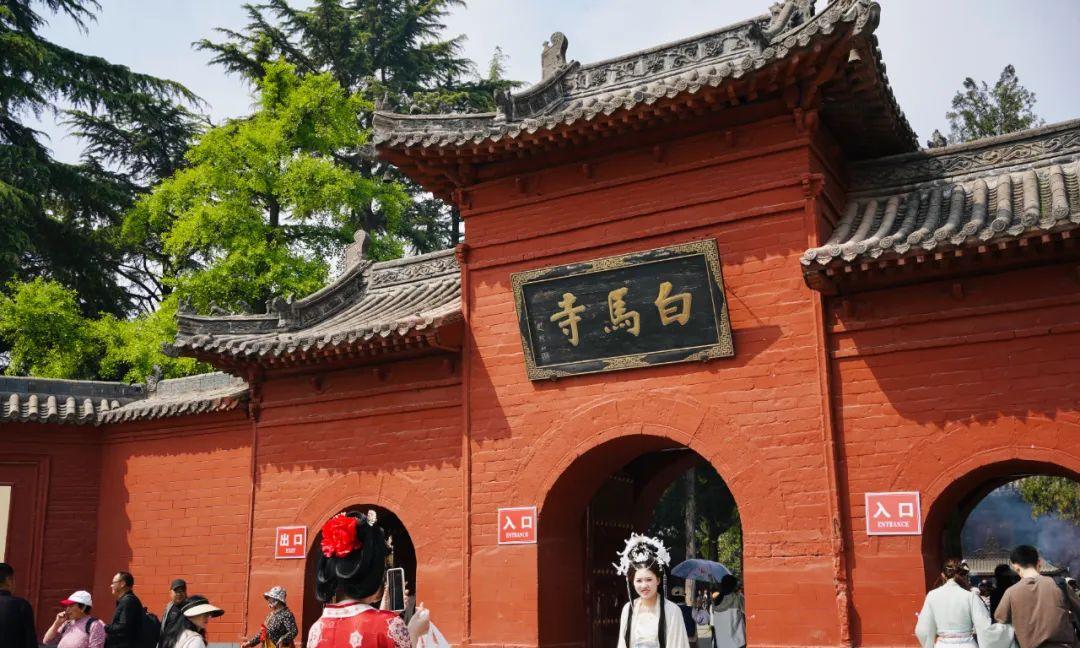
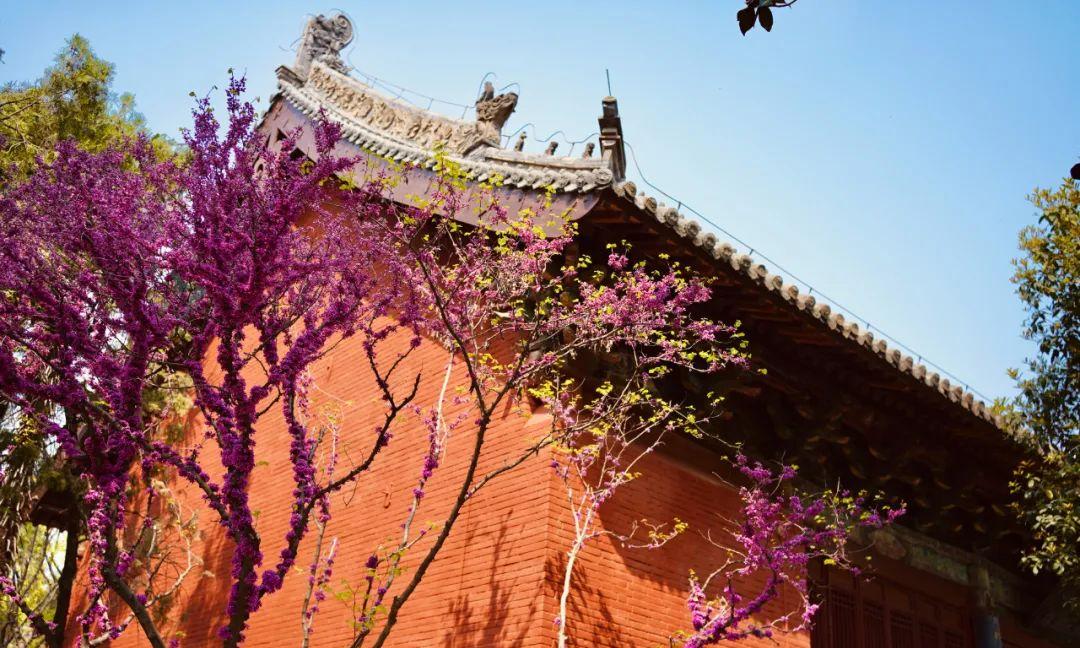
Inside the Sui-Tang City Ruins Botanical Garden, there exists a unique variety known as Yin Si Guan Ding, located in the southwestern part of the Peony Technology Garden. You can spot it by following the long queue.
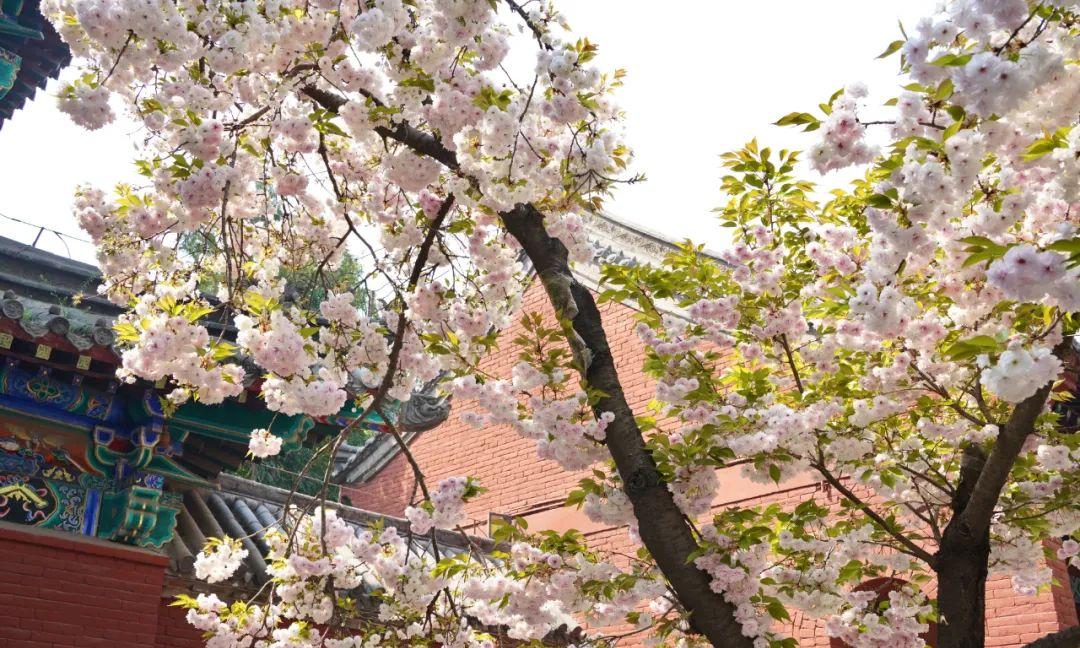
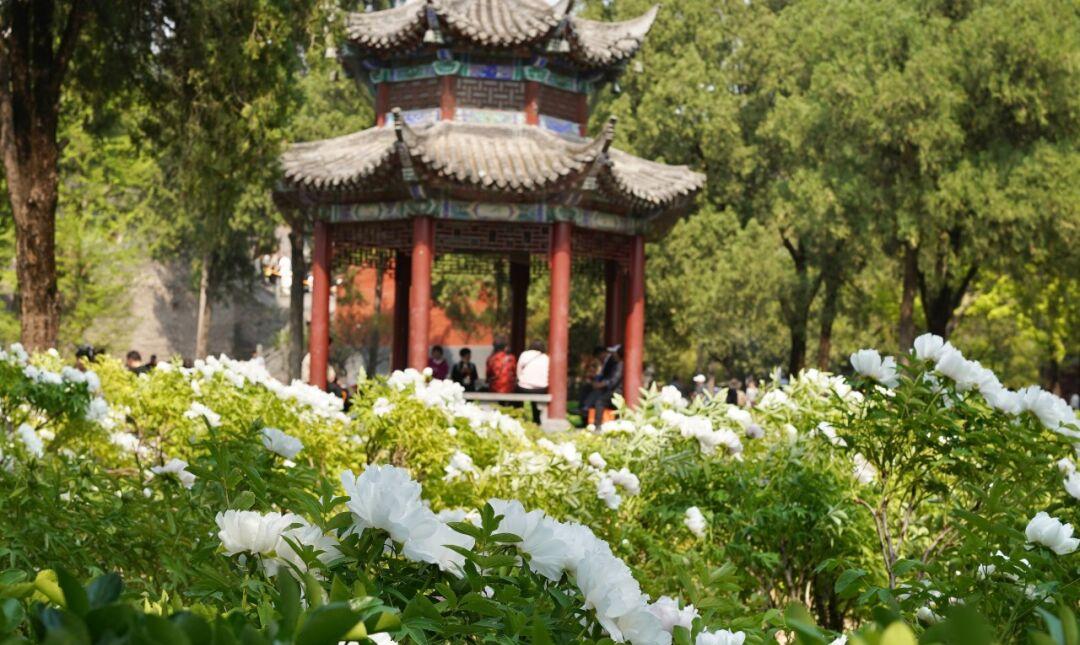
Yin Si Guan Ding features two layers of flat outer petals, with inner petals that are gently curled, exuding a delicate pink and white appearance.
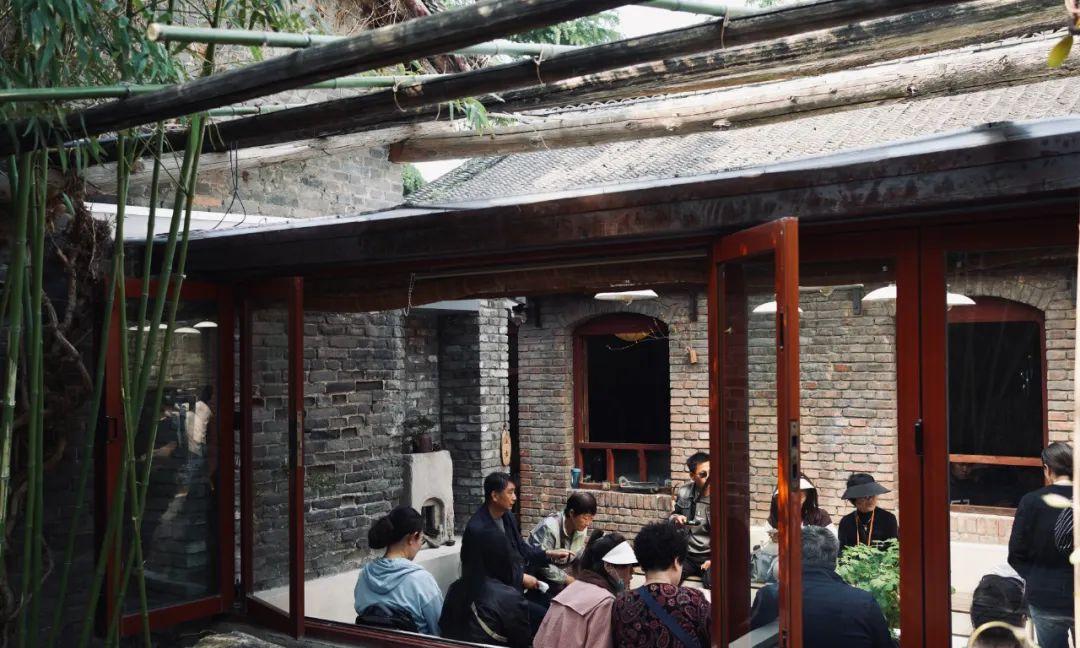
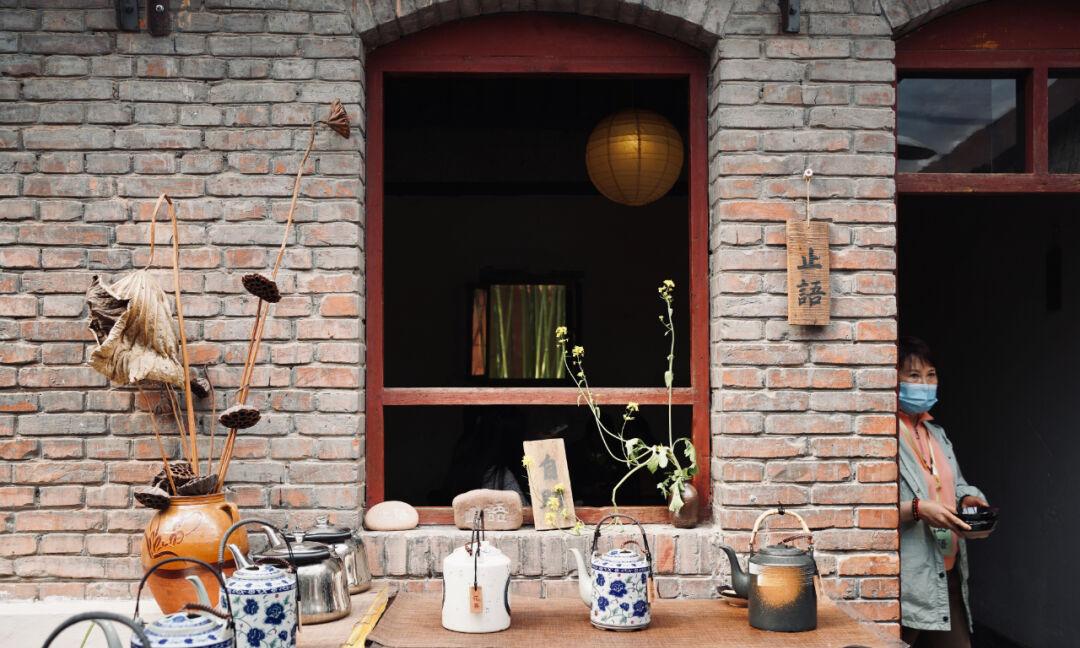
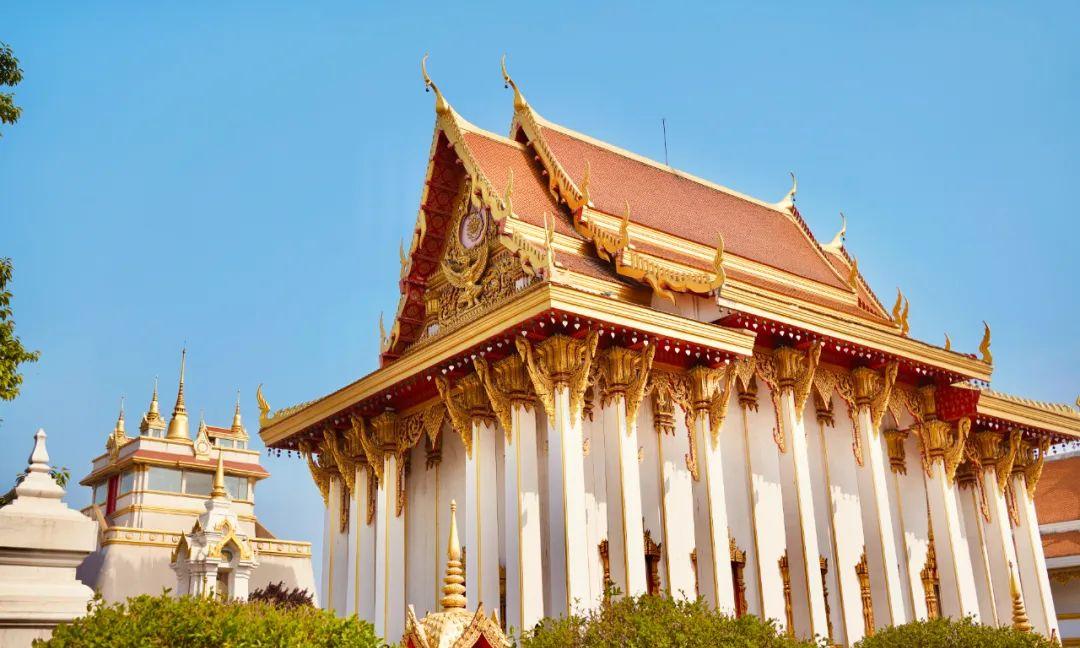
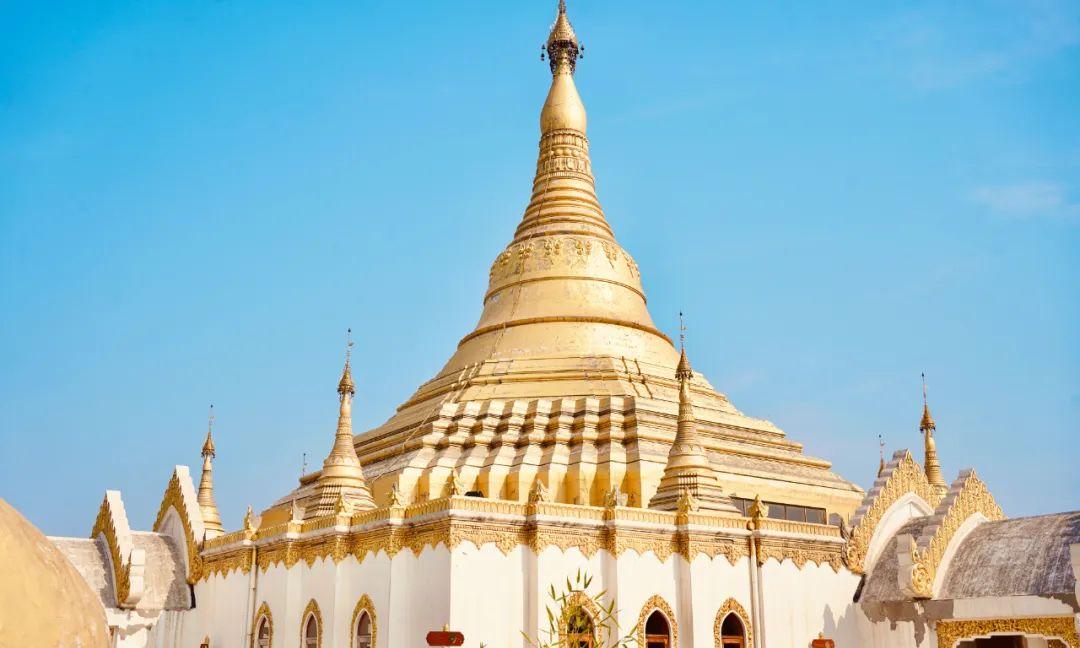
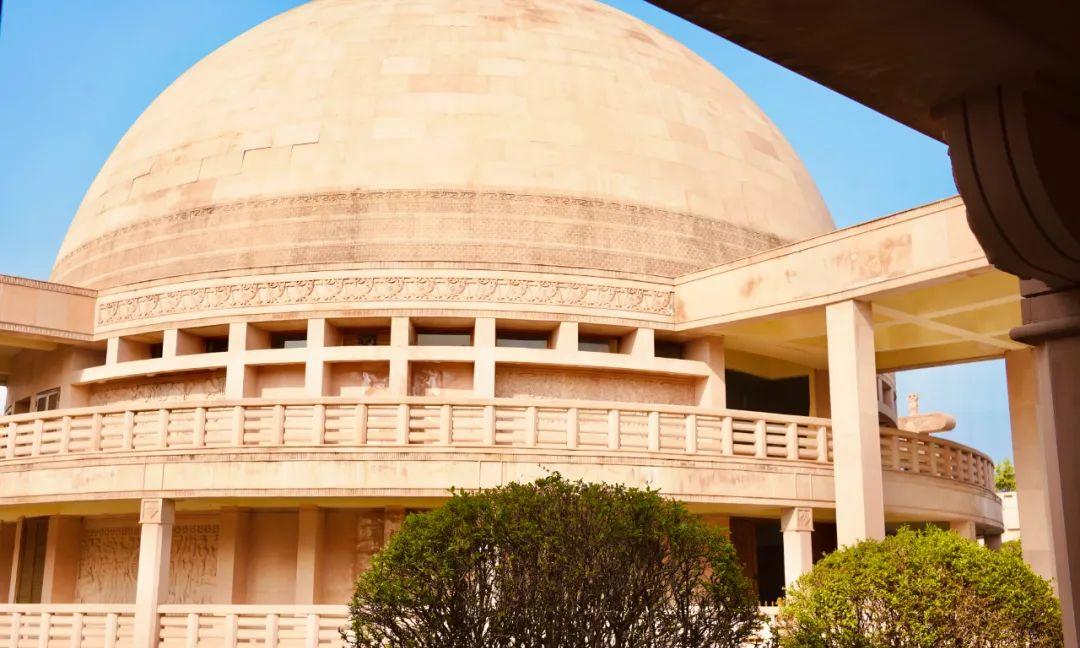
Here, there’s a guard overseeing the area, and you need to queue up for a photograph, receiving only a few seconds to take a shot. However, being able to get close and admire it is satisfying enough because the golden peony in Wangcheng Park can only be viewed from afar.
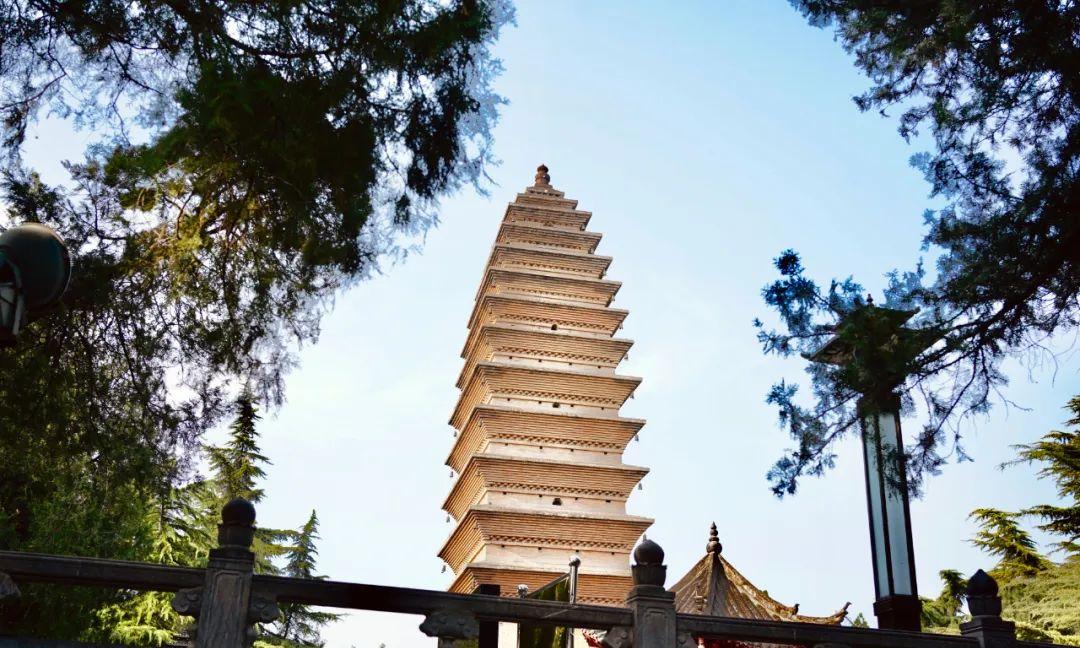
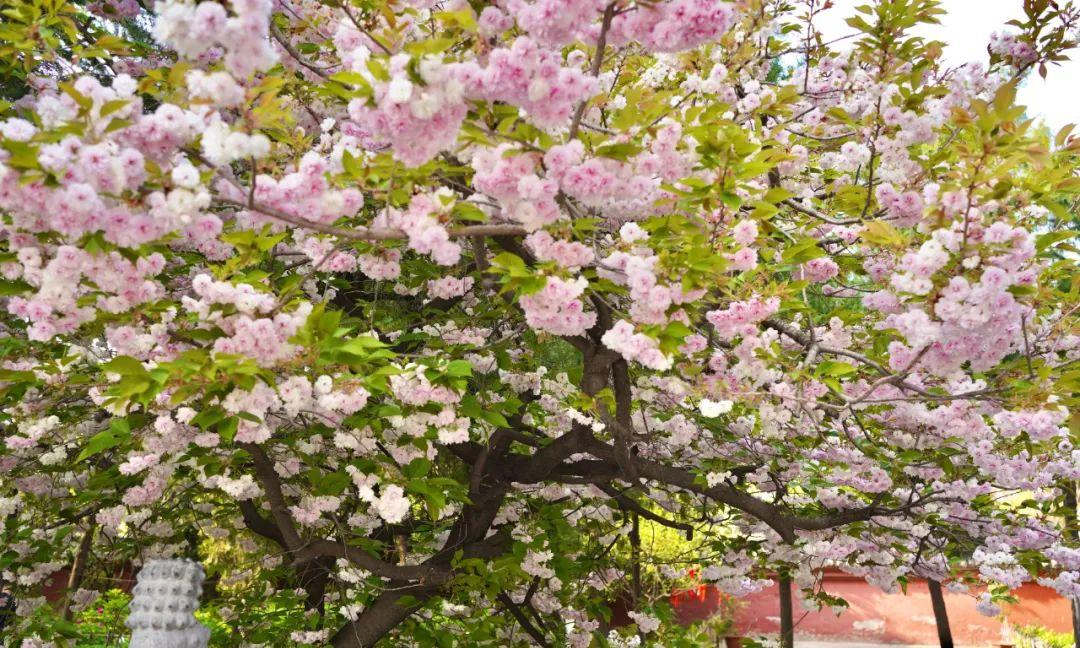
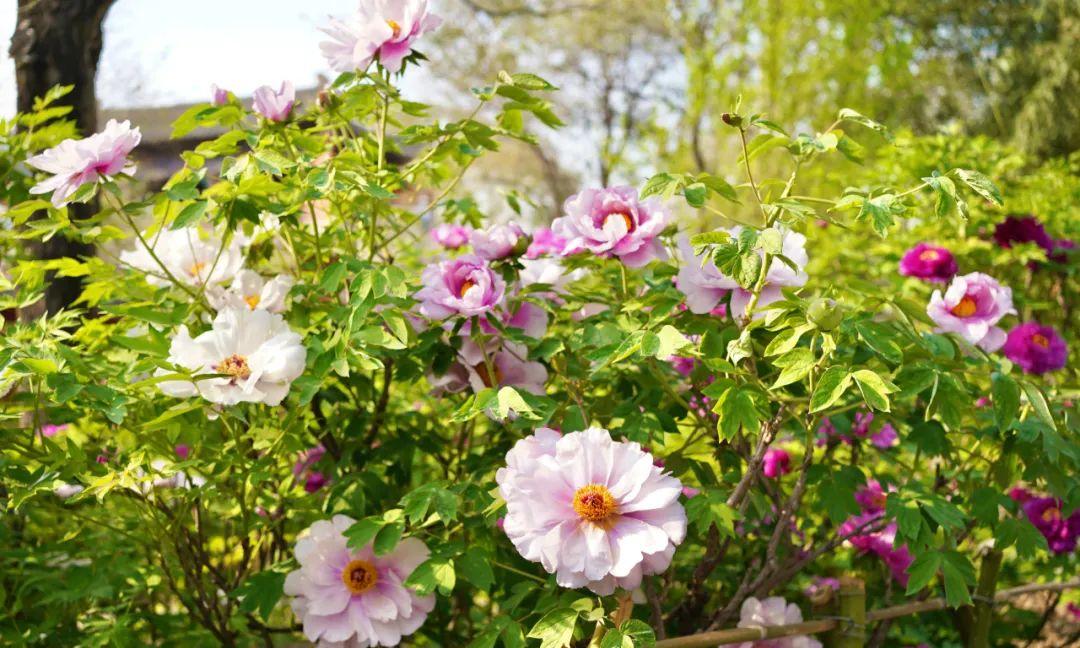
When I visited, it had just opened three blooms, and although the line was long, it moved quickly; I only waited about ten minutes.
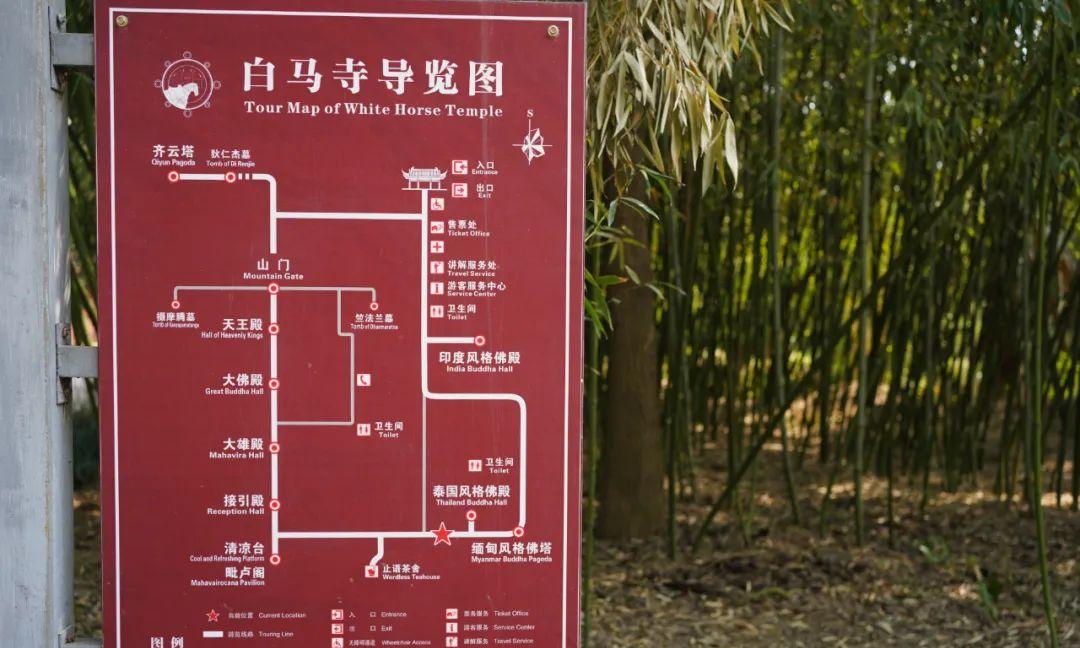
The Sui-Tang City Ruins Botanical Garden gives a sense of leisure, with options to ride on black-wheeled boats or four-wheel pedal bikes, plenty of shade, and amusement facilities—making it very suitable for families with children.
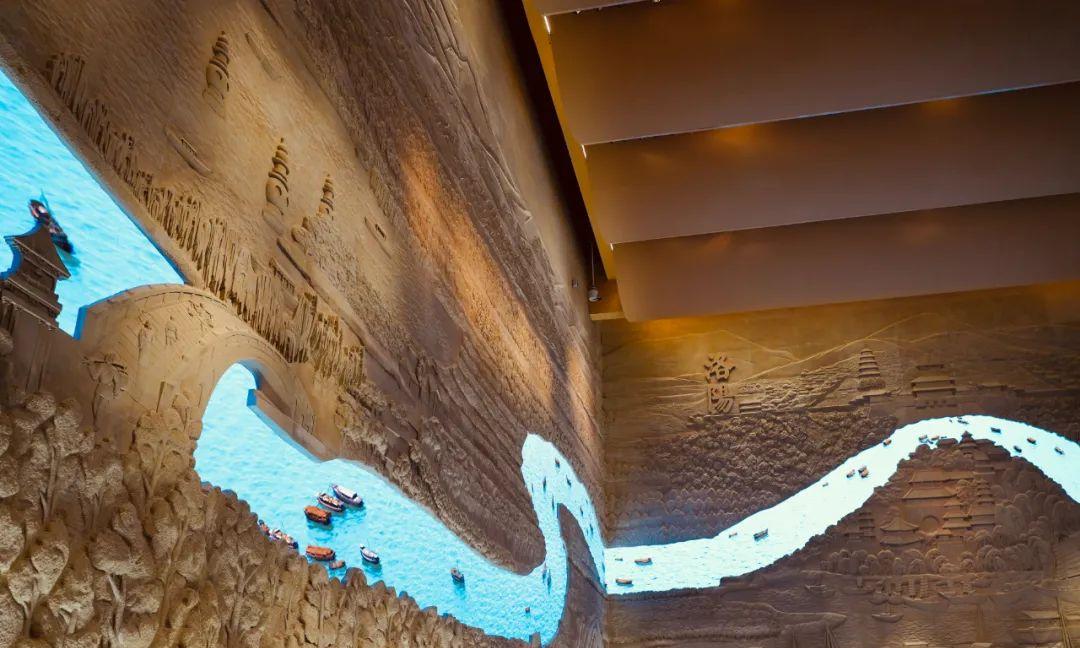
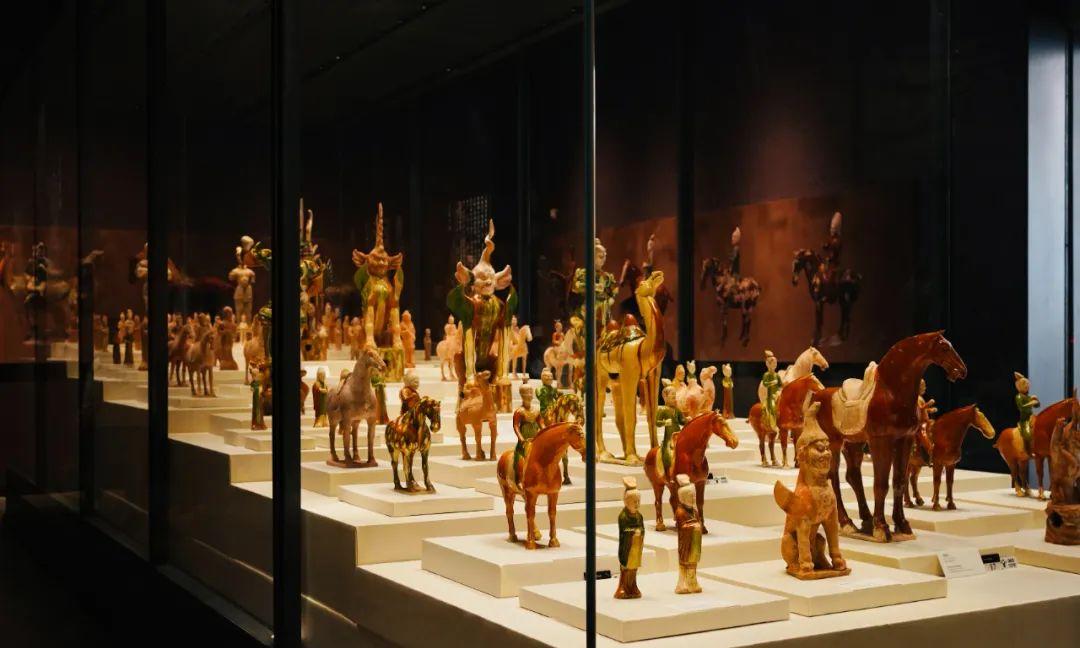
In summary: For those focused on peonies, visit Wangcheng Park; for those wanting to enjoy various spring flowers, go to the Chinese National Flower Garden; and for those looking to take photos or enjoy time with family, head to the Sui-Tang City Ruins Botanical Garden. Allocating a little over half a day for each peony garden is quite comfortable, with a simple visit taking around 2 hours.
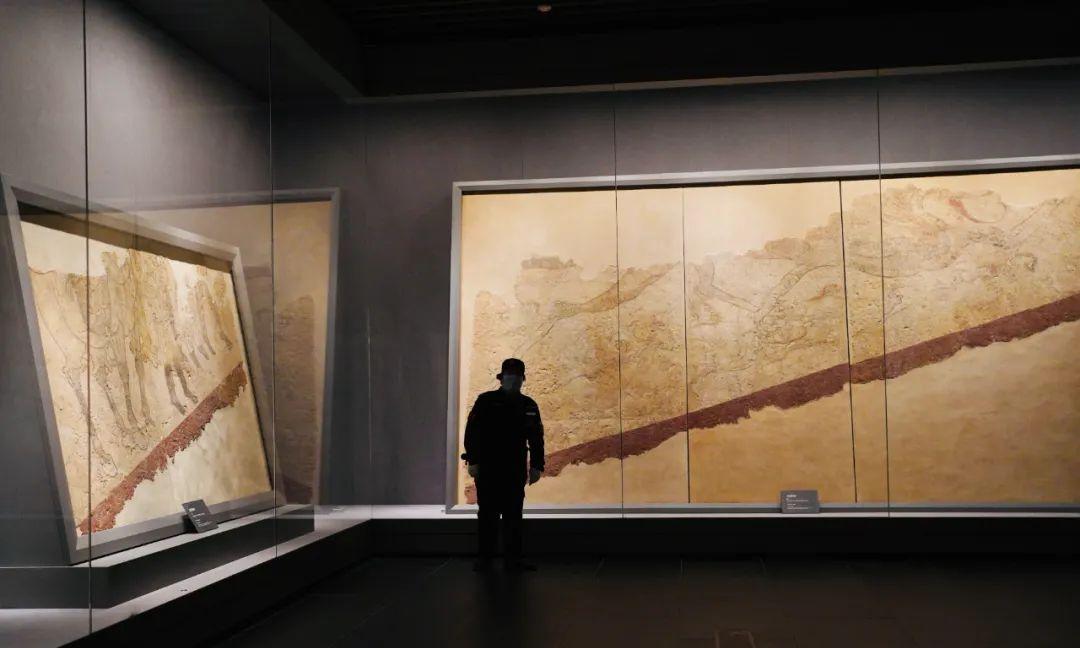
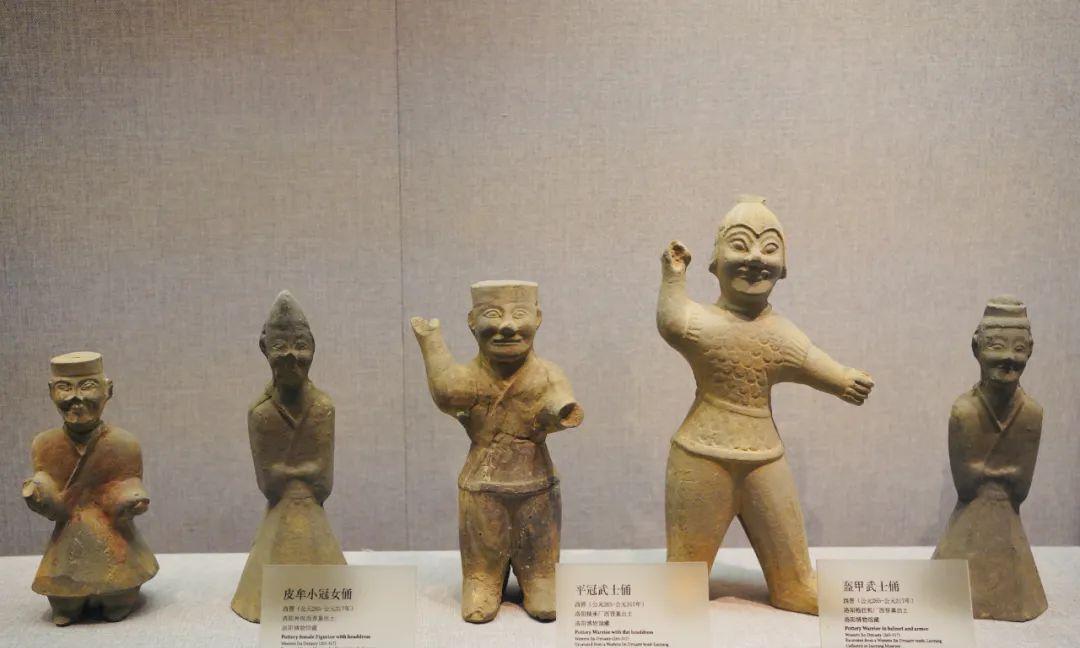
Part 2: Visiting Historical Sites
The two classic attractions in Luoyang, Longmen Grottoes and Baima Temple, are a must-visit. These attractions are relatively far from the city center, but public transport and tourist lines can reach them. I typically take a ride-hailing service for far-off scenic spots, and during the Peony Festival, it is easy to get a taxi, so there’s no need to worry about the return trip.
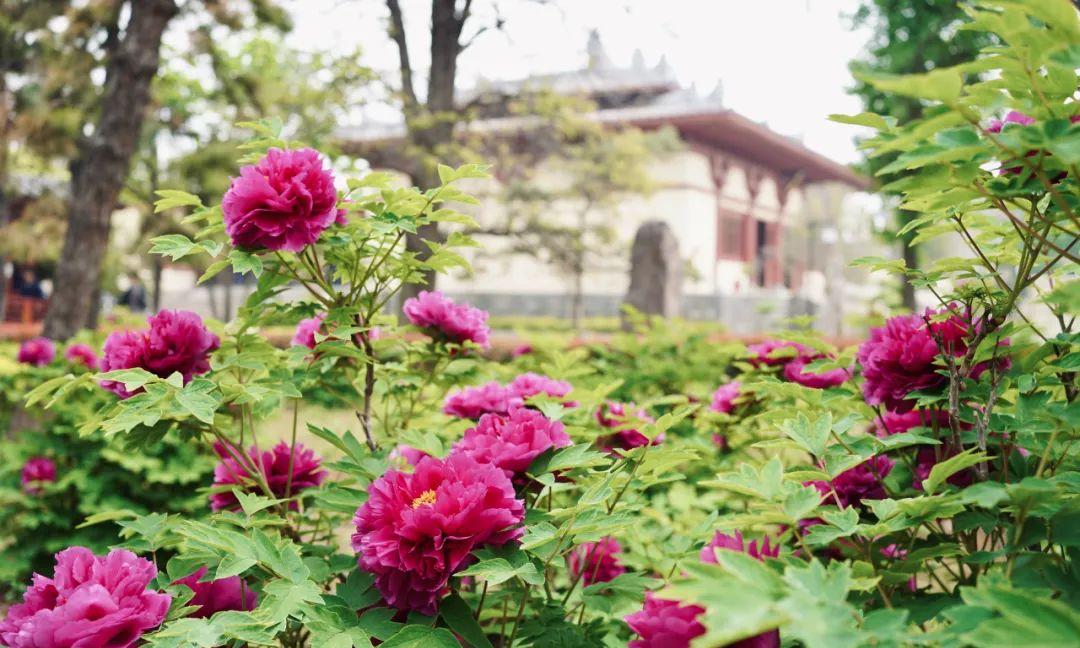
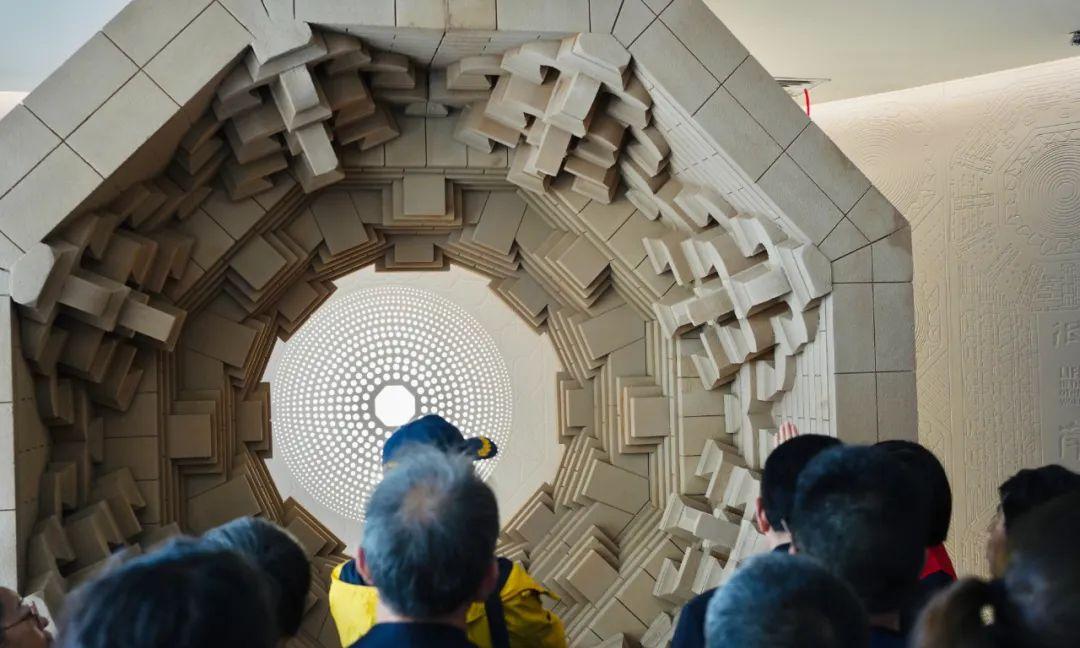
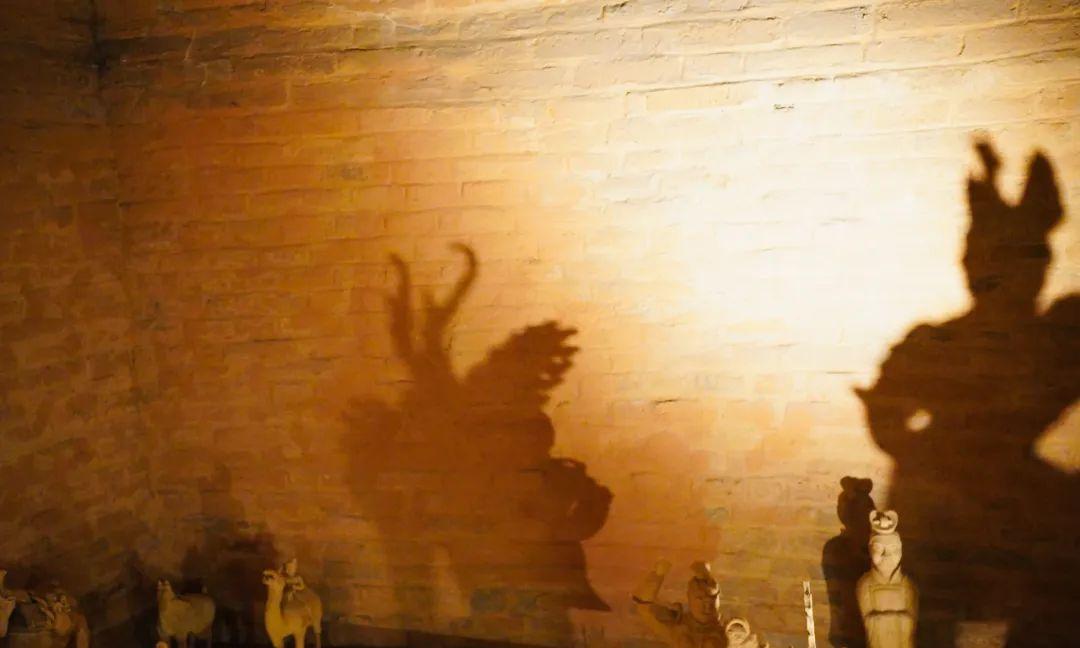
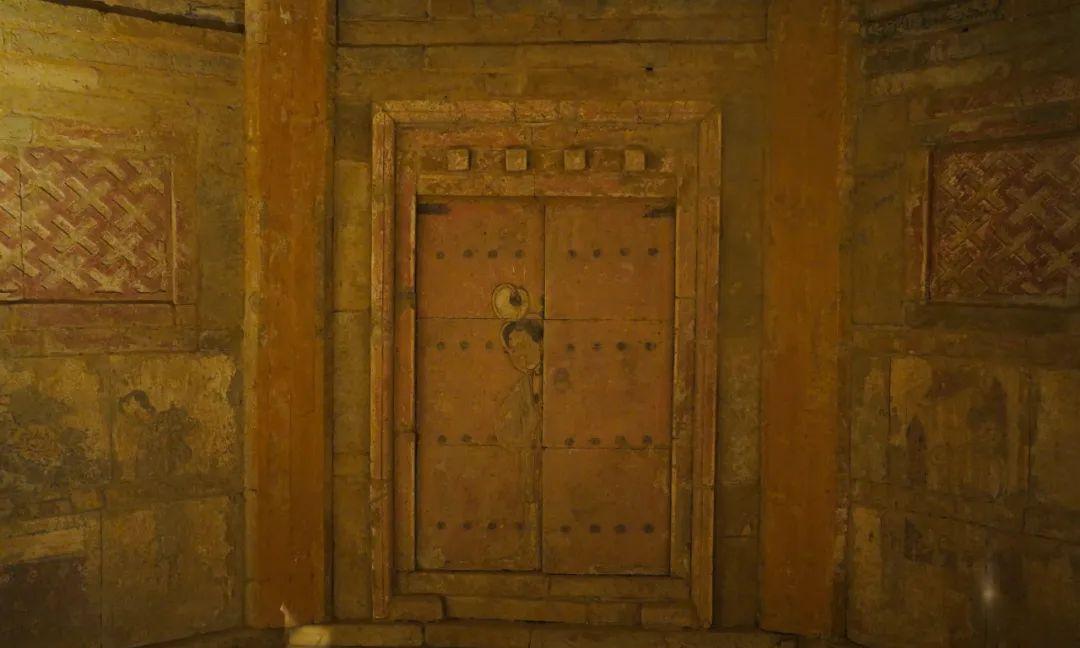
Longmen Grottoes
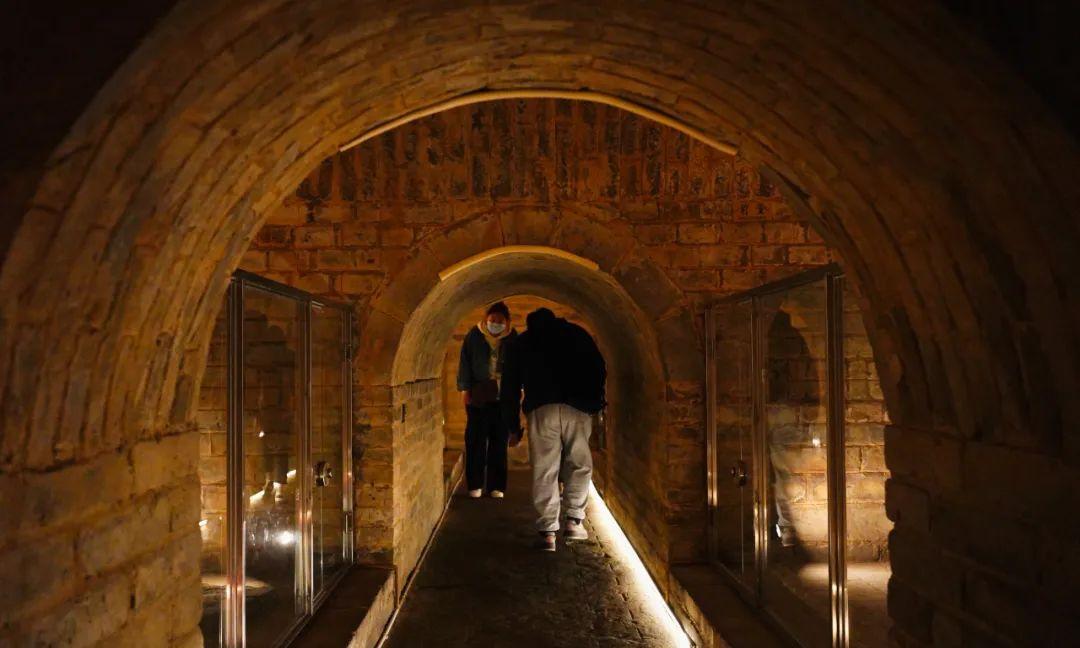
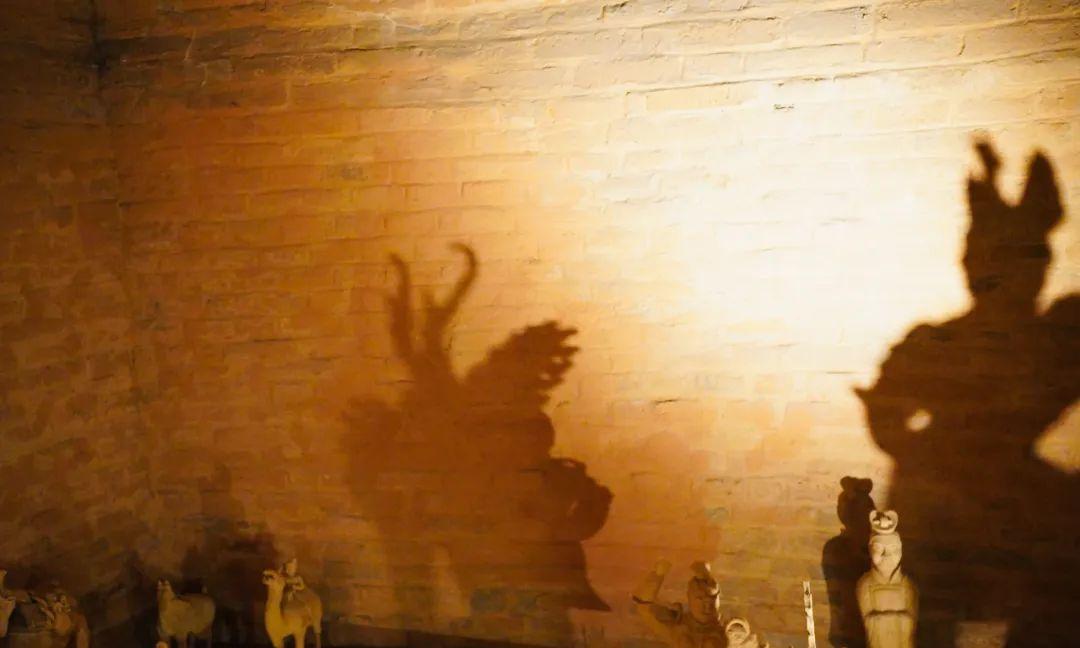
⏰: Night tours have been open since March 20, 8:00 AM – 9:00 PM
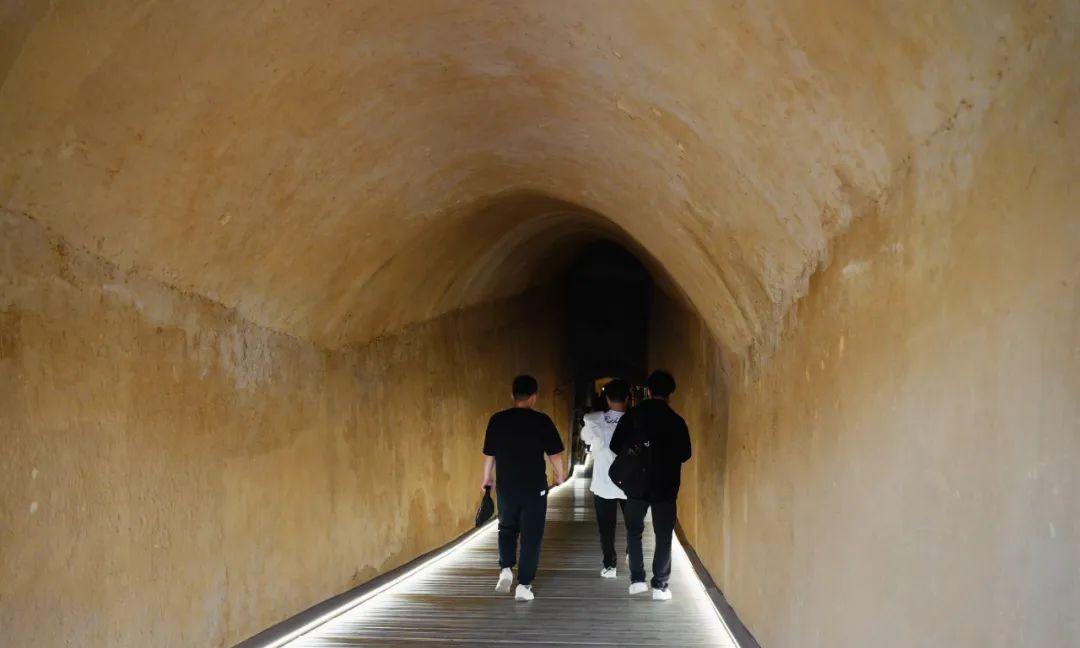
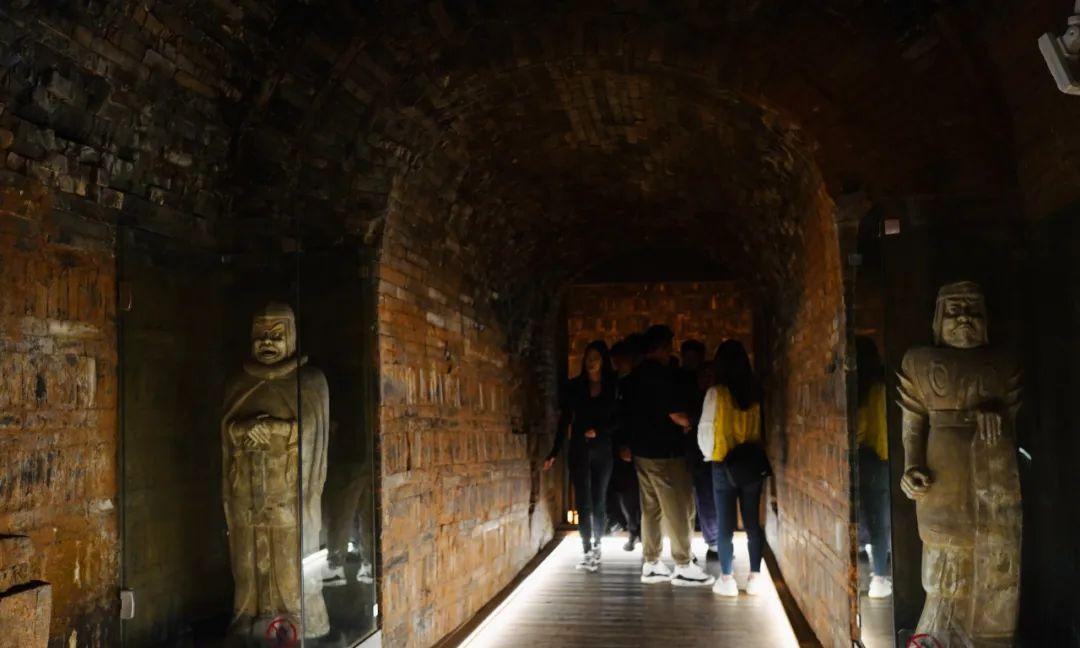
🎫: Full-price ticket 90 yuan/person
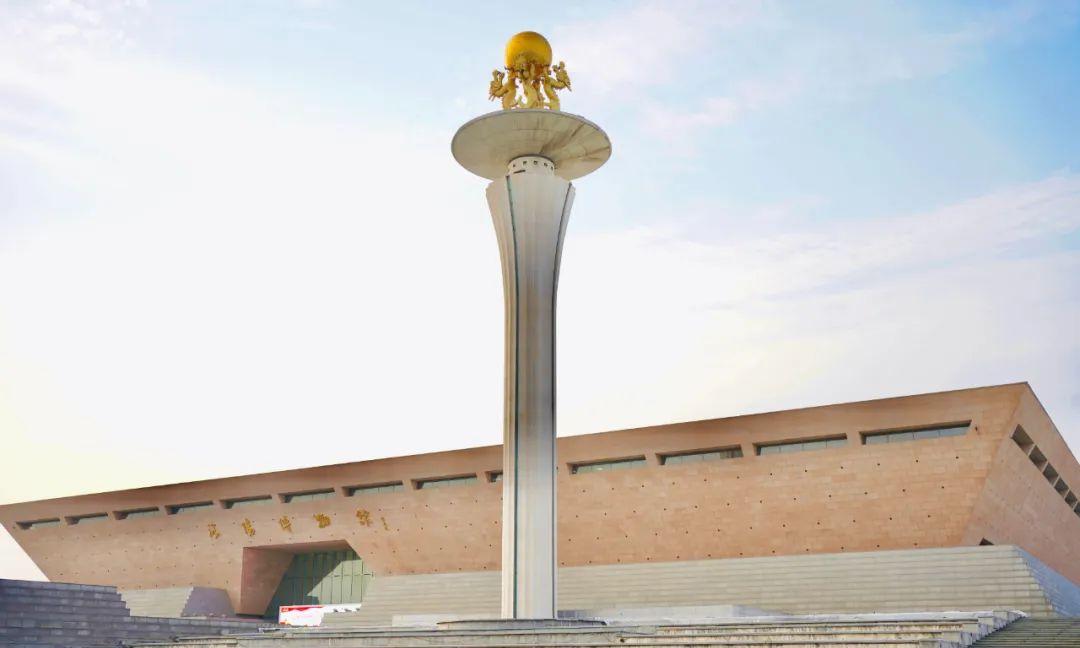
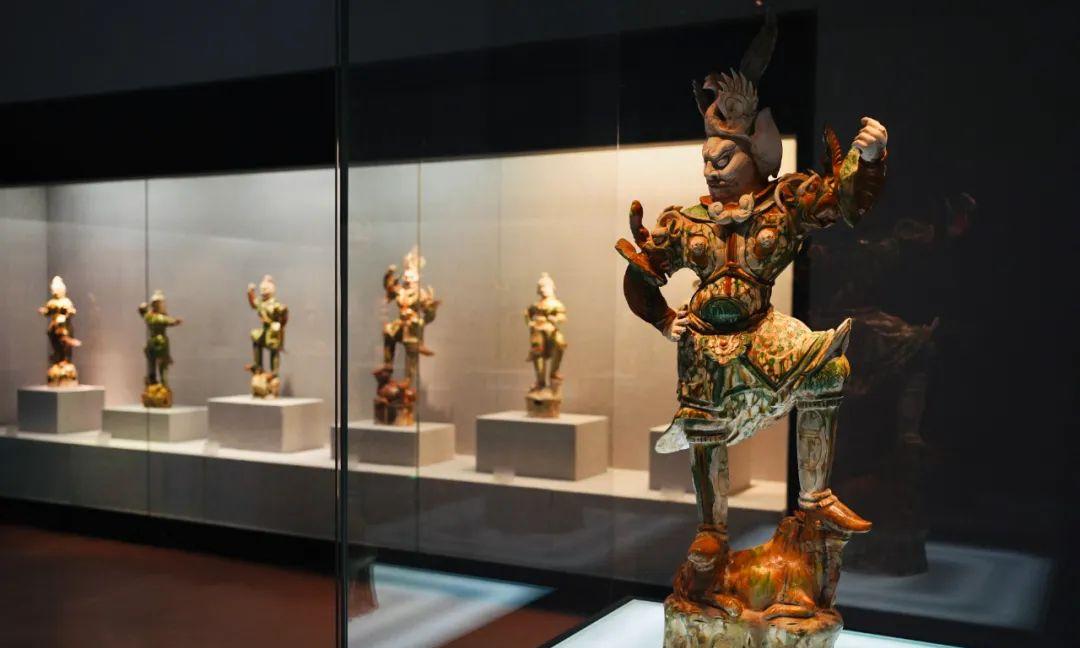
Longmen Grottoes is one of China’s four major cave temples, representing “the pinnacle of Chinese stone carving art” and a UNESCO World Heritage Site. Excavated during the Northern Wei dynasty, it flourished during the Tang dynasty and continued to be built until the late Qing dynasty, spanning over 1,400 years across more than ten dynasties.
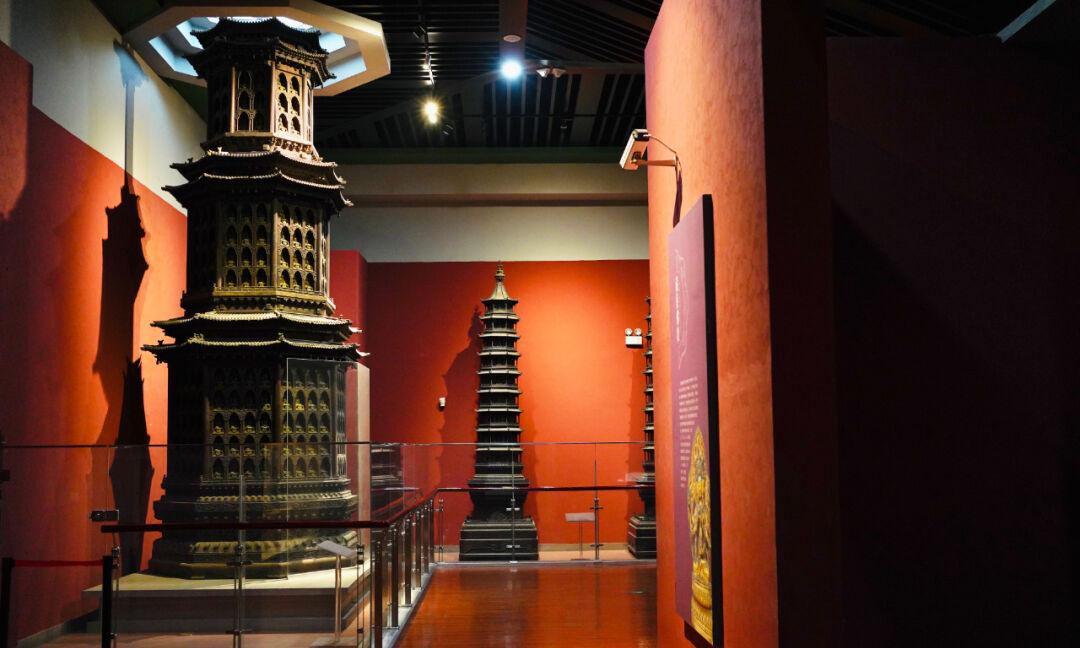
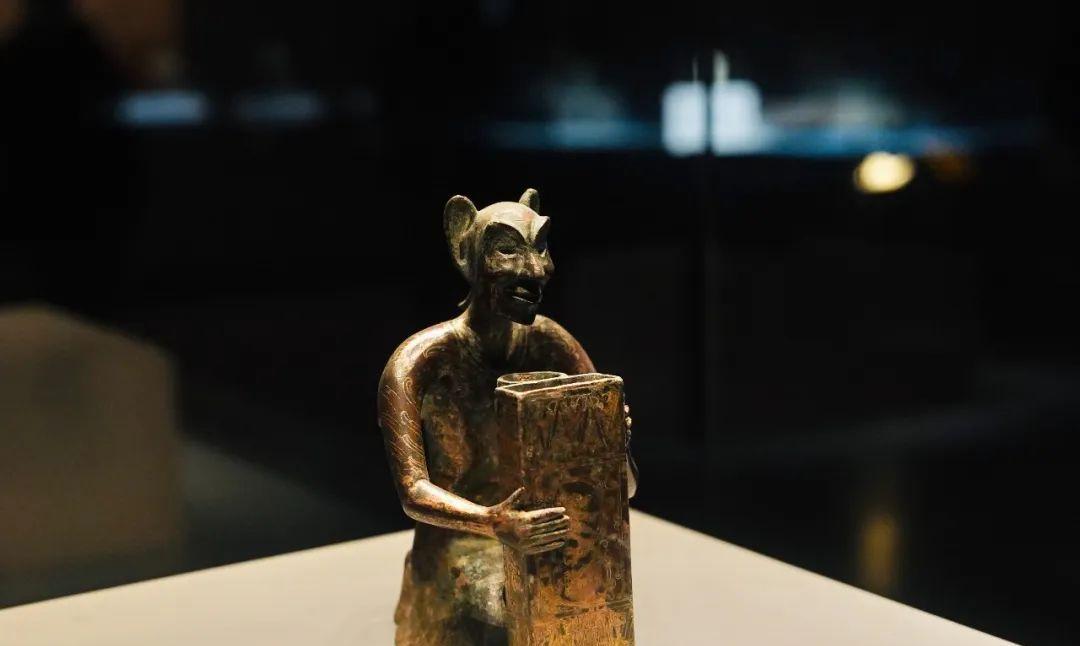
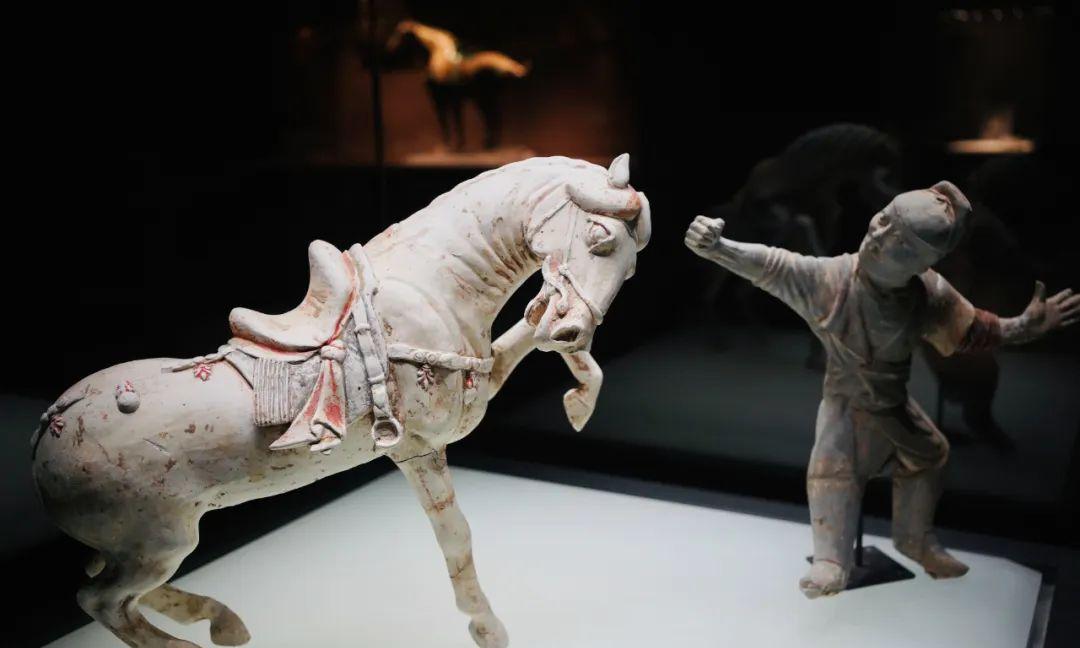
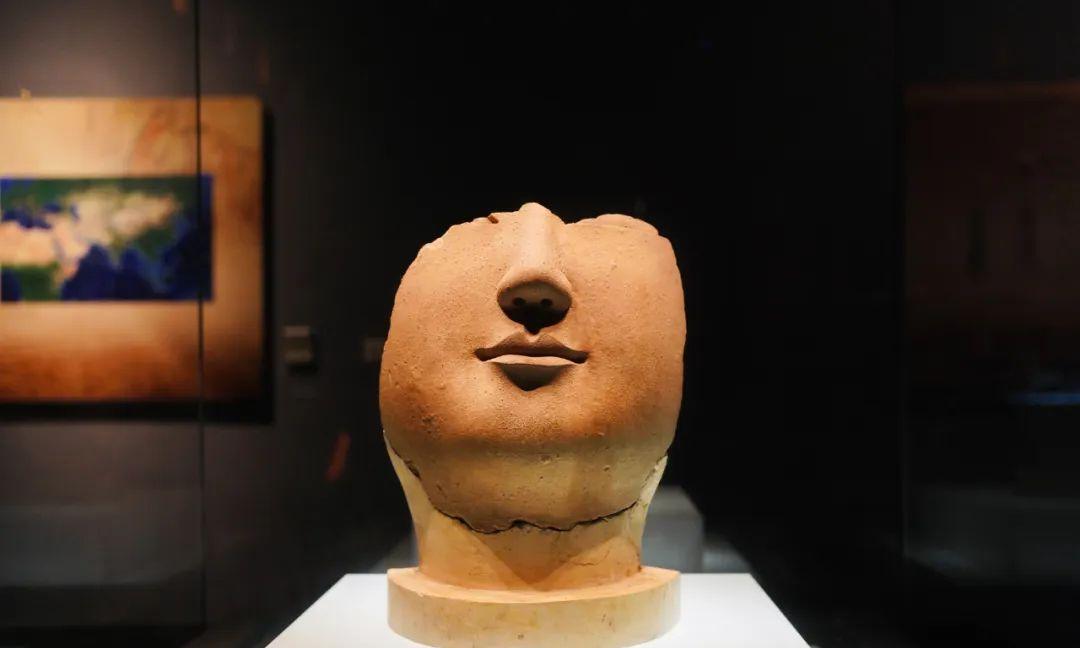
The advantage of Longmen Grottoes lies in the multitude of caves and statues, although there’s significant damage, with many statues missing arms and legs, primarily due to human theft and destruction.
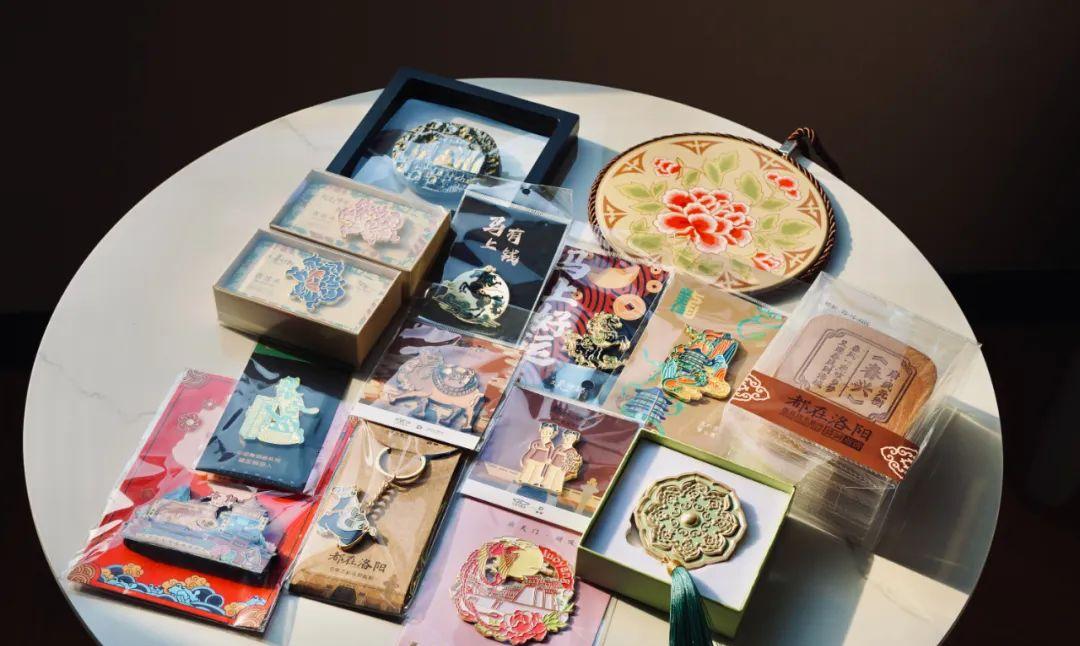
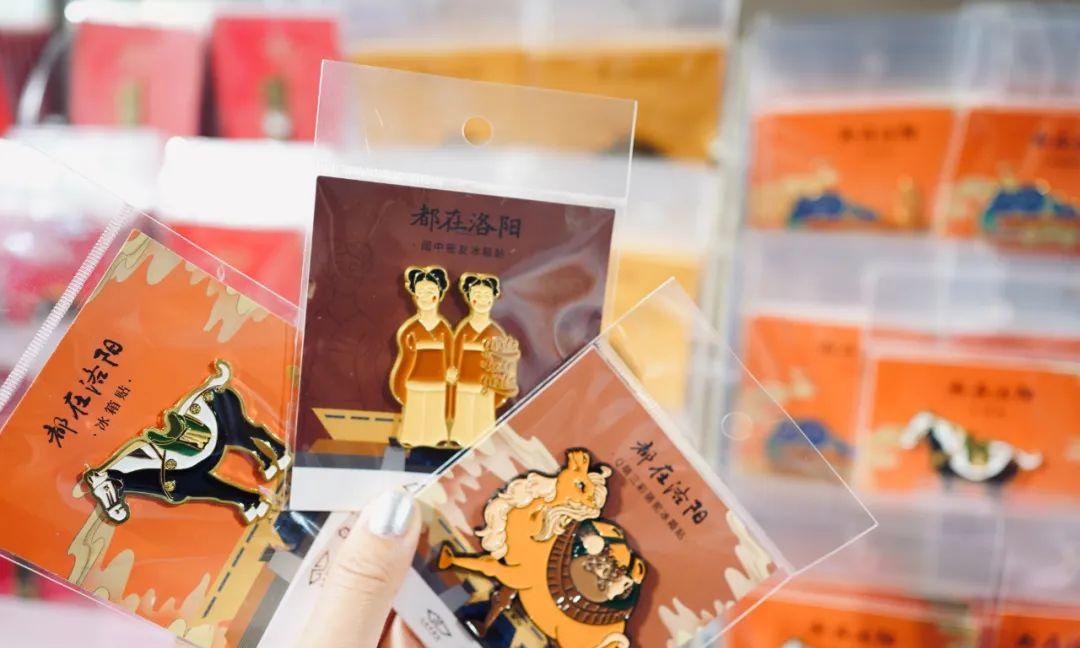
Longmen Grottoes are divided into the West Mountain Grottoes, East Mountain Grottoes, Xiangshan Temple, and Baiyuan areas. The daytime tour route is quite simple; just enter from the northwest gate and proceed sequentially.
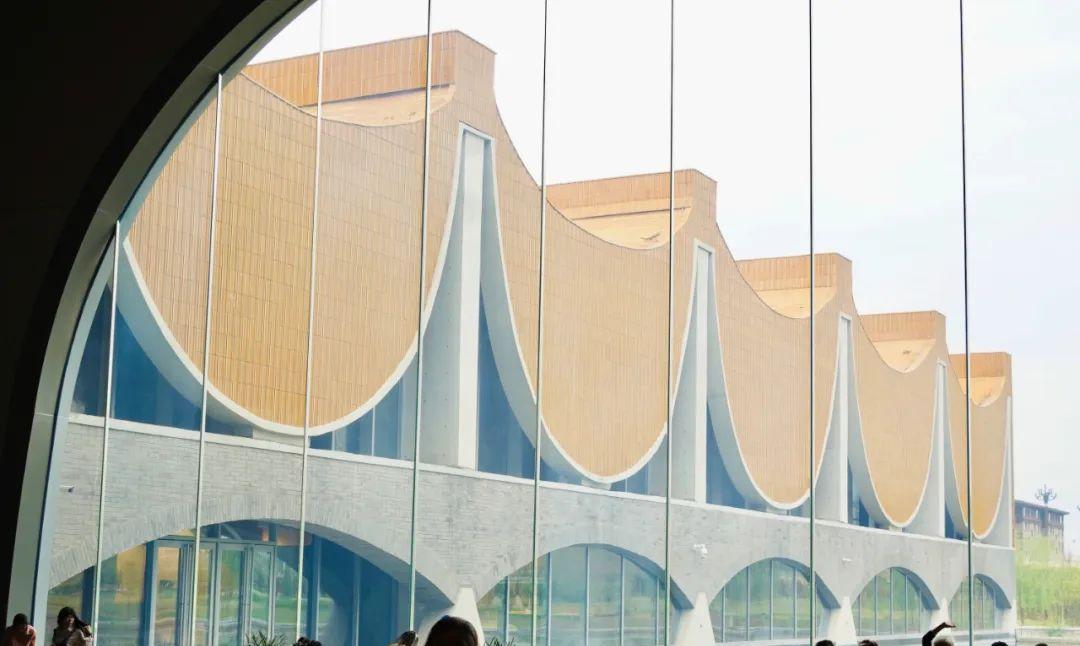
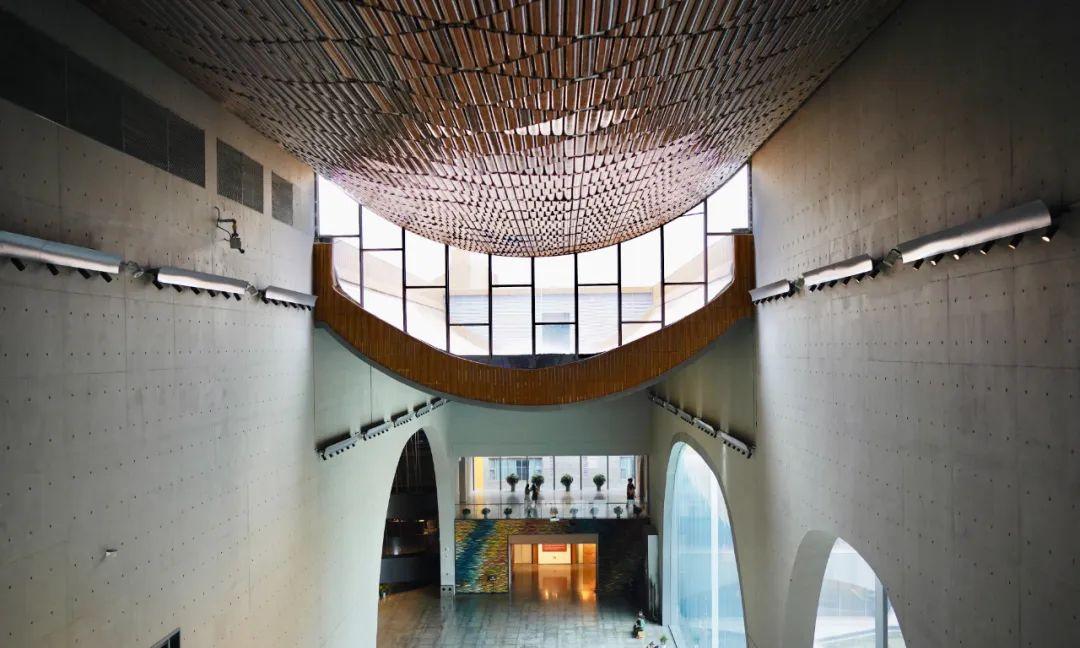
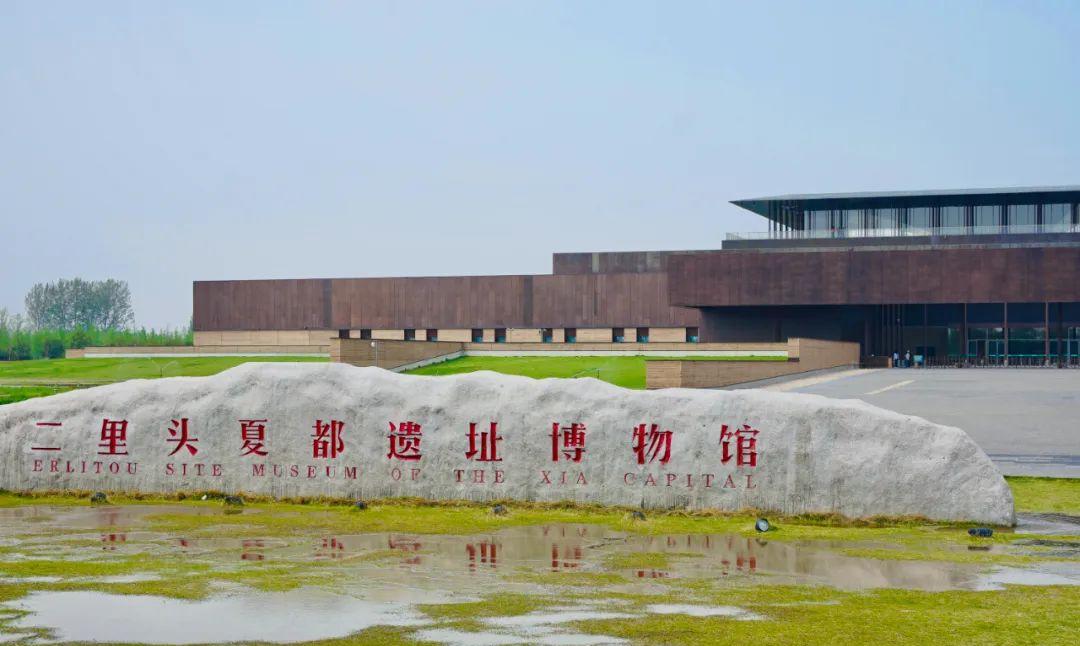
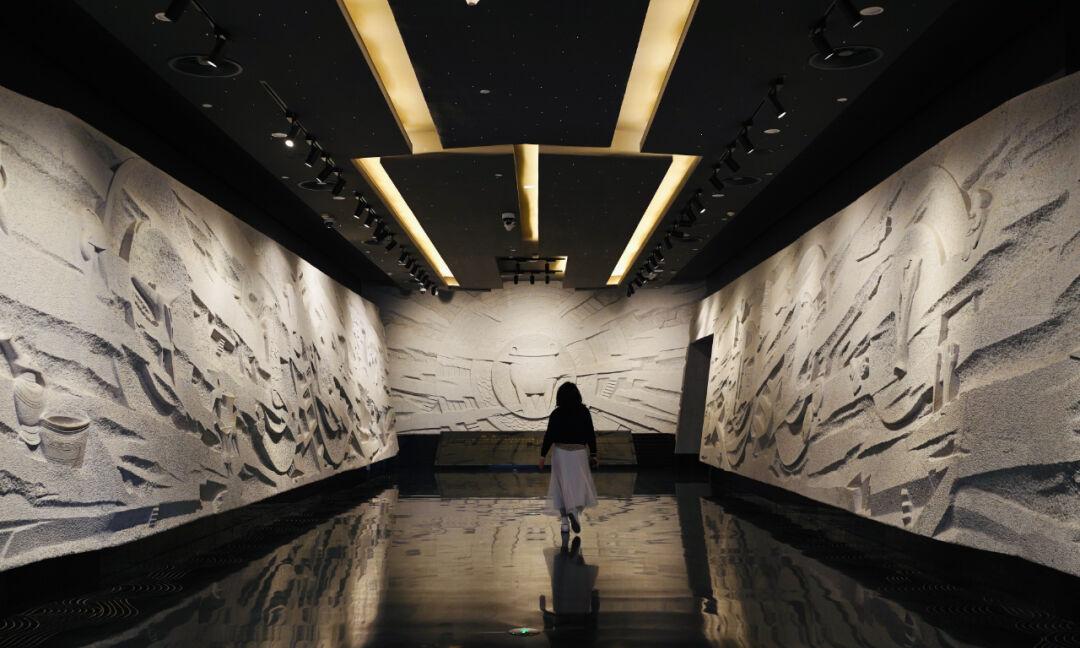
Today, I mainly want to share how to enjoy the night tour. When the caves are illuminated, the effect is extraordinarily stunning.
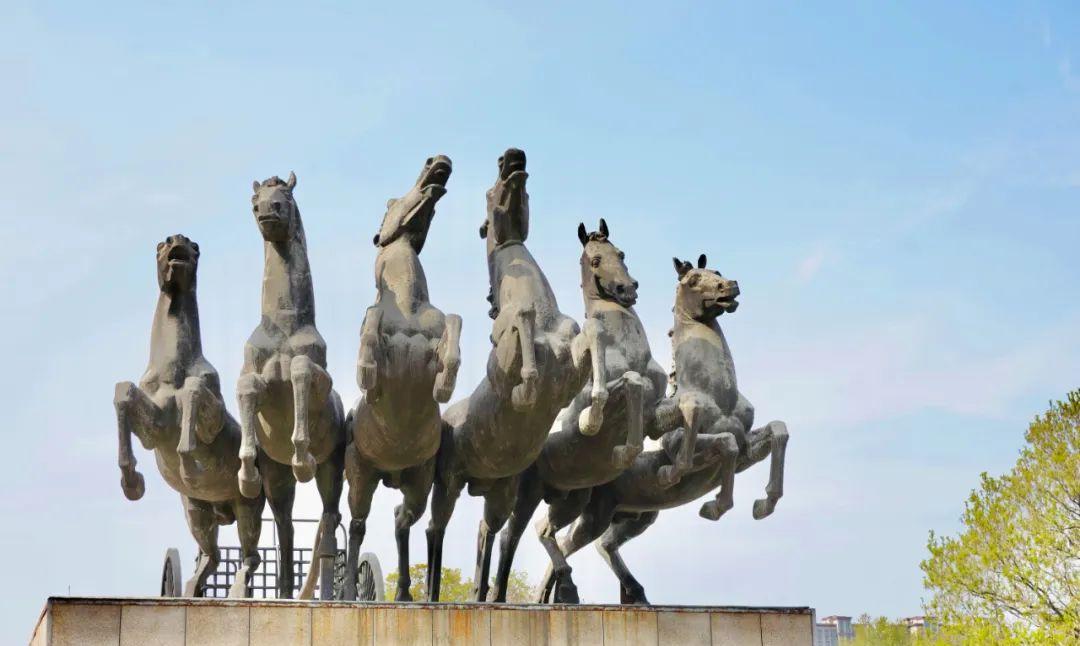
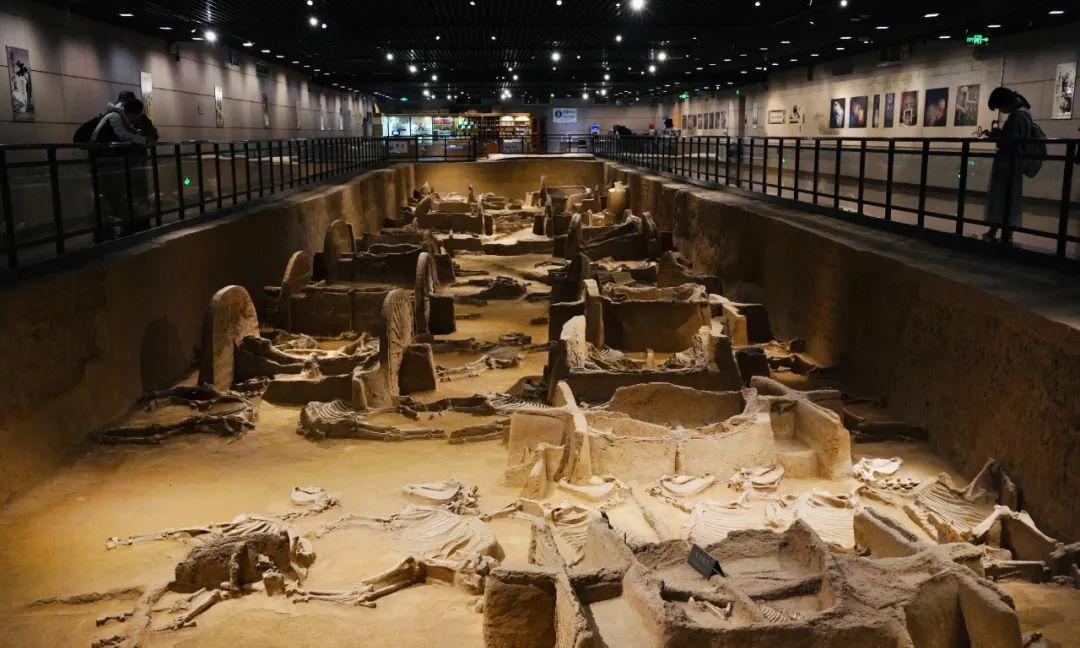
Solar-powered lights illuminate the caves, and the lighting timing varies based on sunlight conditions. I saw the lights turn on at around 6:30 PM, with other caves lighting up sequentially. By 7:00 PM, many lights were on, and the scene was particularly beautiful.
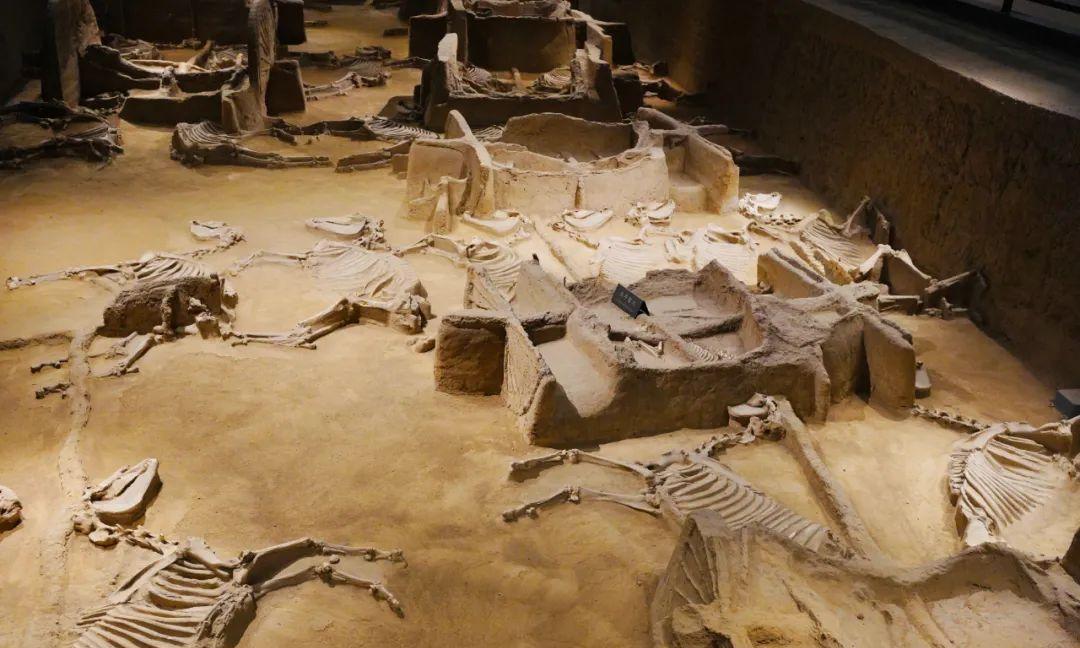
At night, only the West Mountain Grottoes and Xiangshan Temple are open. Baiyuan is the tomb area of Bai Juyi, picturesque and serene, worth visiting, but it closes at 5:30 PM, so be sure to get there before closing time.
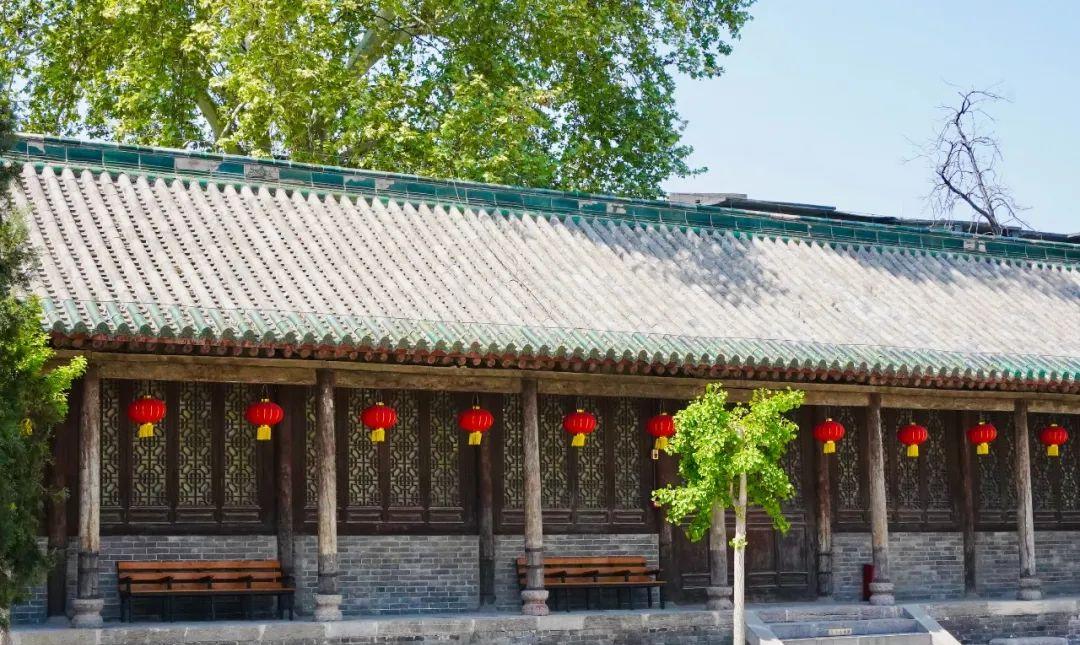
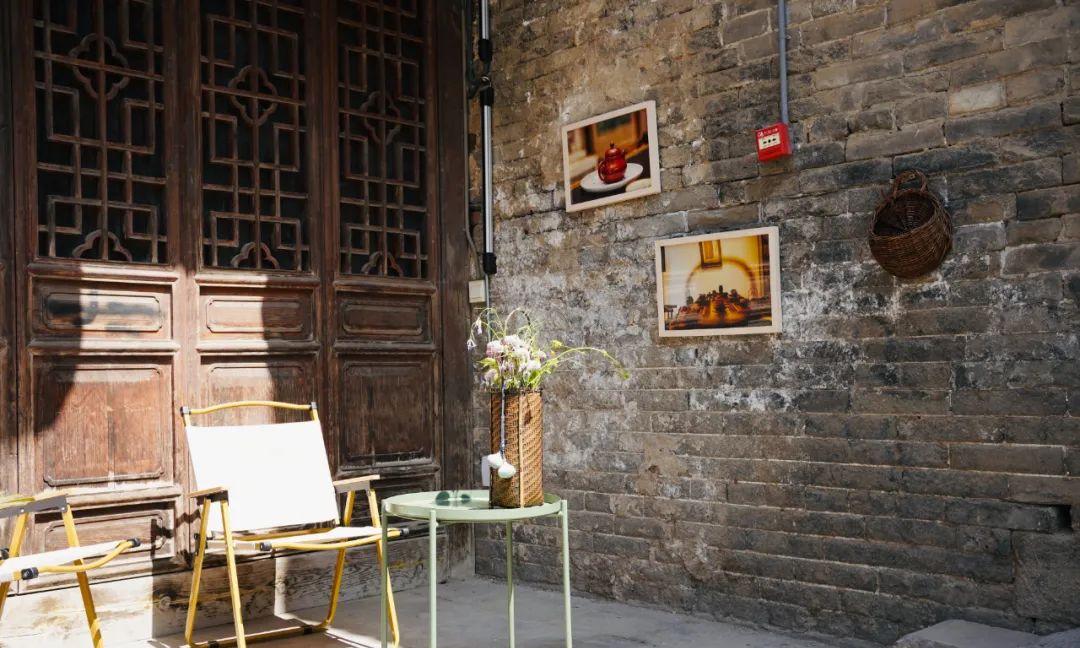
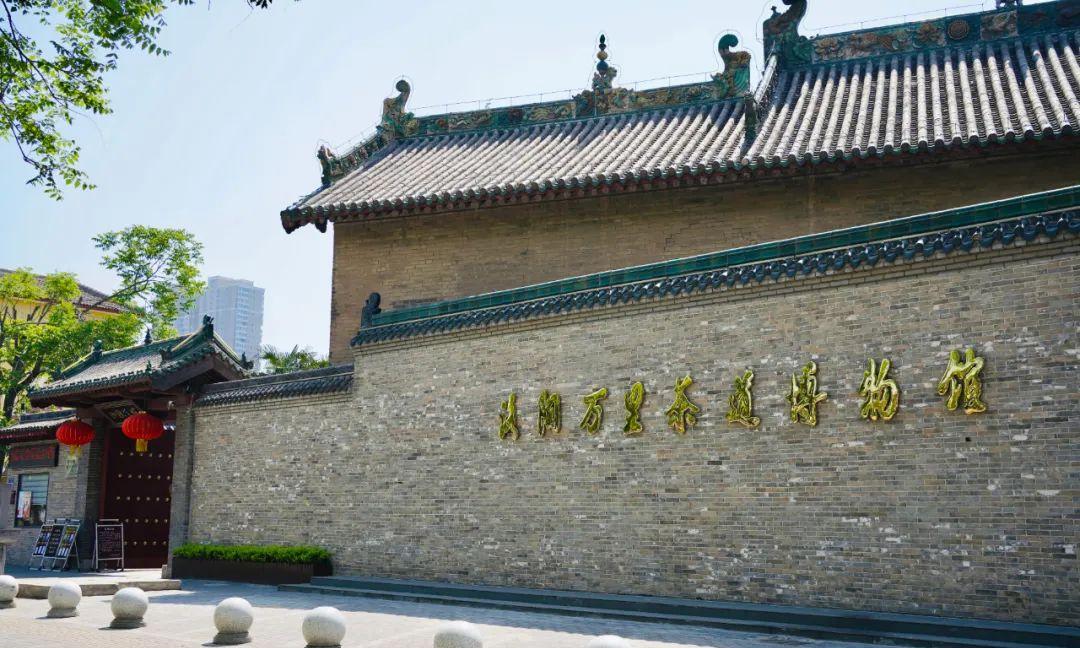
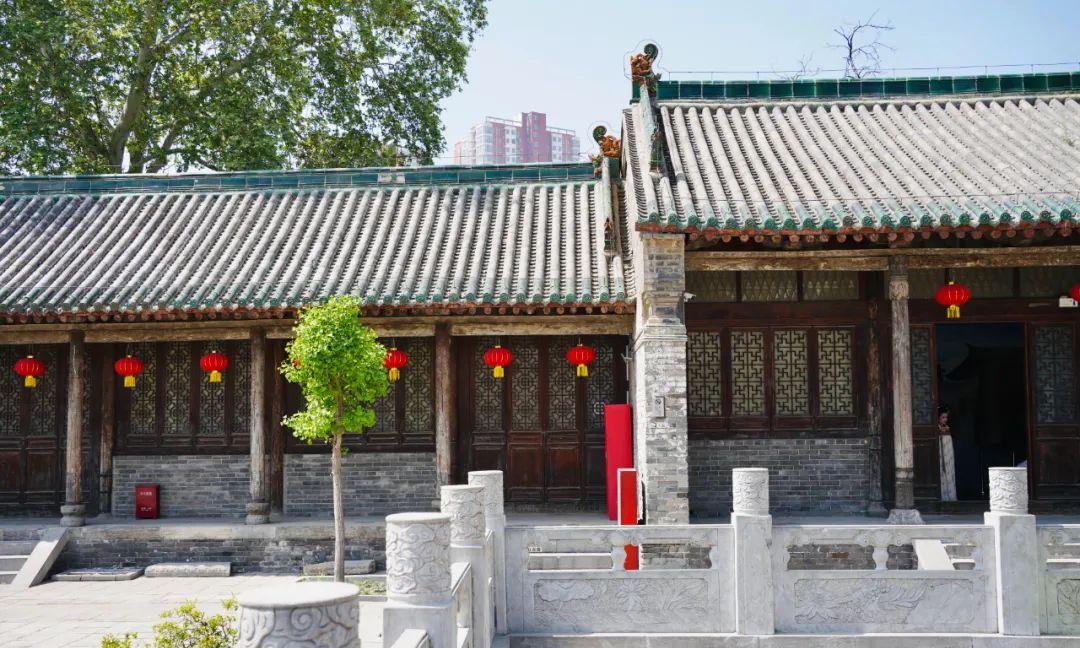
You cannot return from the East Mountain Grottoes back to the West Mountain, so choosing a night tour skips the East Mountain Grottoes. Fortunately, the highlights are all in the West Mountain, so not visiting the East Mountain won’t be too disappointing.
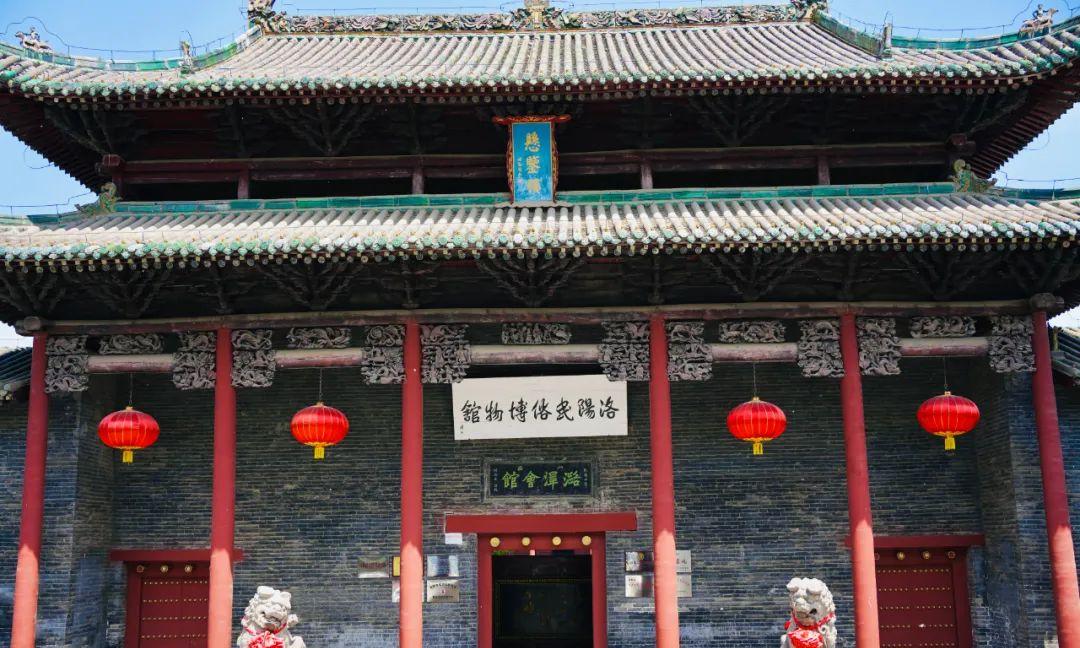
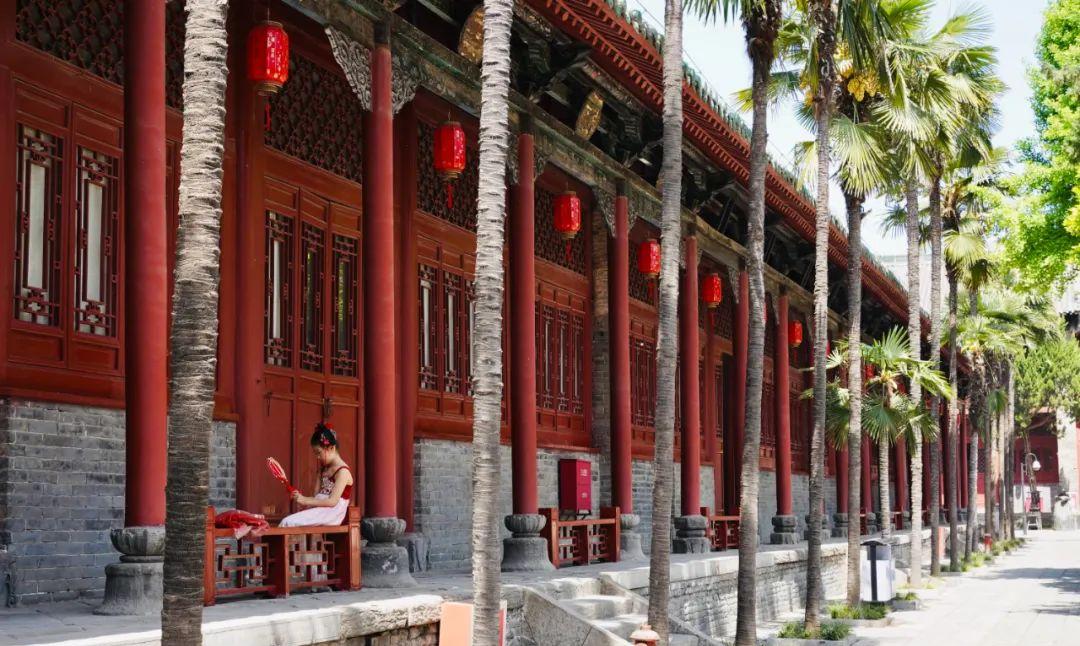
Typically, a visit to Longmen Grottoes takes just over 3 hours, and you can follow my night tour route:
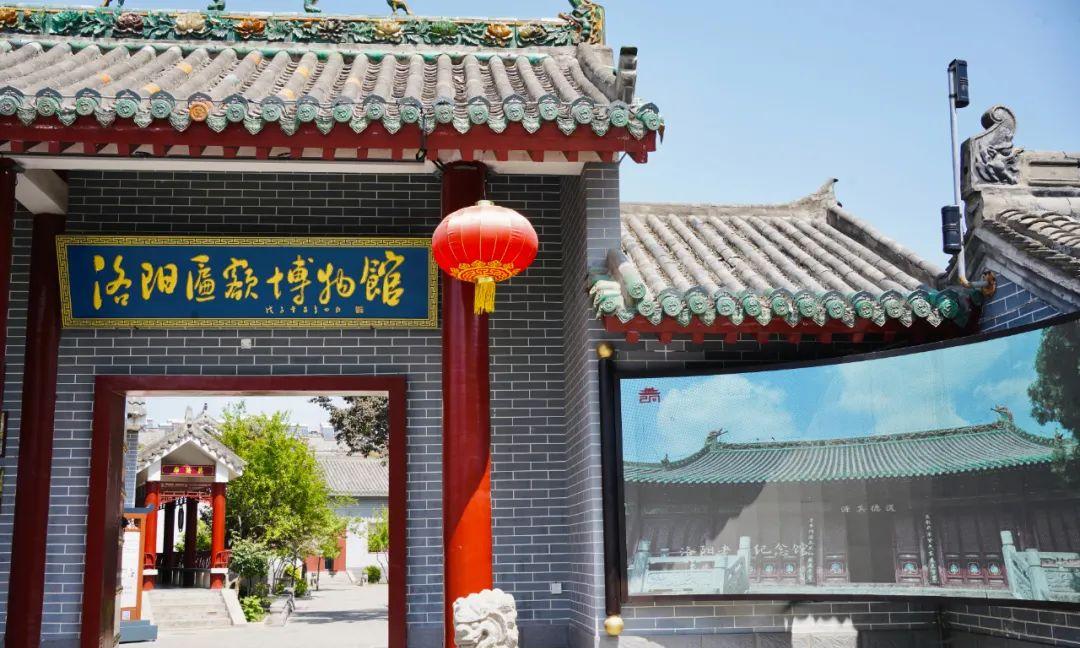
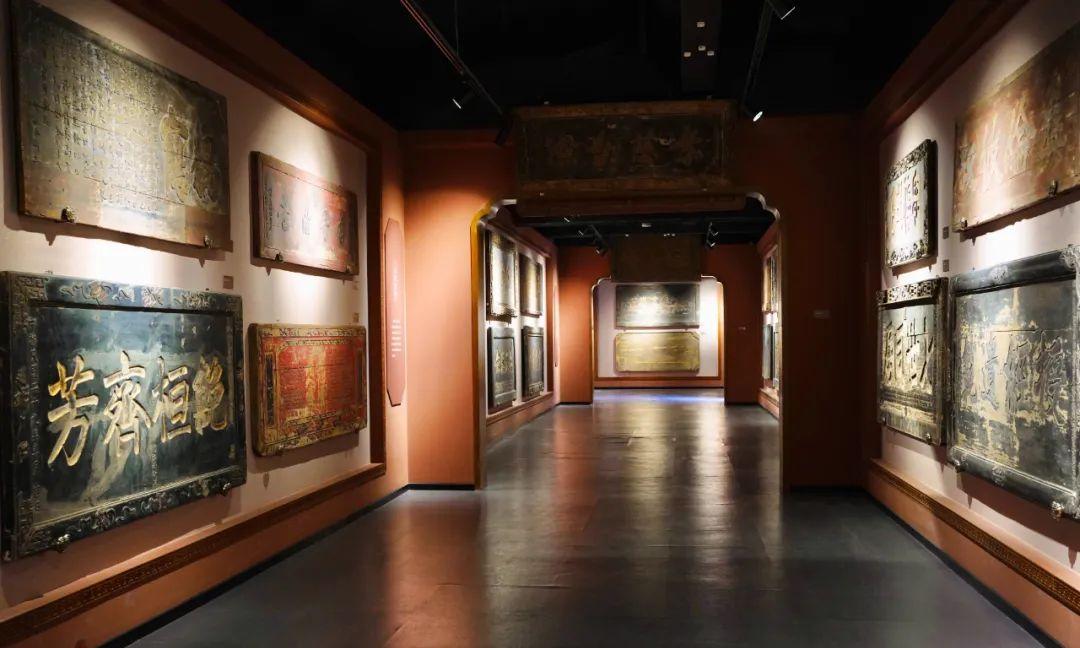
Buy tickets for the time slot between 3:00 PM and 5:30 PM, enter the park around 4:00 PM from the Northeast Service Area, walk 1.5 kilometers to Baiyuan (there are beautiful blooming peonies along this route, so you can walk; if you don’t want to walk, there’s a 10 yuan one-way electric car). After touring Baiyuan, head to the ticket entrance for the West Mountain Grottoes, then view Bingyang Cave, Wanfo Cave, and the Large Buddha of Lushena from north to south until the lights come on at 6:30 PM.
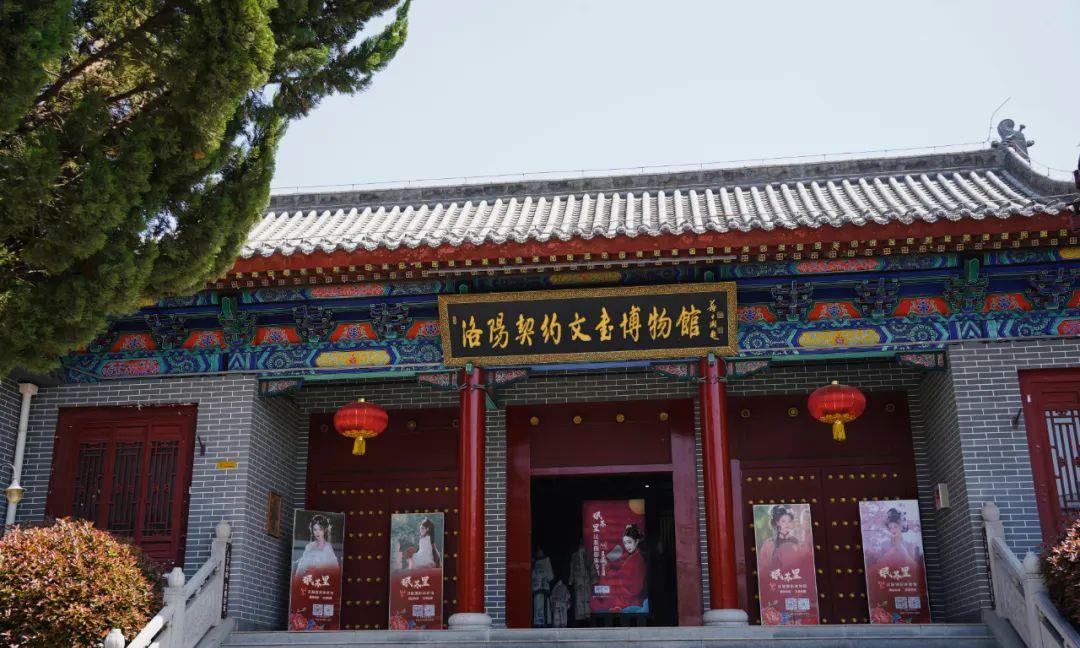
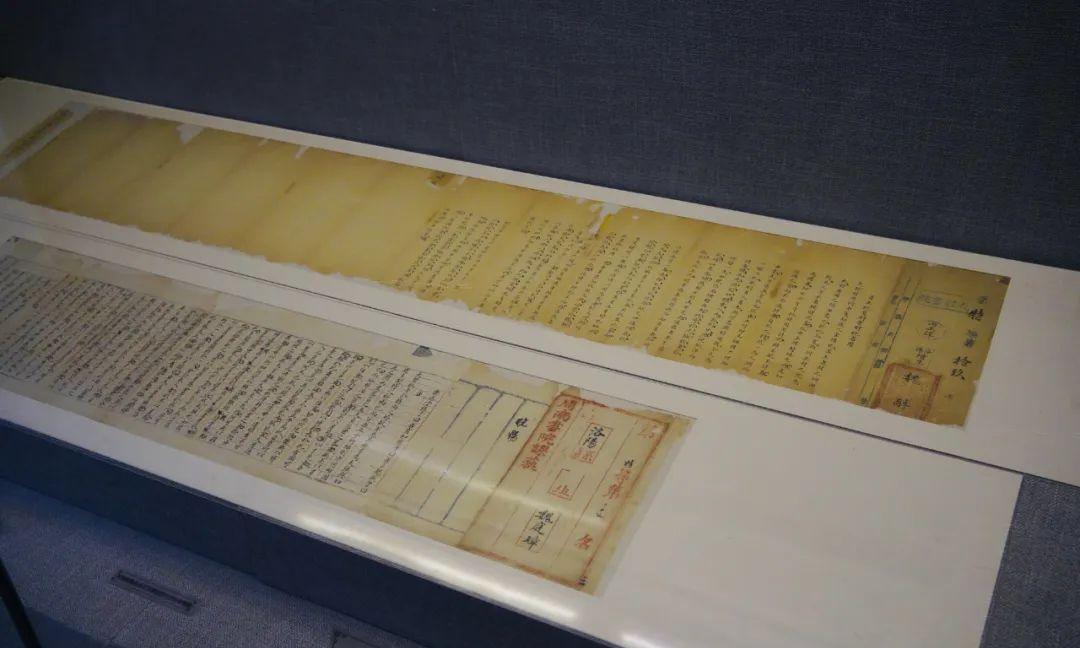
If you want a distant view of the panorama, exit from the West Mountain and walk from the Flood Bridge to the opposite Worship Platform. Remember, once you exit the West Mountain, you cannot re-enter. I left around 7:00 PM. The Worship Platform is a free viewing point that does not require tickets. After that, visit Xiangshan Temple, where the stairs are quite long, and if you can handle it, you can also enjoy the night view.
Baima Temple
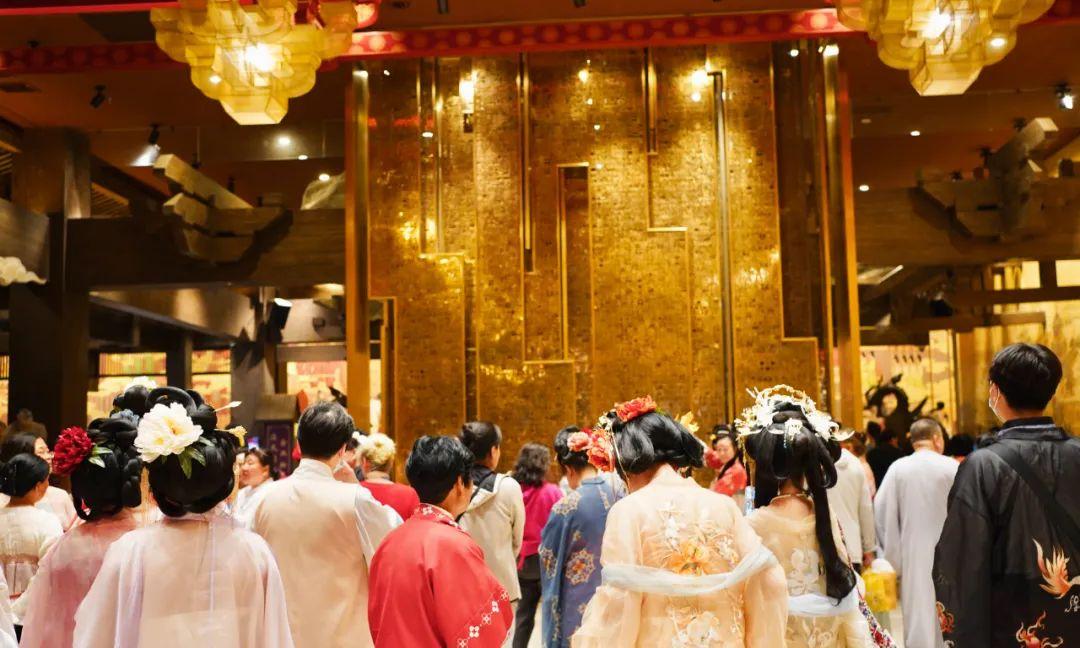
⏰: 7:40 AM – 6:30 PM
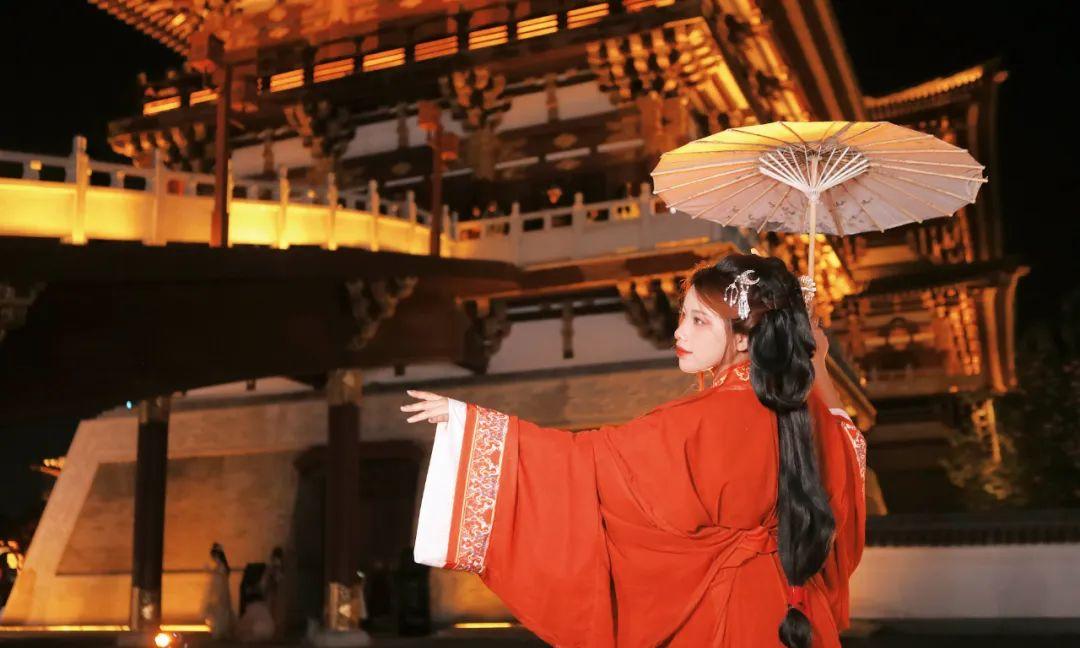
🎫: Full-price ticket 35 yuan/person
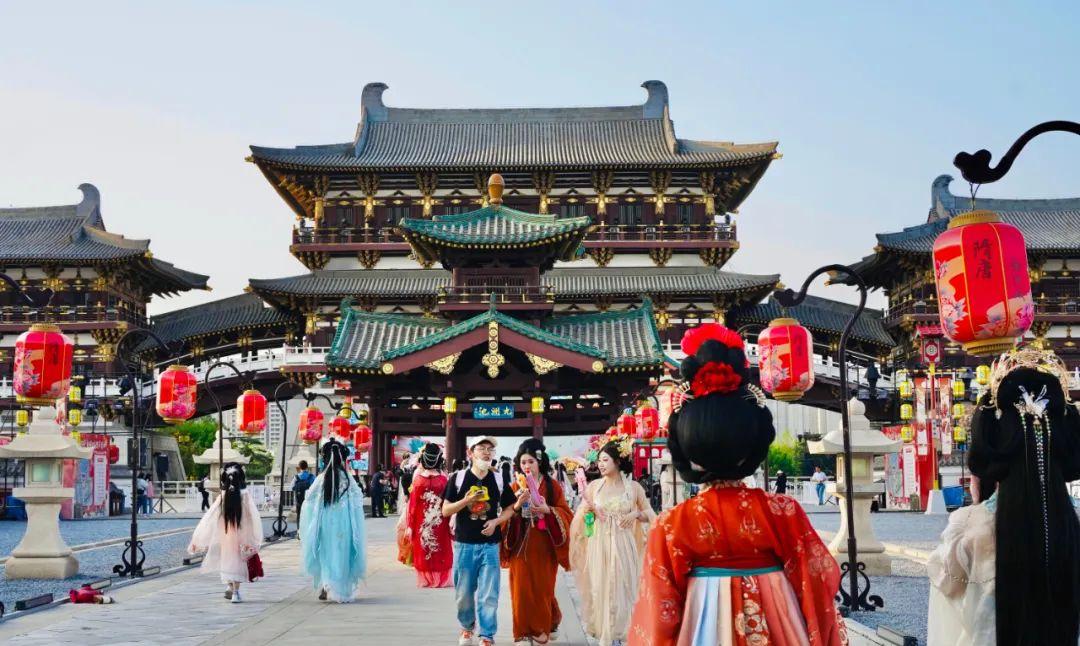
Baima Temple was established during the Eastern Han dynasty and is the first state-sponsored temple built after the introduction of Buddhism to China, carrying historical significance. It consists of five areas: the Ancient Architecture Zone, Qiyun Pagoda, Thai Buddhist Hall, Myanmar Pagoda Yard, and Indian Temple Garden, allowing visitors to see temples from China, Thailand, Myanmar, and India all in one trip, with a visit taking about 2 hours.
I particularly enjoy the Ancient Architecture Zone and Qiyun Pagoda area, which has been rebuilt multiple times, evoking a strong sense of history. The blooming cherry blossoms and peonies add spirituality to the temple.
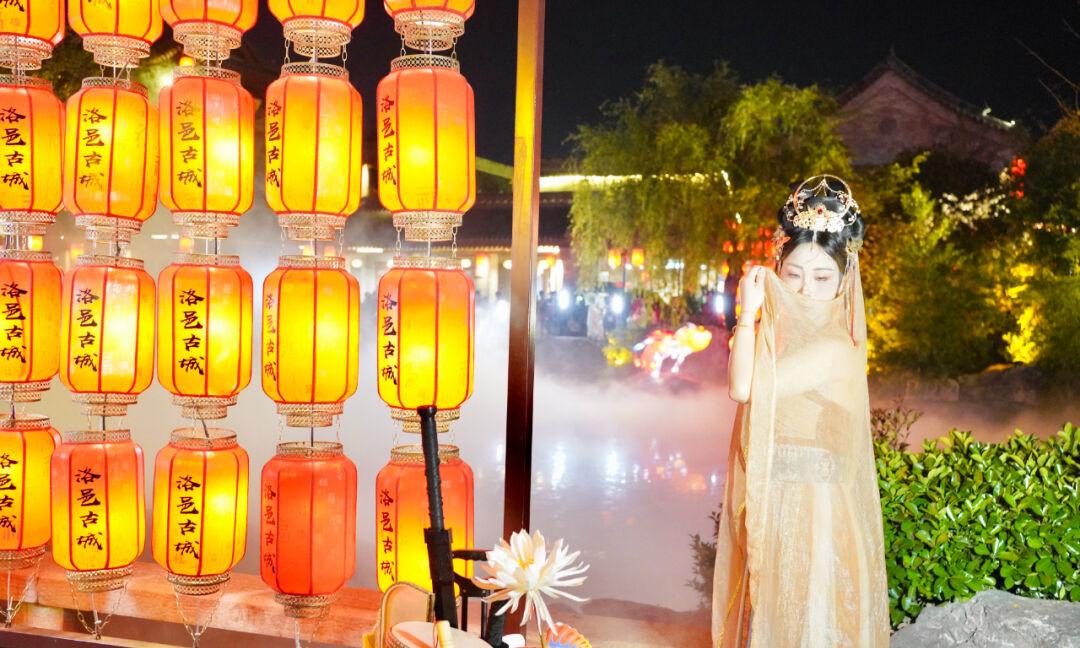
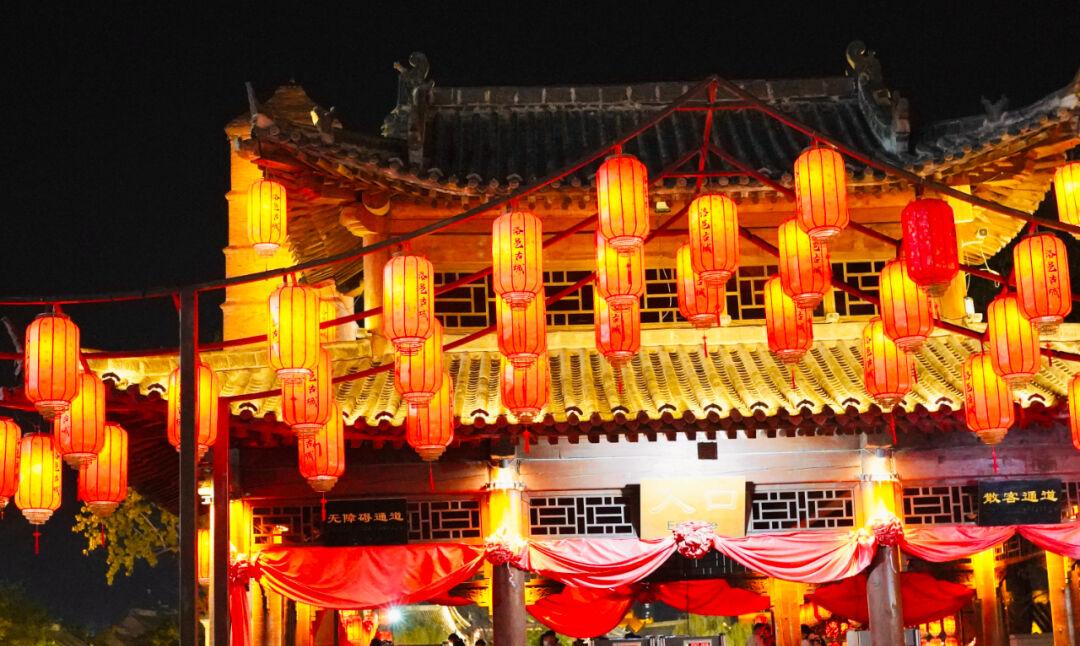
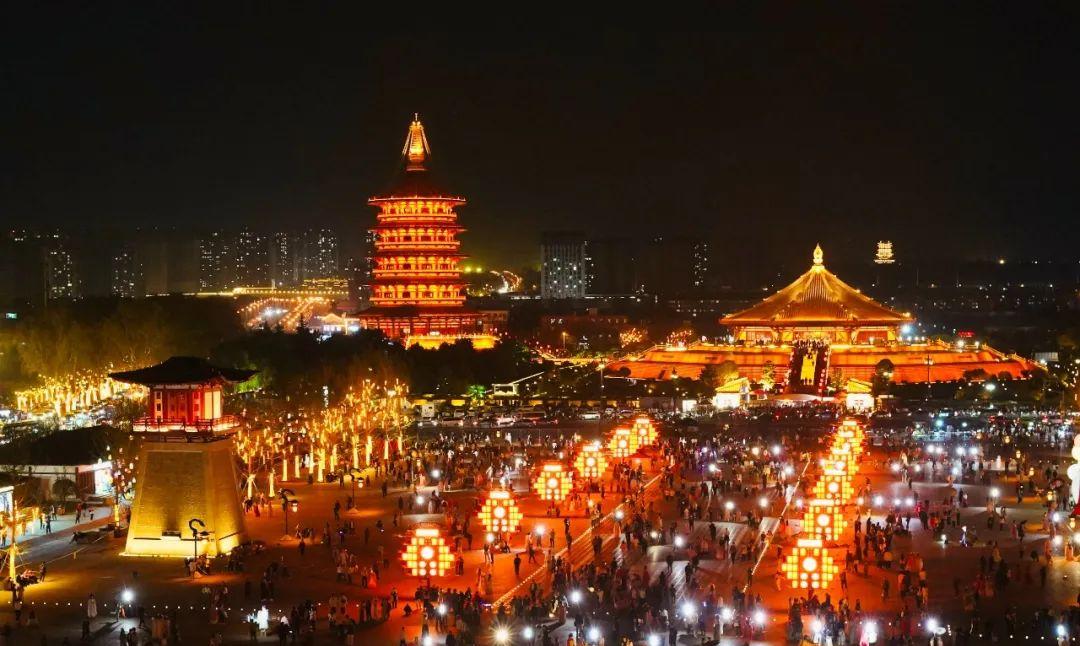
The Zhi Yu Tea House, deep in the bamboo grove, is a beautifully aesthetic space offering free tea for visitors to rest.
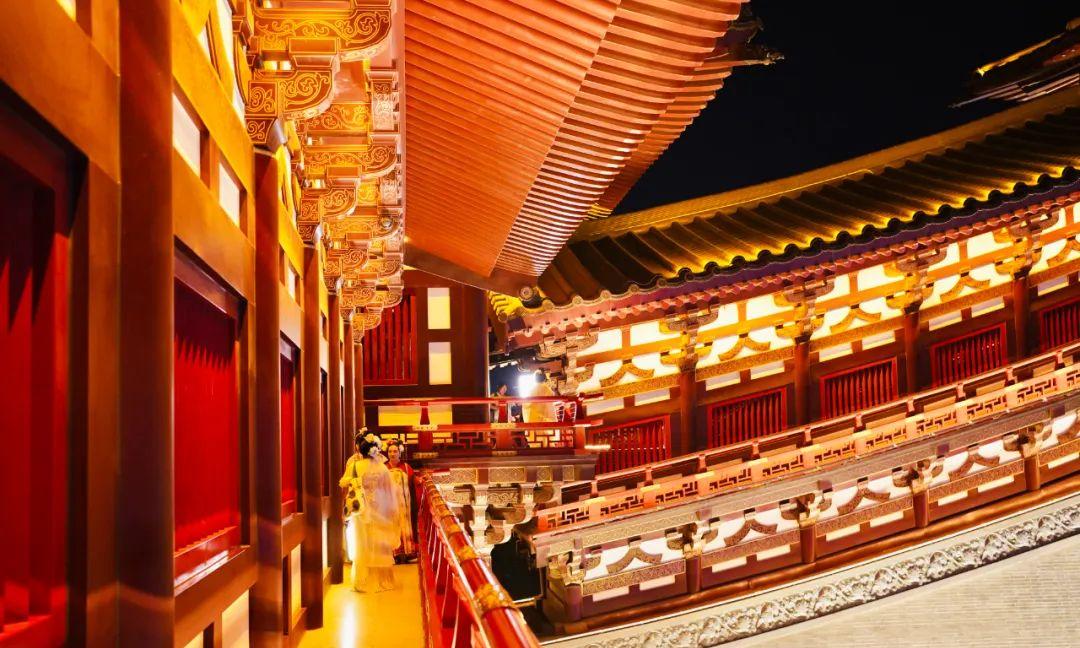
The various Buddhist halls are built with distinctive local features from their respective countries, which attracts many people to take photographs.
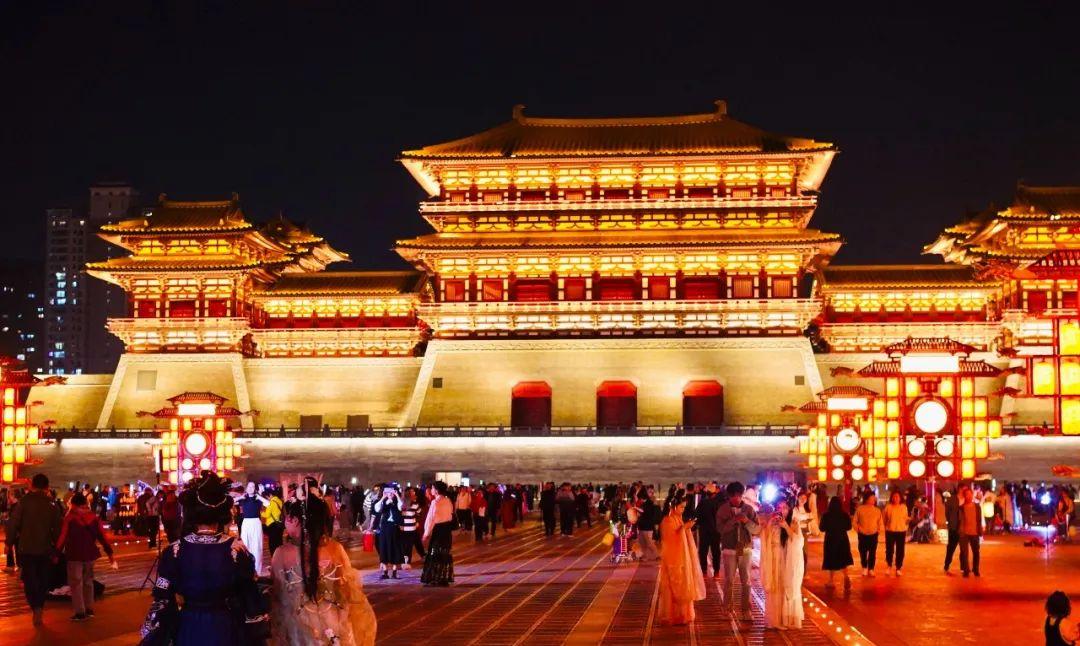
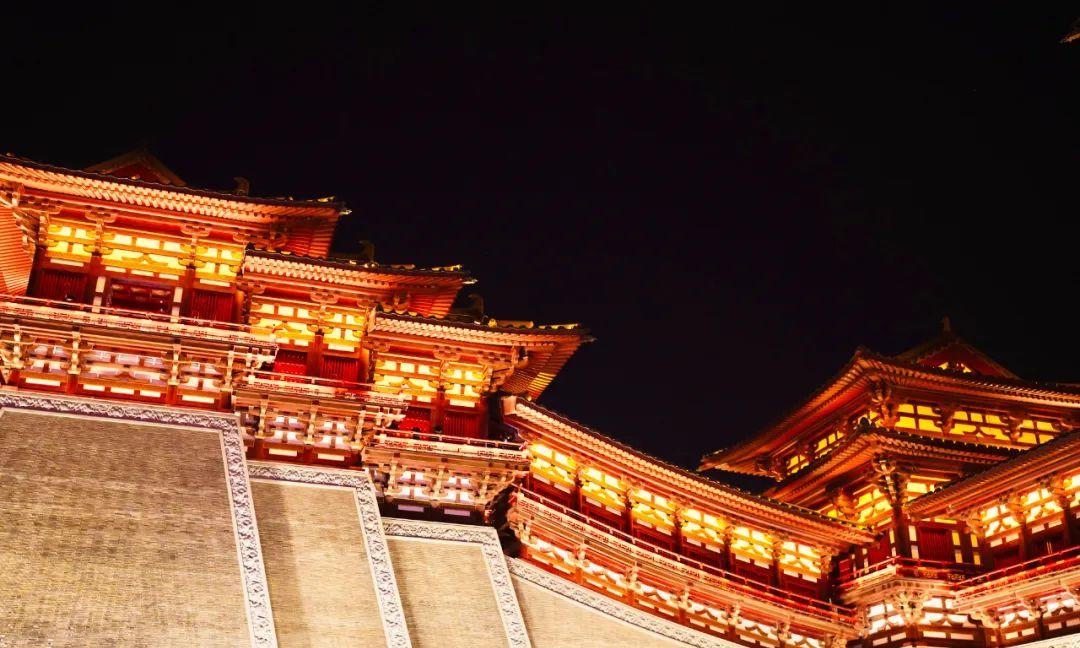
Qiyun Pagoda is the oldest existing ancient structure in Luoyang, standing alone in a discreet area with few visitors, creating a tranquil atmosphere where you can only hear the sound of the wind chimes atop the pagoda, surrounded by many blooming peonies. I believe this is worth saving for last to enjoy some quiet reflection.
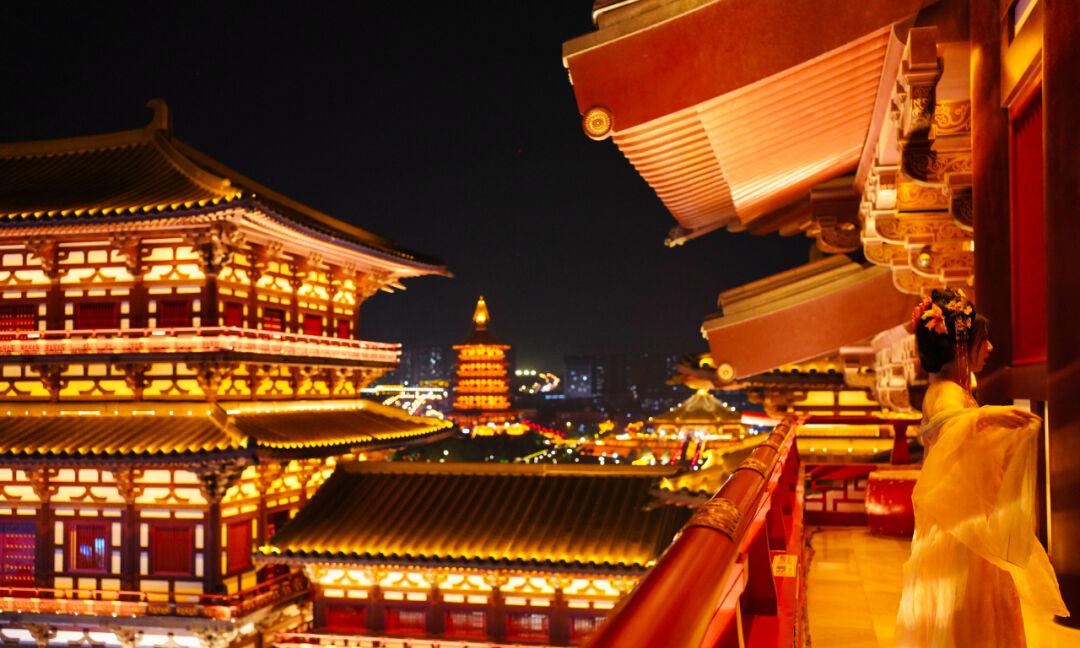
Recommended route: Heaven King Hall — Great Hero Hall — the peonies on both sides of the Jiexin Hall — Coolness Platform — Zhi Yu Tea House — Thai Buddhist Hall — Myanmar Pagoda Yard — Indian Temple Garden — Qiyun Pagoda area.
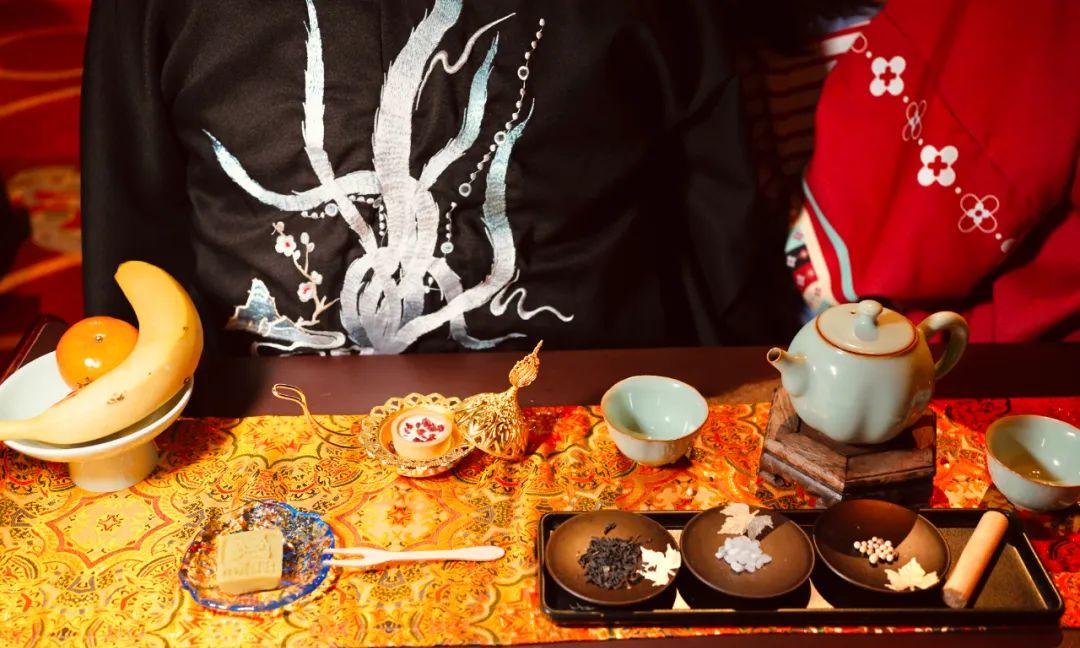
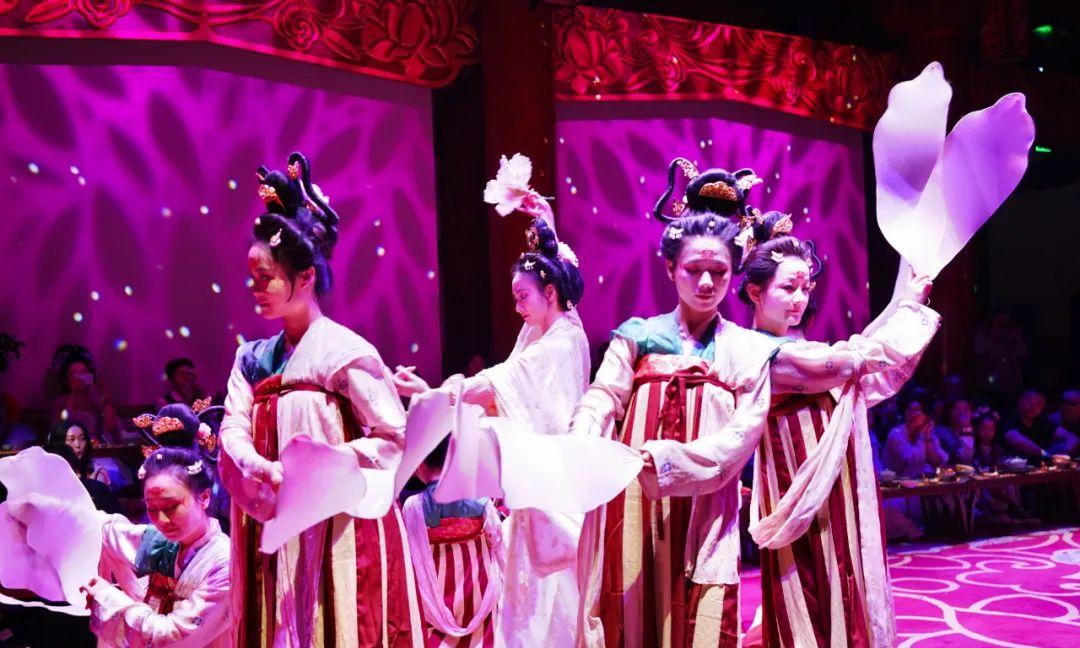
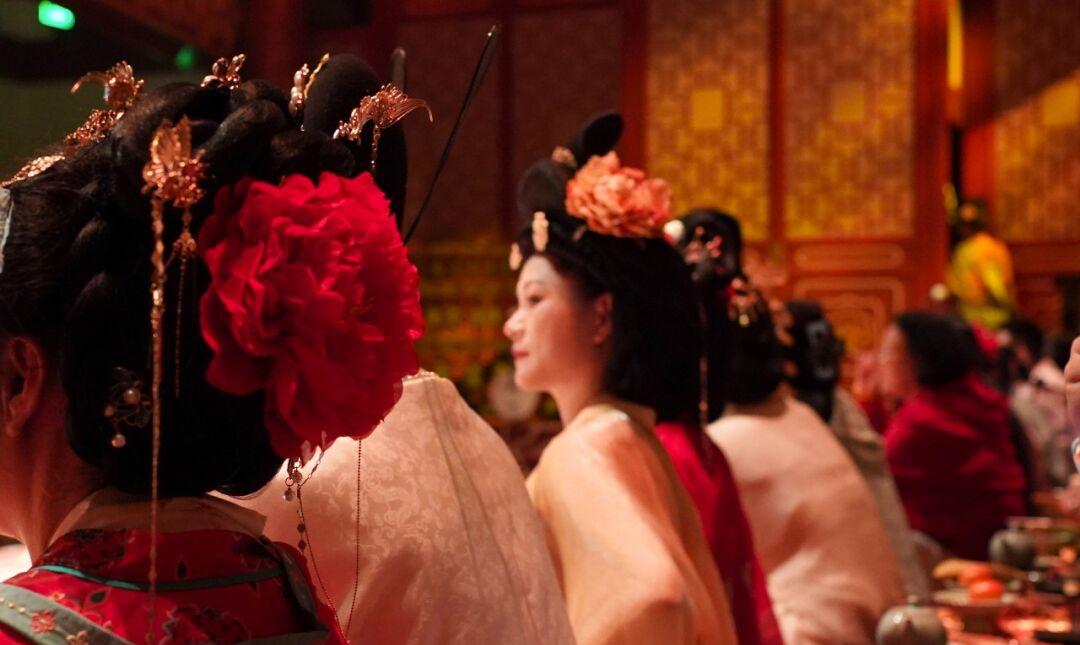
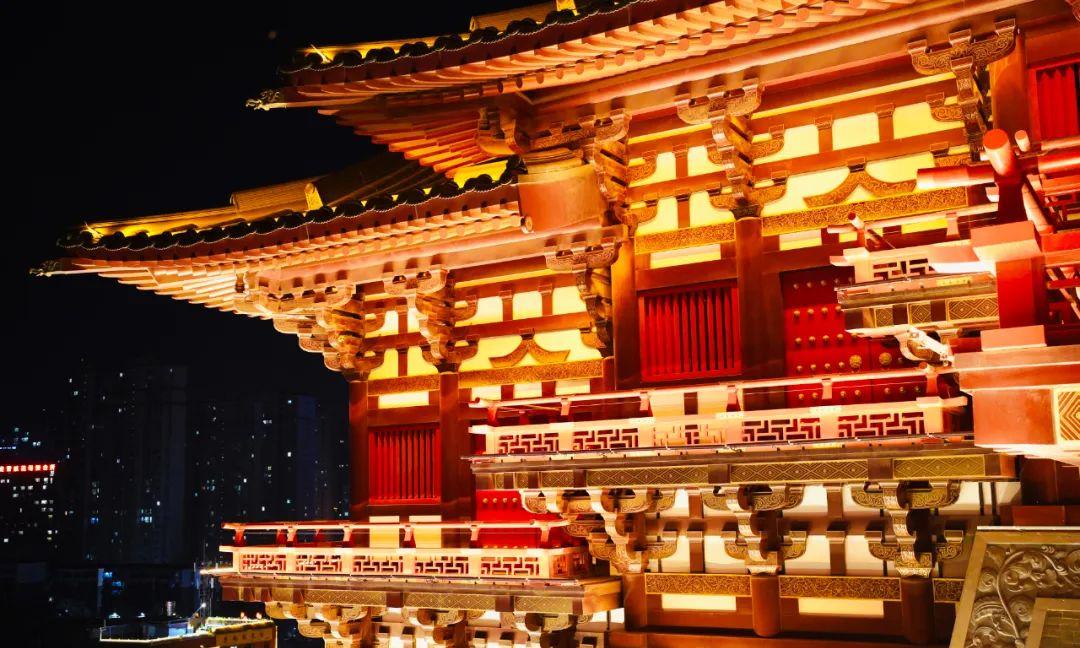
Part 3: Visit Museums
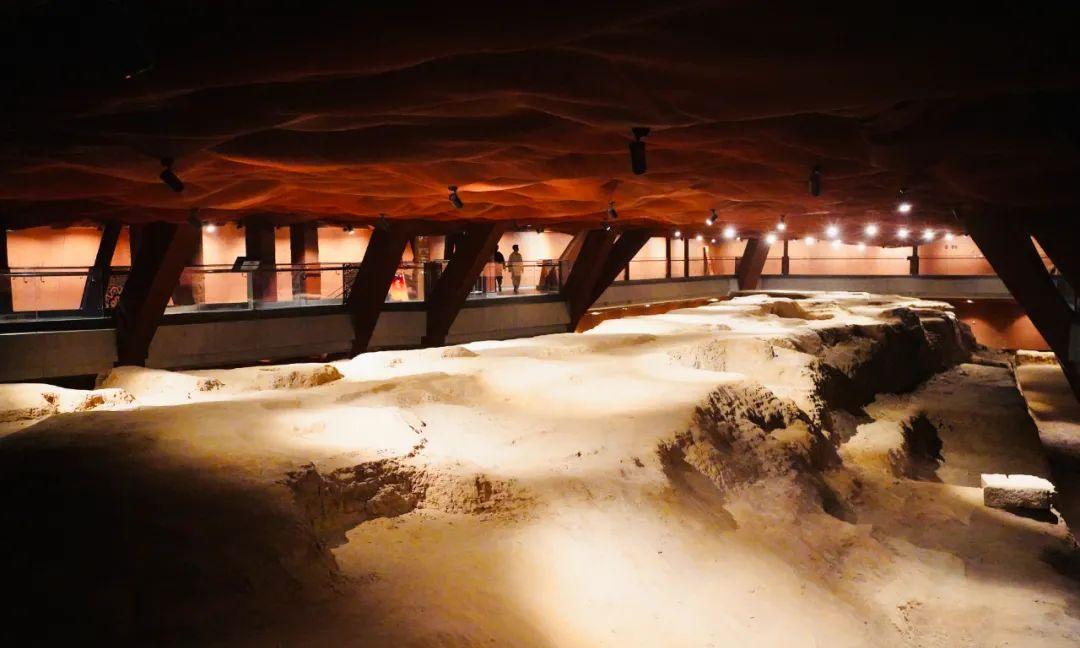
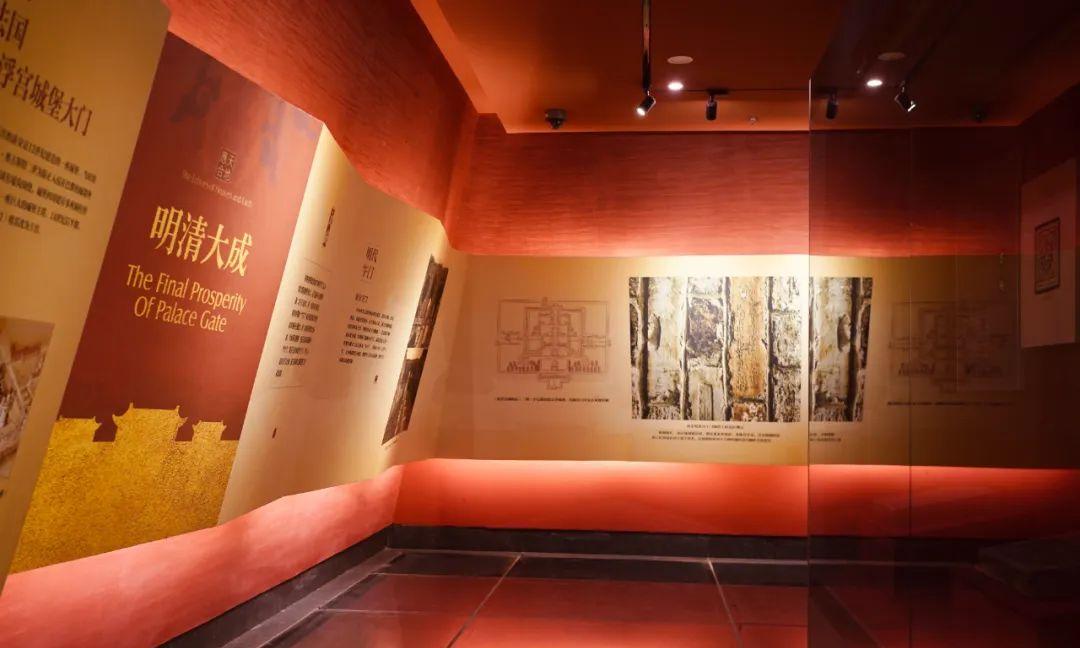
As a city that served as the capital for 13 dynasties, Luoyang has a rich cultural history spanning more than 1,500 years of city establishment and over 4,000 years of civilization, making it an important stop along the Silk Road and the Grand Canal. It’s no surprise that there are 102 museums in Luoyang.
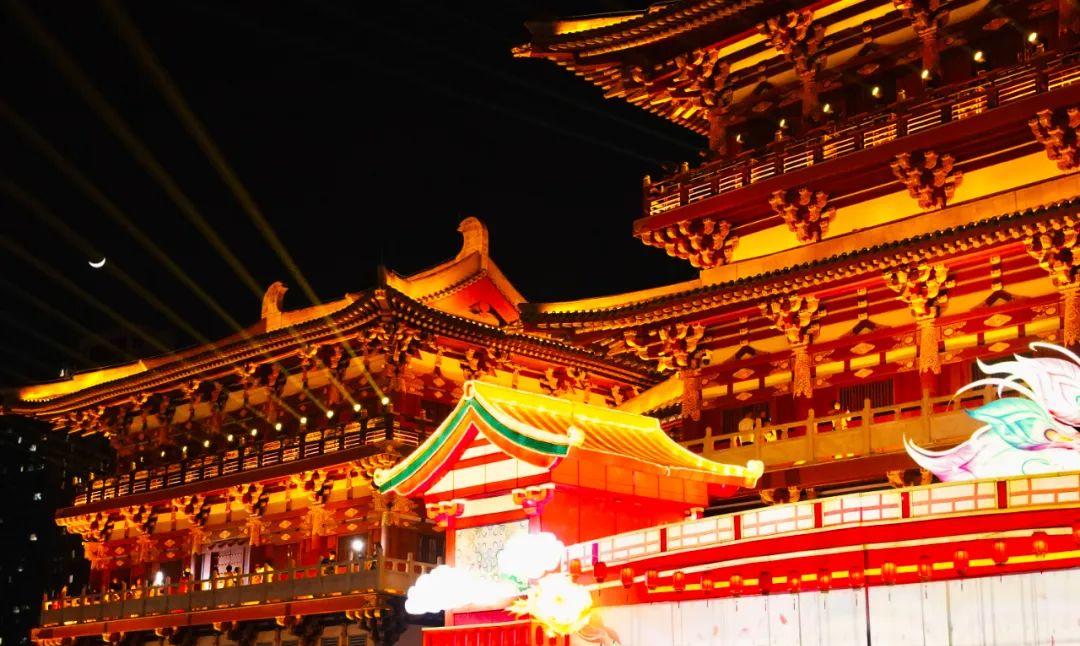
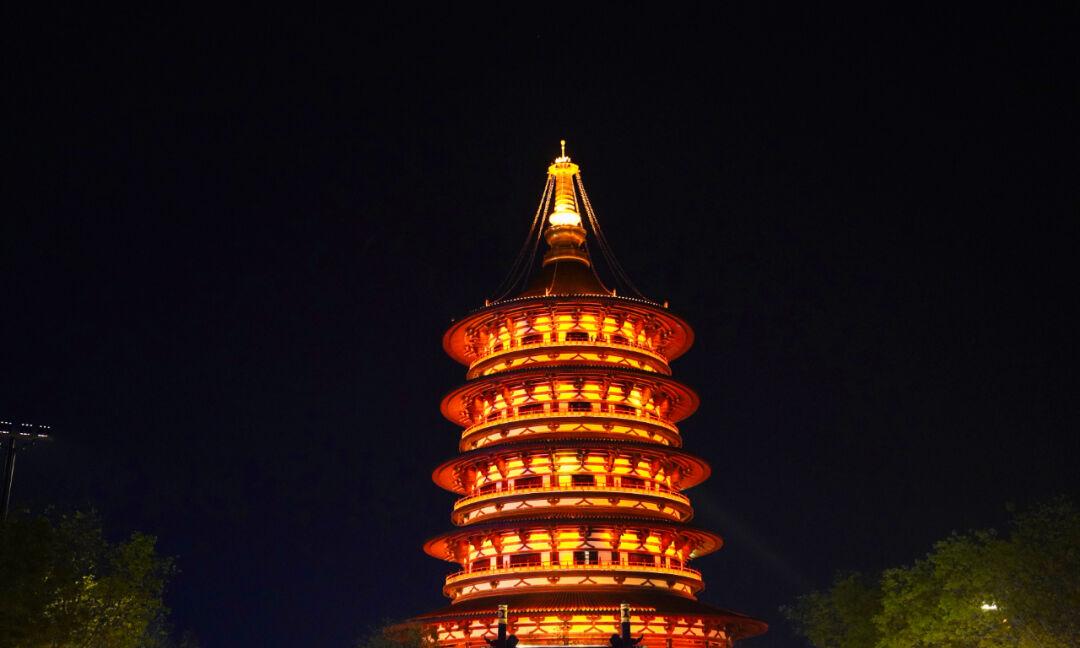
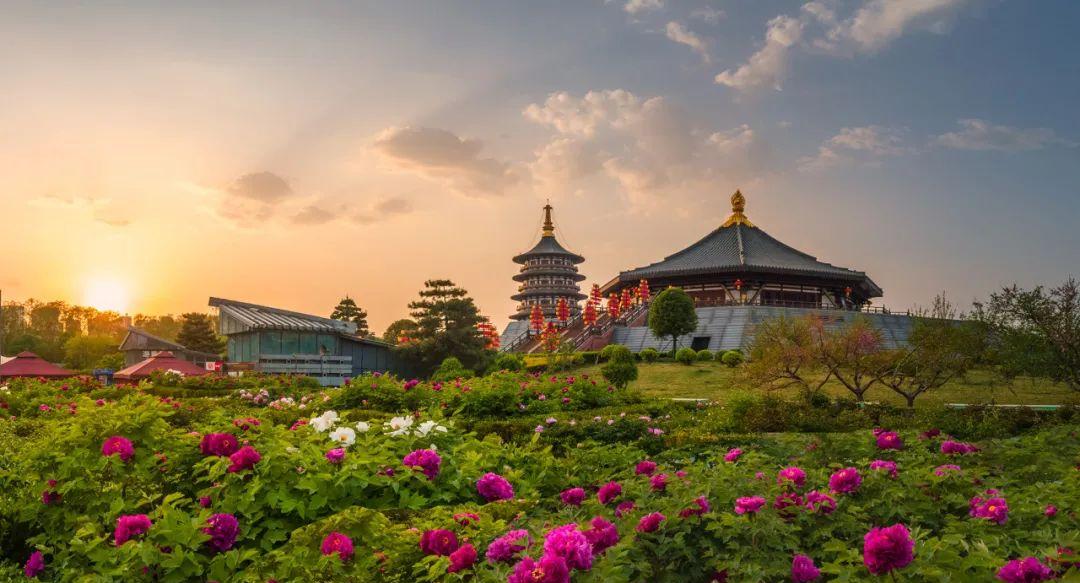
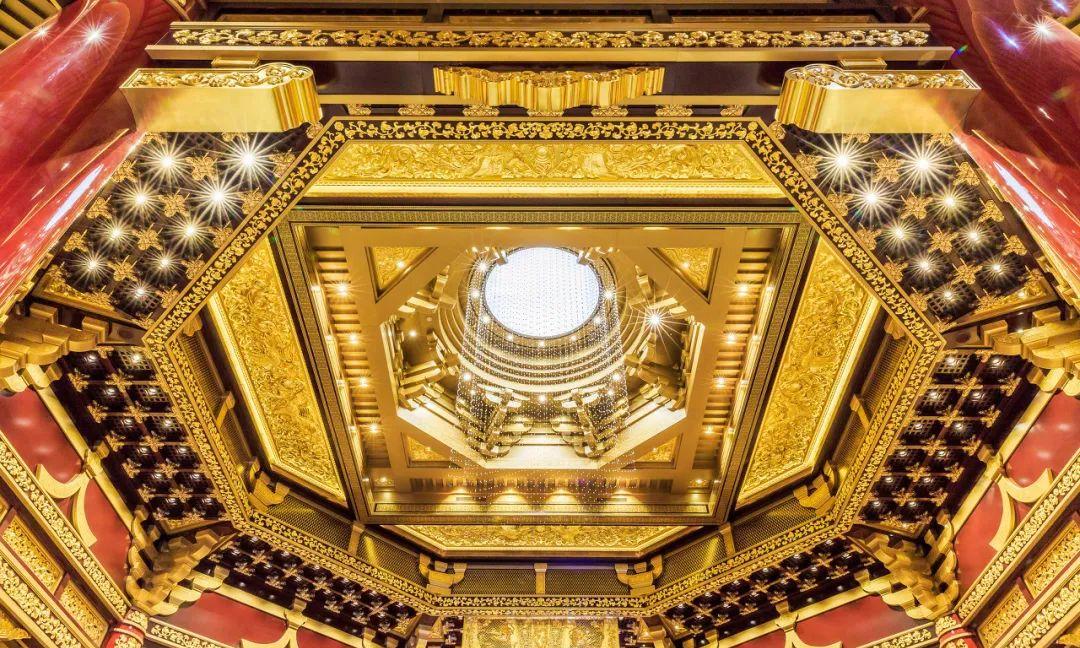
In recent days, I’ve also visited quite a few of Luoyang’s museums and will write a separate article introducing them. For now, let’s summarize.
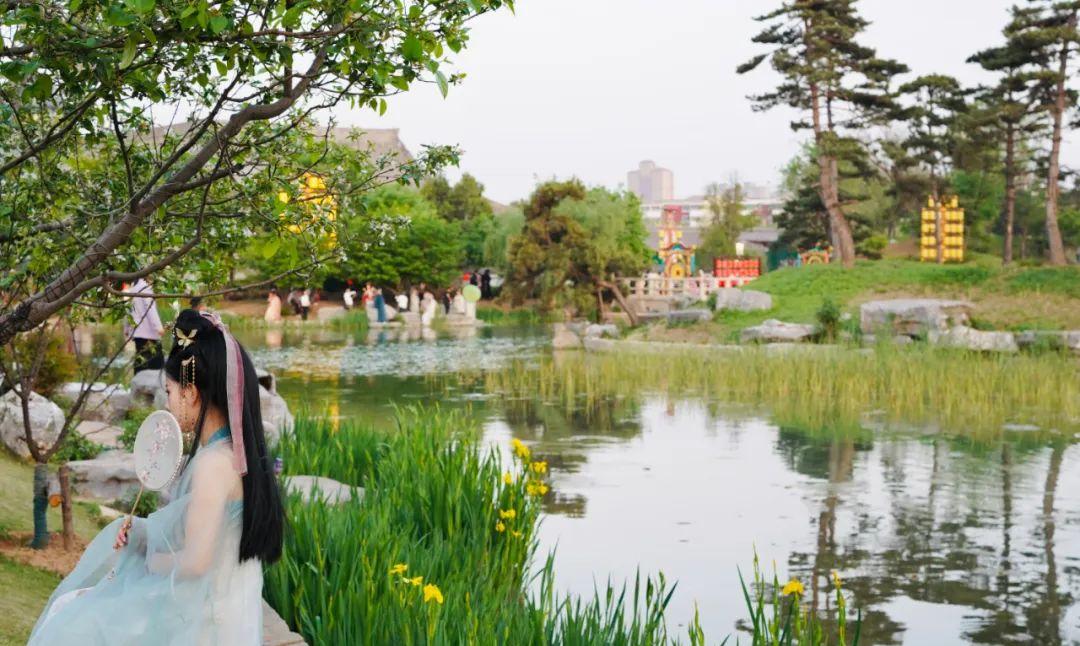
The Luoyang Ancient Tomb Museum and the Luoyang Museum are essential visits, establishing a general understanding of Luoyang’s historical significance.
Luoyang Ancient Tomb Museum
It’s actually better to visit the Luoyang Ancient Tomb Museum first, followed by the Luoyang Museum. The city of Luoyang has more historical value beneath the surface than above; not much remains above ground, as most artifacts have been excavated from below, which is why the term “Luoyang shovel” exists.
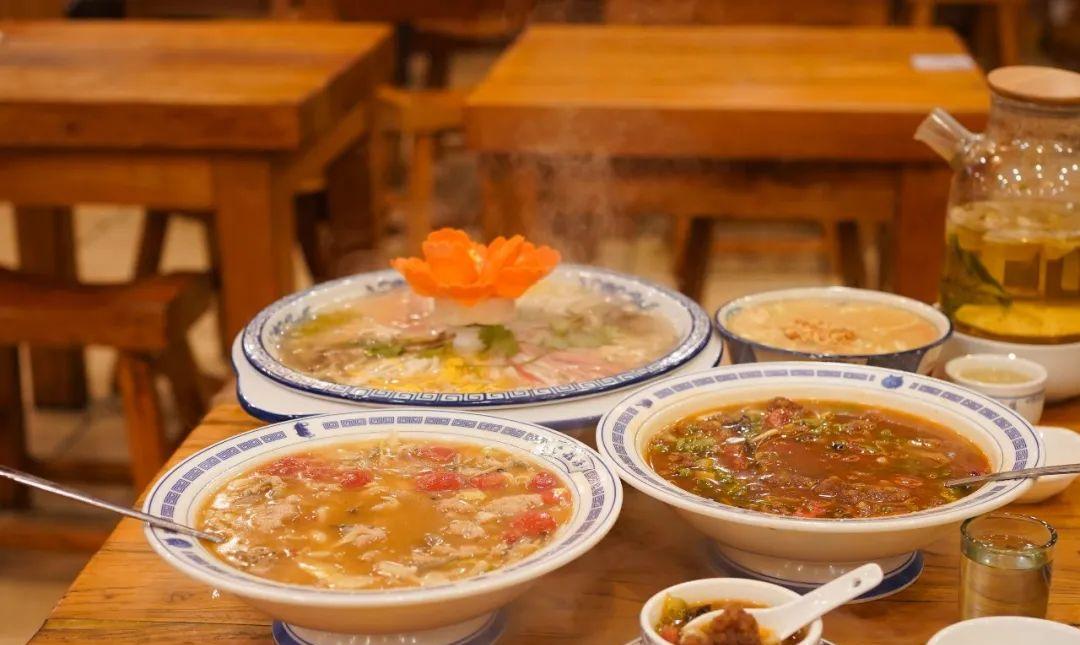
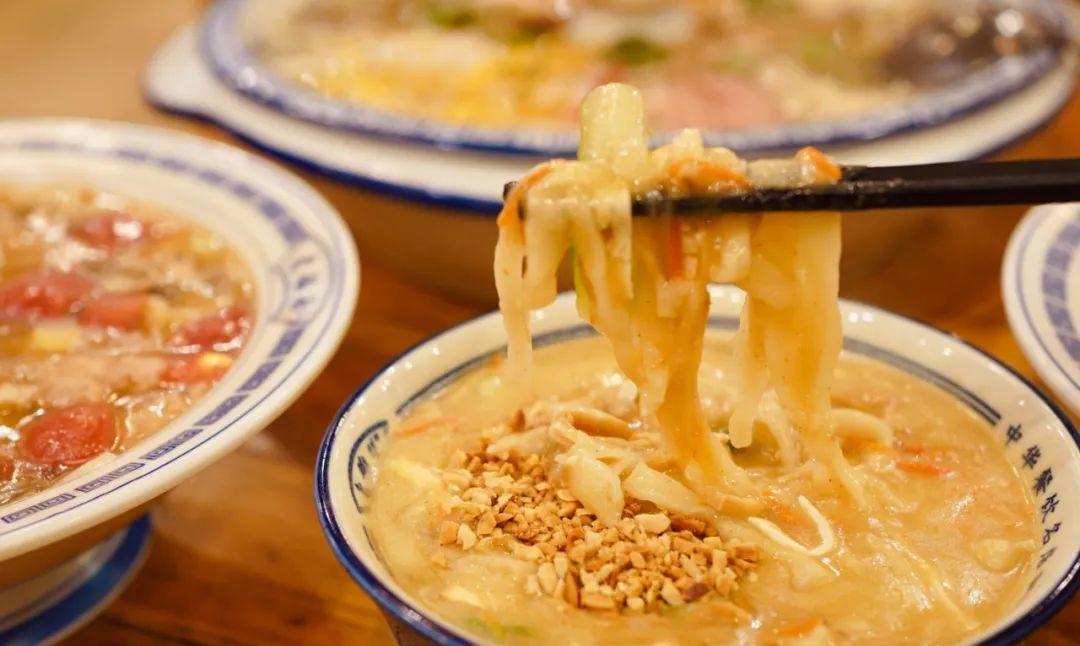
Ancient people emphasized “treating the dead as the living,” so whatever exists above should also exist below, and the absence of something above means it’s even more necessary beneath. For example, Tang Sancai pottery was used as funerary objects. The Luoyang Museum’s treasure, the “White Jade Cup,” found in a tomb from the eighth year of the Cao Wei’s Zhengshi era, has been replicated in full scale and relocated to the Ancient Tomb Museum.
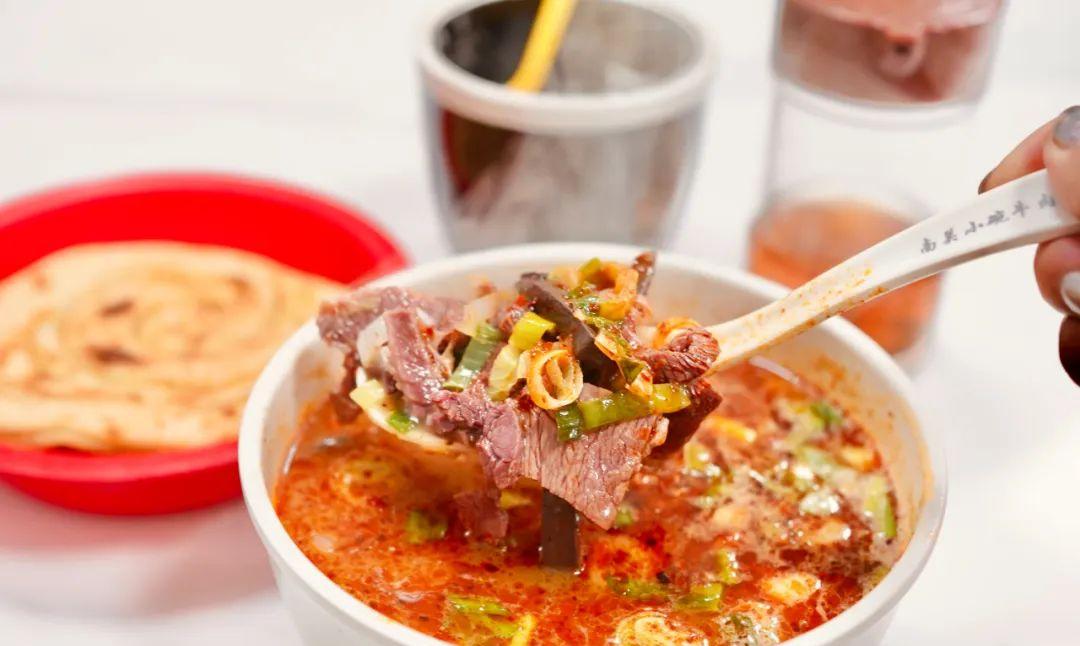

The Luoyang Ancient Tomb Museum has fully relocated and restored 25 typical tombs from the Western Han to the Song and Jin period, making it the world’s first ancient tomb museum—a must-visit.
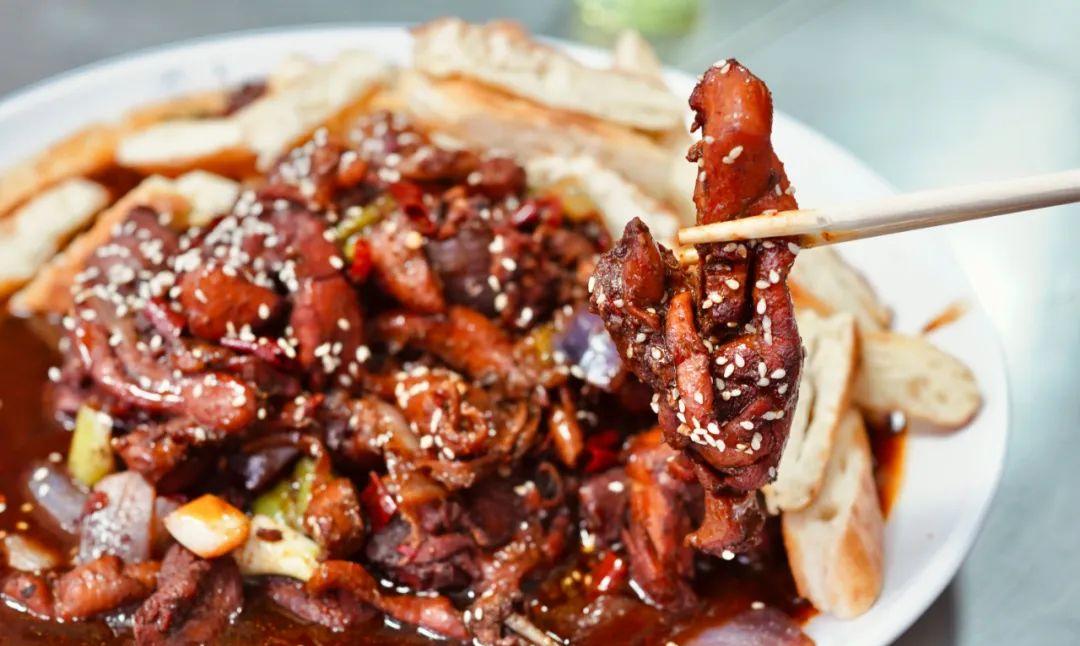
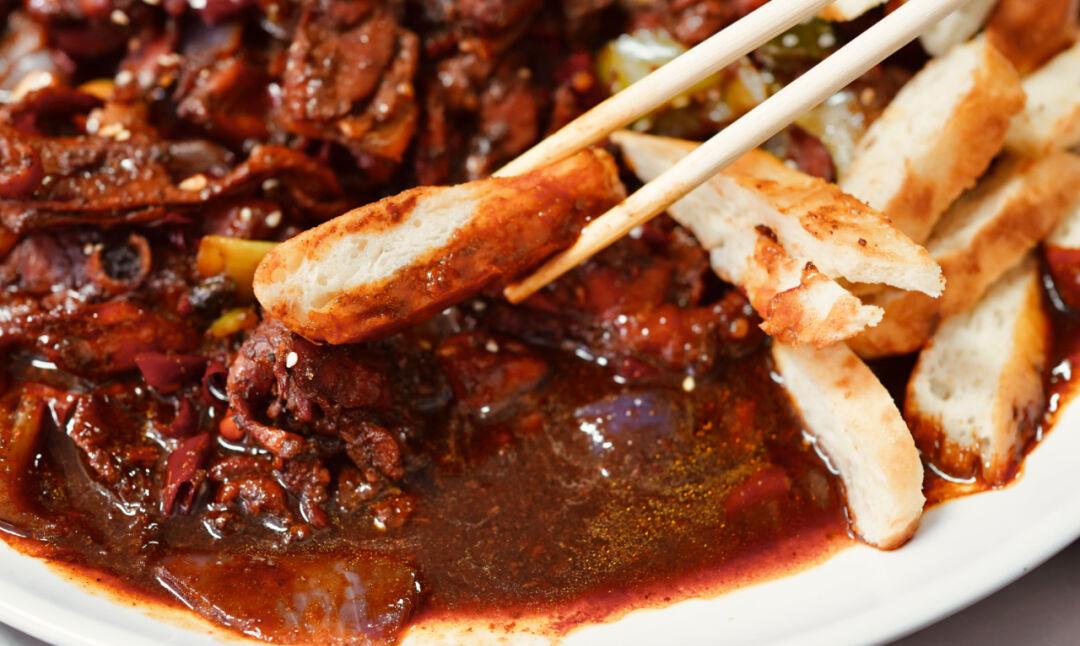
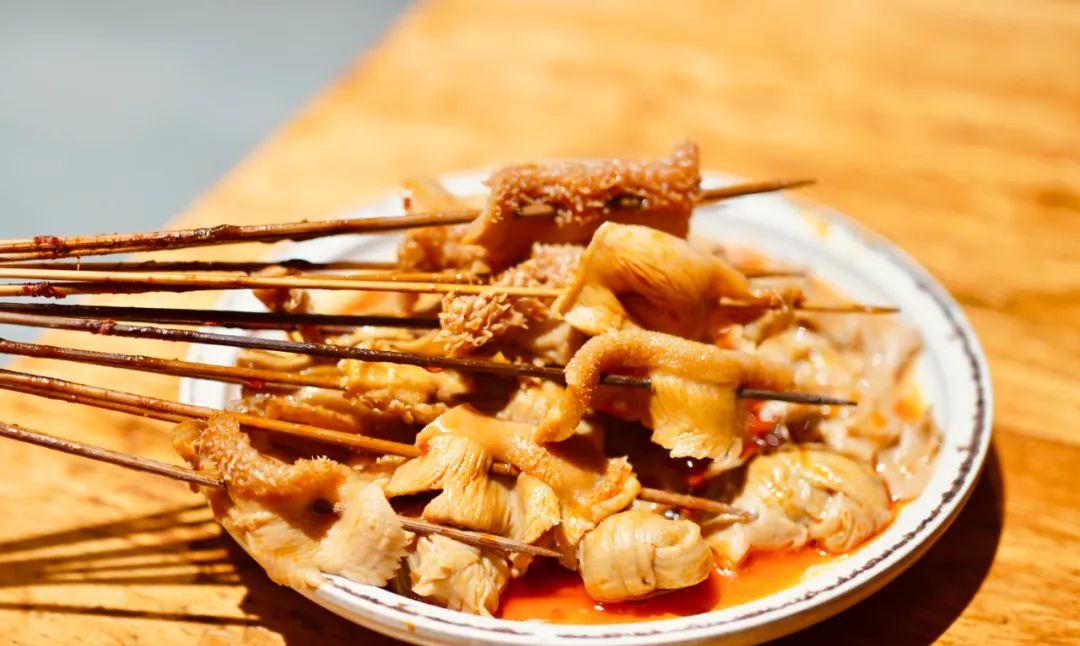
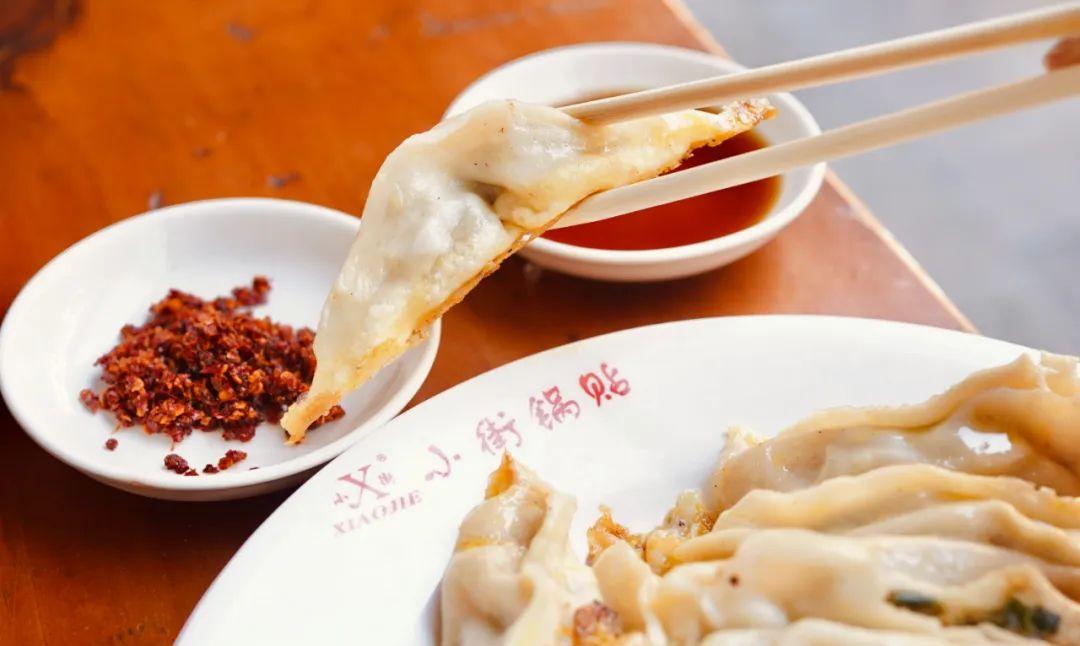
The Ancient Tomb Museum doesn’t provide guided tours, which might make it seem less interesting. It’s best to time your visit around the two daily public lectures at 10:00 AM and 2:00 PM, which are said to last 80 minutes; the session I attended lasted a full two and a half hours with a wonderful volunteer guide, and I will share more details later.
Luoyang Museum
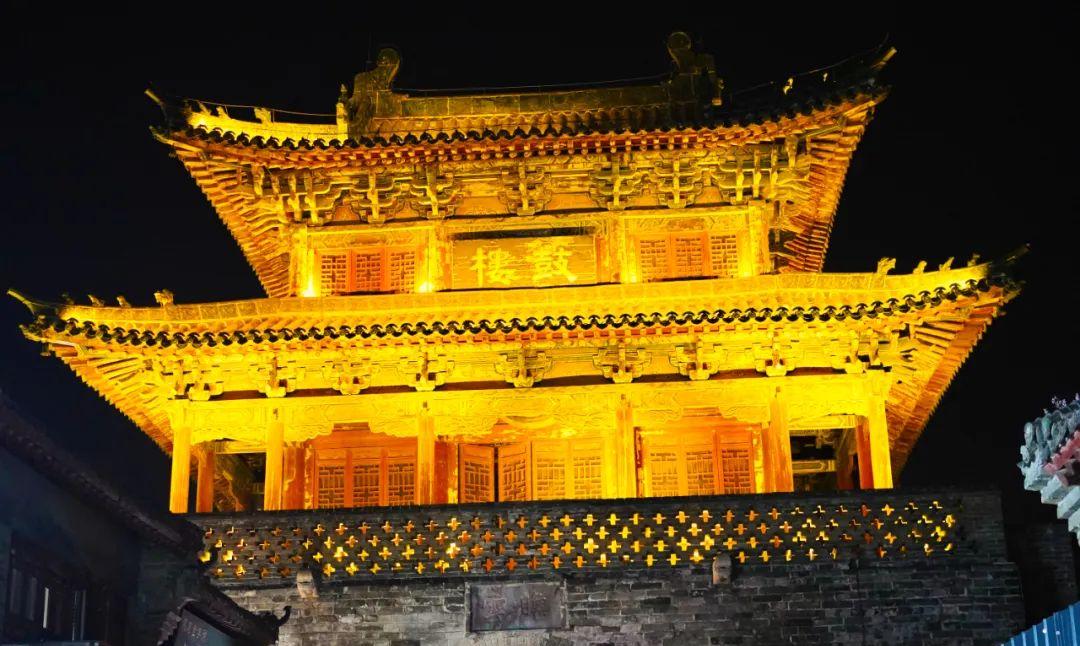
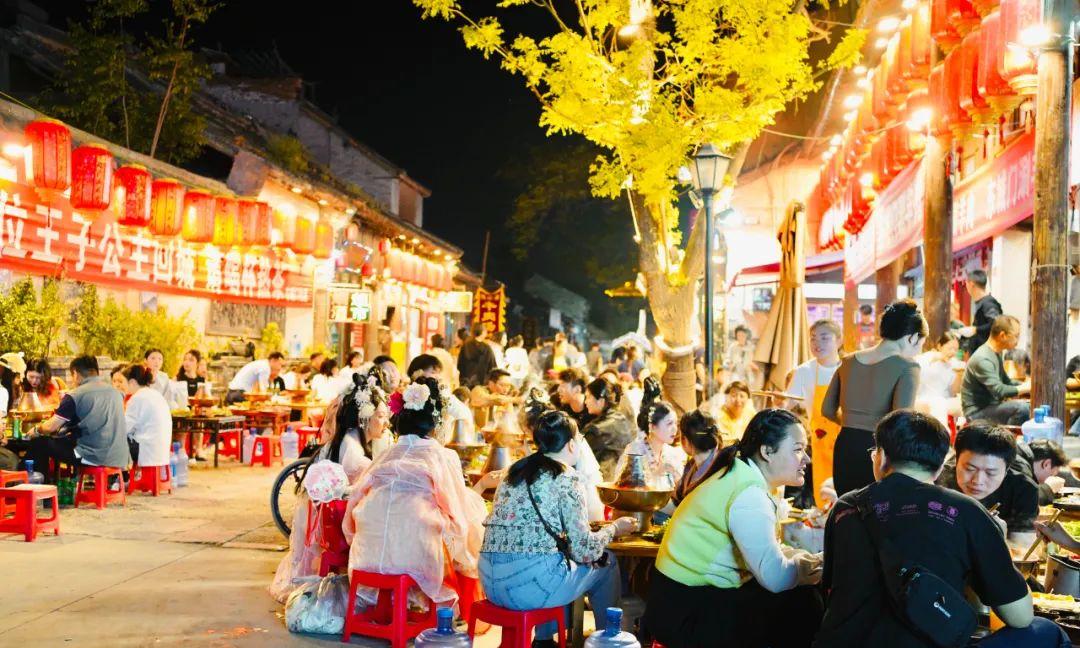
Luoyang Museum is one of the first national first-class museums, on par with provincial museums in terms of quality. The first floor discusses Luoyang’s history, along with an exhibition of ancient stone carvings. The second floor hosts thematic exhibitions such as the treasure exhibition, Tang Sancai exhibition, and imperial relics exhibition, all offering visually stunning displays.
I also discovered an interesting phenomenon: many people take ancient costume photos in the museum. At first, I didn’t understand it, but when I saw the final pictures, I was impressed; they truly resembled an episode of Henan TV’s “Museum Wonders.”
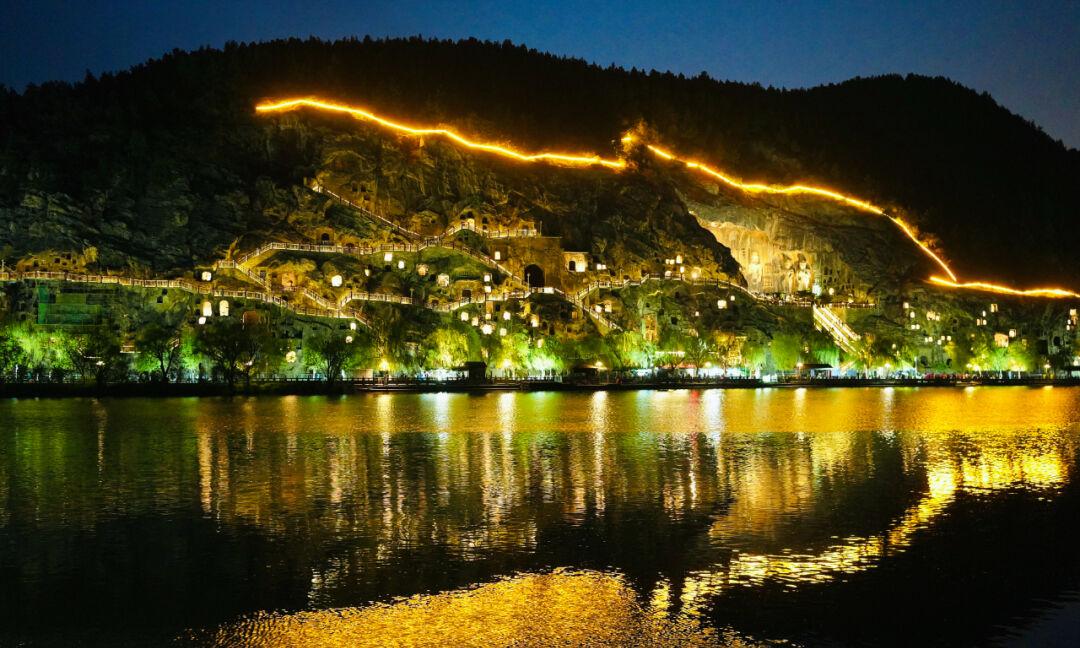
However, the Luoyang Museum gets quite crowded during the day. Fortunately, during the Peony Festival, it is open until 9:00 PM, allowing for nighttime visits when there are fewer people, avoiding interference with your photography or others’ exhibit viewing.
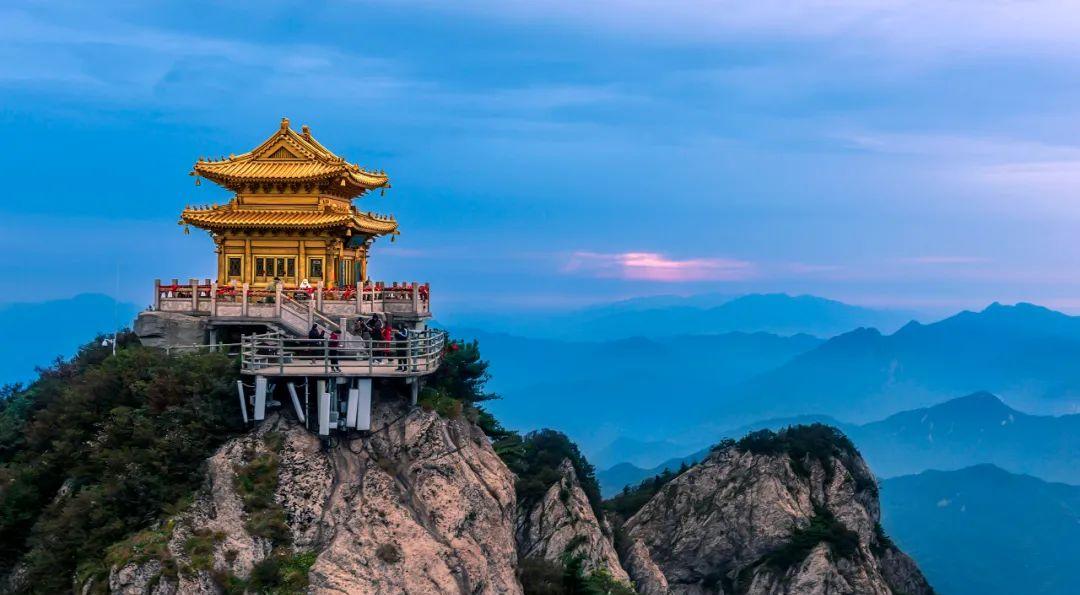
It must be mentioned that Luoyang’s cultural creations are wonderfully done! I bought over a dozen refrigerator magnets. I recommend shopping for souvenirs at the museum gift shop rather than at commercial street shops, which have less appealing options. Among the museums, Luoyang Museum has the most diverse and appealing goods available for purchase.
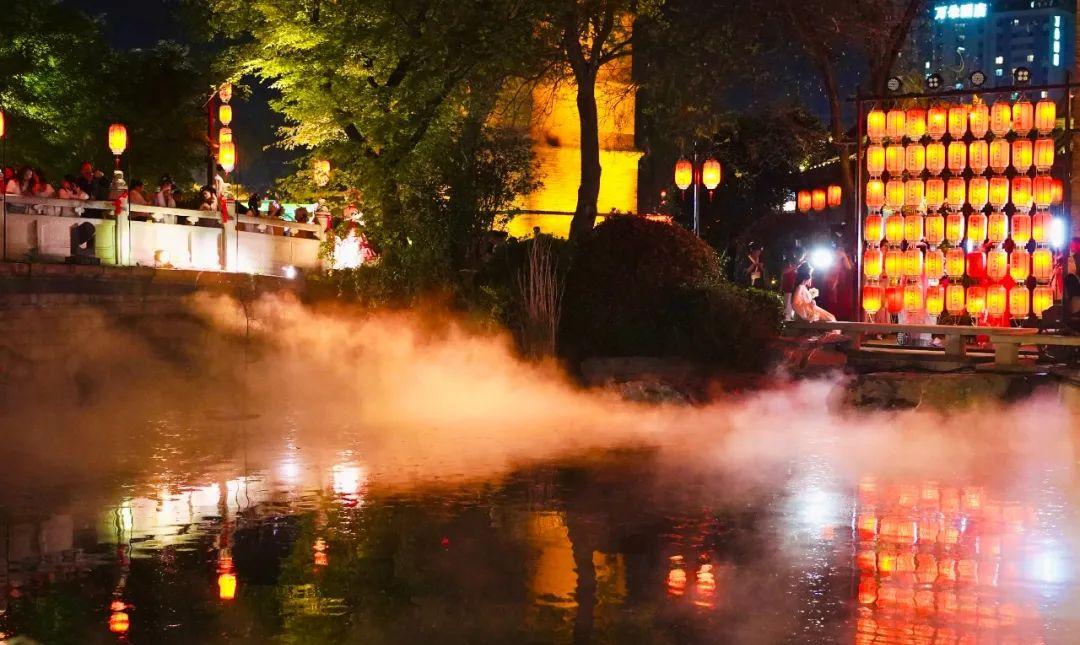

Museums such as the Sui-Tang Grand Canal Cultural Museum, Erlitou Xia Capital Museum, and Tianzi Jiali Museum specifically represent chapters in Luoyang’s history.
I especially recommend the Sui-Tang Grand Canal Cultural Museum, located in the city and newly opened in 2022, which features well-designed architecture, engaging exhibitions, and interactivity. A canal connecting the north and south has significant technical, commercial, and political implications.
The Erlitou Xia Capital Museum can be considered a pilgrimage site for history enthusiasts, with the saying, “to find the origins of Chinese civilization, look to Erlitou.” The existence of the Xia dynasty has been a topic of controversy in academia; besides mentions in later texts, there has been no physical evidence until the discovery of the Erlitou site, which strongly supports the existence of China’s first dynasty, the Xia dynasty, marking it as the earliest known Chinese civilization.

